Pit Bosses: Is the modern Boss 302 a worthy successor to the famed original?
It has been a shocking eight years since the Boss name has been attached to a new Mustang, the righteous Boss 302 of 2012–2013. As Hollywood will agree, time is a fickle master, especially as it relates to the latest and greatest of anything. A lot can happen in eight years, one thing being the undeniably excellent Mustang GT350 that hit the streets in 2015. Did anybody miss the Boss when the dealerships were soon peddling a track-ready Mustang with an 8250-rpm flat-plane-crank V-8? Which is why, during one of our frequent bench-racing/car-buying sessions here at Hagerty, some of us wondered if Boss 302s still matter in the ever-shifting Mustang universe. It was that crazy talk that led me to Road America this past June with Bosses new and old, not only to celebrate their existence, but to see if they remain relevant.
Would cutting them loose on Road America’s 4.048-mile, 14-turn road course prove we have let some of the best pony cars of all time slip through the cracks? Or would it show that some things—and our glowing memories of them—are best left in the past? Nobody was as curious as I. I’ve owned a number of 1969–70 Boss 302s as well as a 2012 Laguna Seca edition, and I have loved them all. But if I were in the market today, which version would I buy, given that new and old Bosses are still easy to find?
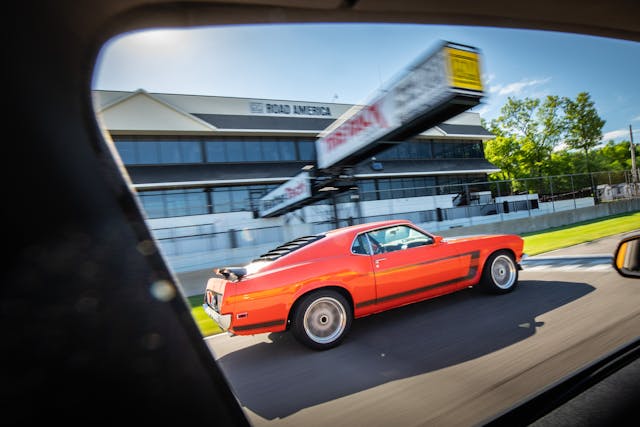
Of course, before we start making it rain up in here, perhaps we should discuss how the Boss 302 was born in the first place. Like everything else Mustang, that genesis dates to 1964. When Ford launched the new Mustang, it also unknowingly created an entire new genre, the pony car. Lee Iacocca’s idea to make a cheap, sporty car aimed squarely at an entire generation (looking at you, boomers), whether it was genius or just luck, brought the idea of one-size-fits-all cars to a screeching halt, and it changed the automotive landscape forever.
Iacocca recognized early on that he could sell gussied-up Falcons only for so long before they’d become a mere flash in the pan. To make the Mustang endure, he knew it needed to have some teeth. The prosthodontist in this case was Carroll Shelby, who was basically forced by Iacocca to take that job. As we all know, his GT350 Mustangs soon gave Ford’s little pony car the kind of racing success that placed a halo of performance over the Mustang brand, which lasts to this day.

Which is precisely why, when GM and Chrysler were scrambling to play catch-up to Ford, their own pony cars also had to have some big ol’ chompers. Soon after, starting in 1966, the pony wars were being fought week after week as part of SCCA Trans-Am racing. This legendary series, which continues today in name but not practice, featured production pony cars limited to 5.0 liters (305 cubic inches) of displacement. It also relied on a loose rulebook that was clearly open to various levels of interpretation by the competitors. Drivers like Dan Gurney, Mark Donohue, Jerry Titus, Parnelli Jones, George Follmer, and others provided the star power, and by 1967, it was indeed an all-out war.
Of particular note was the war between GM and Ford—or, more specifically, between Camaro and Mustang. Few would disagree that the Camaro versus Mustang rivalry has ever been, well, as rivaled as this one. In 1967 and 1968, Chevrolet had Team Penske fielding Camaros, while Ford had Shelby American fielding notchback Mustangs. For a variety of reasons, including Ford’s decision to mess with Shelby’s engine program (a disaster) and Penske’s preparation and pit stop routine making every other team look like rank amateurs, Penske clinched the T/A title in both years. As we’ve learned from history as well as a recent box-office hit film, Ford in the 1960s did not like to lose.
Just like that, the Boss 302 program was born. In the kicked hornet’s nest that was Ford after the shellacking the company took from Penske in 1968, this was an all-out in-house assault on T/A racing designed to go after the championship in 1969. And yeah, it was personal.

Using the new-for-1969 Mustang, the production Boss 302 was an impressively engineered homologation special. A lot of that was centered on its unique thin-wall, high-nickel engine block with racy things like four-bolt main bearing caps and screw-in freeze plugs, plus canted-valve 351 Cleveland cylinder heads with huge ports and a solid-lifter camshaft. Of course, none of this would mean anything without suspension and aero-dynamic aids and a host of other tricks. Without question, the Boss 302 was a very capable performance car right off the showroom floor.
As for the name, well, there is a good story there, too. The Boss 302 was styled by the now-legendary ex-GM designer Larry Shinoda, who also penned things like the midyear Corvette. So when Shinoda needed a name for this new project, he called it the “Boss” to honor his buddy, the then-new president of Ford, Semon E. “Bunkie” Knudsen—who had not only also come to Ford from GM but brought Shinoda with him. Hey, the outsiders have to stick together, you know.
But a catchy name, great looks, and a fancy list of parts doesn’t mean anything if the car isn’t any good. Beyond being a great street machine, the Trans-Am Boss 302s proved the formula worked on the track, too. Sure, they didn’t win the series in 1969, dogged by tire trouble and still struggling with pit stop strategy compared to the Penske boys. But in 1970, the bright-orange Boss 302s fielded for Ford by Bud Moore Engineering were able to win the Trans-Am championship when Parnelli Jones edged out Penske’s Mark Donohue in the points.
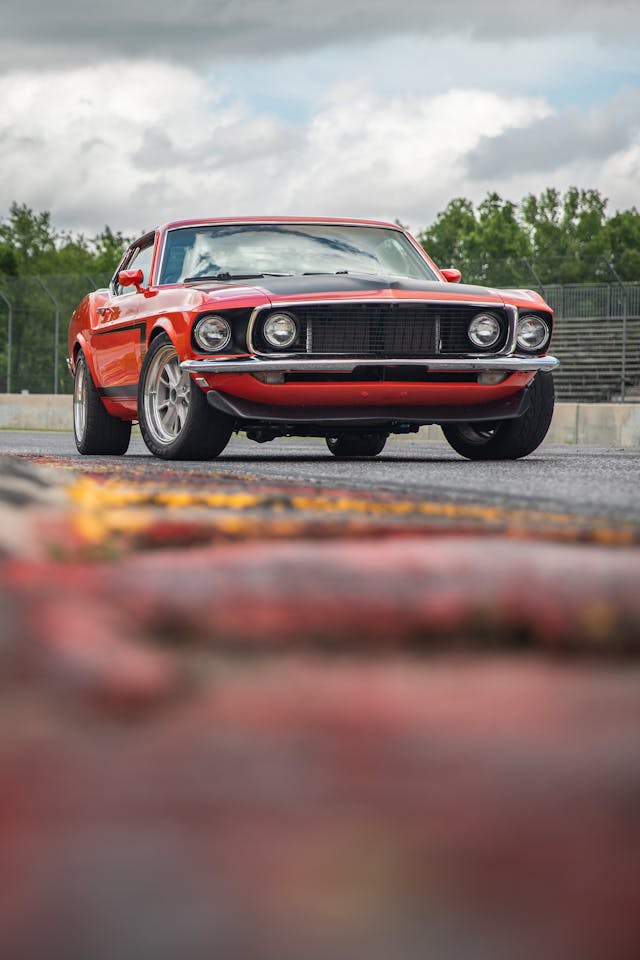
Success on the track leads to success in the showroom—even if outright sales of a homologation special or halo car aren’t what matters. Of course, the original 1969 and 1970 Boss 302s were homologation specials and showroom halos. Yet Ford sold 1628 Bosses in 1969 and 7013 Bosses in 1970. A pretty good result for such a specialized product, especially when you consider that the Boss 302’s 290-hp small-block wasn’t going to be on any street racer’s new-car wish list during those peak years of the muscle car era. But that wasn’t the point. The Boss 302 was made to be a road course legend, and almost right out of the gate, it succeeded. And then—poof!—it was gone. For 1971, the Mustang had a new body style, and the Boss 302 was no more.
Unlike other famous nameplates that get regurgitated again and again, often as little more than stripe-and-spoiler special editions, the Boss 302 name was parked on the shelf for 42 years. Then, for 2012, the Boss was back. And it was worthy, with 444 horsepower from an engine that could turn 7500 rpm. In other words, it was not just some half-baked marketing exercise designed to cash in on a bit of decades-old intellectual property. In fact, as with the original 1969 and 1970 Boss 302s, Ford touched every inch of the 2012 and 2013 cars in much the same way: stiffer springs, bigger antiroll bars, better brakes, an optional Torsen limited-slip differential, sneaky (and owner uncorkable) side exhaust pipes, and even a hardcore Laguna Seca option package that cranked it all up to 11.

This wasn’t a GT500, nor did it try to be. This was a Mustang built in the same vein as the original, except this new one hit the ground gunning for something that didn’t exist in 1969: the BMW M3. And it proved that, yes, a stick-axle Mustang could indeed run with not only the best of Detroit but with the best the world had to offer—all for around $40,000.
So it was no surprise that when the 2012 Boss 302 was introduced, it was big news. The car put down the numbers. The media loved it. And, most important, so did Mustang people. Because that’s the one test that every Mustang lives or dies by, as few brands in the history of the automobile have a more passionate or loyal fan base.
Thankfully, since I’m a Mustang guy with a lot of those loyal Mustang folks as friends, it didn’t take much for me to get two willing owners to offer up a great example of each. I called my friend Phil Schultz to see if he’d haul his Calypso Coral 1969 Boss 302 to the track for the festivities. His only question was, “What time do you want me there?” And when I told him the basic premise of this story, he said, “My friend Gerhard has a 2013 Boss 302 Laguna Seca, and I know he’ll come, too.” Jeez, that was easy. I wonder if I have any friends with fighter jets.
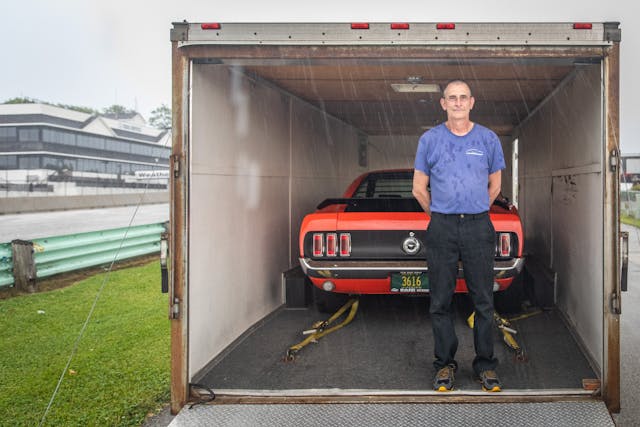
I pull into Gate 6 at Road America early on a June morning and see the trailers of Phil and Gerhard waiting for us. For those who haven’t been to Road America, Gate 6 is hallowed ground at this 640-acre compound known as “America’s National Park of Speed.” Constructed in 1955 to offer a permanent home for the Elkhart Lake Road Races that ran on the surrounding roads and village streets in 1951 and 1952, this place is unlike any in America. Gate 6 is the competitor entrance, the gateway to this perfectly manicured and often humbling haven where drivers have gathered for decades, just like we were on this morning.
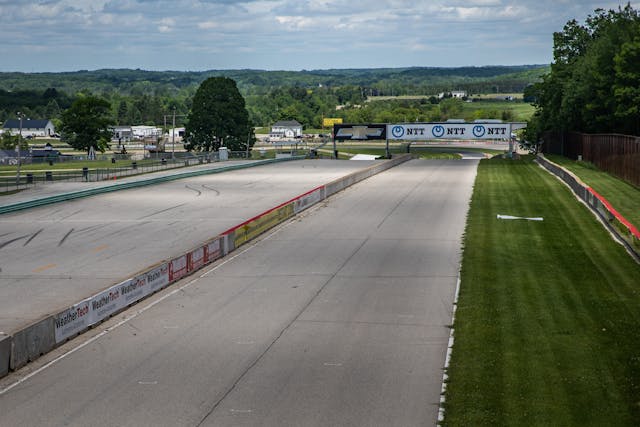
The original “Farmhouse,” which was used for driver registration up until recently, almost seems to give you a wink as you drive in, as if to say, “Good luck in there.” Shortly thereafter, we cross under the track (rather than over it, one of the few changes in the past 65 years) and are on our way to the main paddock to unload. The first to hit the ground is Gerhard’s 2013. Shortly thereafter, Phil’s 1969 emerges into the early spring light. Art director Matt Tierney takes one of those slow walks around the two cars and simply says, “Those are both exactly the colors I had hoped they would be.” I couldn’t argue.
I’ve known Phil for the better part of a few decades. We met when I traded him, of all things, a 1969 Boss 302 engine in exchange for him painting my 1966 GT350. Which isn’t out of character for Phil, whose business, Vintage Mustang Restorations, has restored countless hi-po Mustangs over the years. Phil bought this car, his personal 1969 Boss 302, as a shell in 1995. After it was restored, it didn’t take him long to start using it in open track events with the local Shelby club. Over the next decade, he swapped in some upgrades to help make it a better track car but stopped short of any kind of invasive surgery.

Edelbrock aluminum 2V cylinder heads with a mild camshaft upgrade top its stock Boss 302 block, while a Tremec TKO five-speed gearbox sits in place of the factory toploader four-speed. Up front, upgraded upper and lower control arms fix some of the shortcomings of the original Ford bits, while out back, a Fays2 suspension Watt’s link locates the rear axle far better than the factory leaf springs can.
To slow it all down, aftermarket four-wheel disc brakes tug on the upgraded 17-inch wheels with low profile tires. Inside, newer aftermarket seats keep you from being flung about the cabin when all that hardware is put to use. It’s a compelling—and fun—package, but after about 8000 miles of use, including a lot of track days, Phil relegated this Boss to street use only and build a dedicated track car. “After spinning the Boss twice on cold slicks a few years back, I decided it was time to not be ‘that guy.’”
That isn’t to say Phil’s Boss isn’t still right at home blasting around Road America, because it is. The engine, while largely stock, feels more lively thanks to the time-honored tradition of using 2V-style heads to pick up port velocity, although back in the day a lot of Boss owners used port plates—literally little metal plates that effectively raised the floor of the humongous ports and reduced their size to speed airflow—in the stock cylinder heads. The simple bolt-on upgrades to the chassis really improve its dance moves as well. Most notable is the trick Watt’s link setup, which tames the stick axle on leaf springs when those nasty mid-corner bumps or apex curbs induce a little sidestep. Last but not least, proper modern brakes really inspire confidence. But the overall feel is still all vintage Boss 302, and that’s a good thing. These cars could always walk the walk, and that’s not an accolade easily applied to a lot of muscle-era performance cars out of the Big D.
Although I never feel entirely comfortable driving anybody else’s car on track, even wheeling a first-year Boss 302 at moderate speeds around this place is like driving a vintage Kurtis Kraft Indy car around the Brickyard. This is the place where the fans flocked to the fence to see these original T/A cars duke it out. Sliding, bellowing, bumping, their front ends reached for the sky at the big end of the three long straights, and their noses slammed down on the bump stops as they struggled to slow for the brutal Turn 5. It was spectacular stuff.
Although they are nowhere near as hard to see out of as a modern tube-frame Trans-Am car, these old Bosses have no shortage of blind spots, especially with the rear window louvers attached, and the high beltline makes it feel like a really deep bathtub in a really dark bathroom. But none of that matters. It is a serious perch for serious business. If you want luxury, pal, they sell Lincolns down the street.
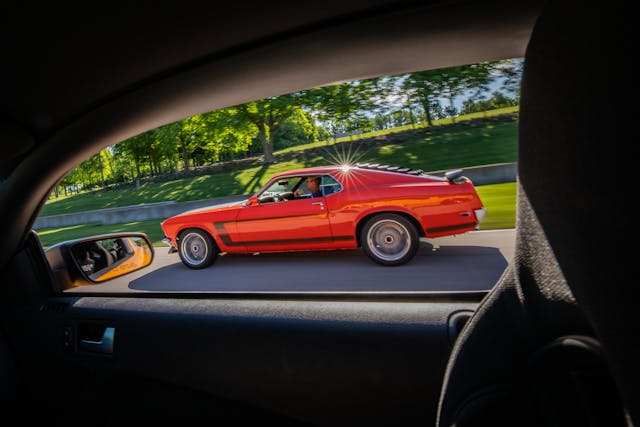
From the outside, Phil’s car sure looks and sounds the business. Squint hard enough and you can picture it here during one of those Trans-Am races in period, gloves off, going for it, the driver knowing that Ford had an endless supply of new sheetmetal should he need to remind a Camaro or a Javelin of the fast way around.
That’s the appeal of the original 1969–70 cars. They are a magical conveyance back to a time when you could buy a homologation special right off the showroom floor, in a crazy color, with spoilers and slats and stripes that all worked together just the way Shinoda wanted them to. Sure, that 302 had cylinder heads with ports way too big to make them any fun in traffic, and the controls seem awkward and heavy if you have any time to think about them. But on a nice twisty road and with a disregard for carbon footprint or speed limits, it’s more rewarding to drive than most cars of the era. After all, there is a reason Ford decided to put a factory rev limiter on them: The engine is simply all too willing to twist until it might not twist again—especially with the optional 4.30:1 rear axle ratio. So, yeah, I wonder why I ever sold my yellow ’69. Oh, right. I needed to make a mortgage payment or two. Man, that was nowhere near as fun.

Soon it was time to quit pretending I was Follmer or P.J. and take a different kind of refresher course to remind myself how a modern Boss 302 works. Finding a better example than Gerhard Pechmann’s 2013 Laguna Seca edition would be hard. Gerhard is a diehard Mustang guy who hasn’t been without one (or more) Stangs since he was 16. He estimates that equates to around two dozen Mustangs and Shelbys in his care over the years, including five currently. He also owned a 1969 and two 1970 Boss 302s at the same time for a while; when the new Boss 302 was introduced in 2012, he knew he had to have one. He quickly ended up with the first 2012 Boss 302 in Wisconsin. But when the 1970-inspired 2013 models were announced as being available in a Laguna Seca–only color of School Bus Yellow, Gerhard quickly made the jump and ordered one. The color is a tip of the hat to P.J. and the Bud Moore championship cars of yore, and it was also a match for Gerhard’s 1970 Boss 302, which was in the garage at the time. Gerhard has driven the ’13 a little over 4000 miles since new, but it looks more like 400 miles. He’s clearly that kind of guy. The mods are limited to an aftermarket MGW shifter, which I agree with, as I recall the unsatisfactory stock shifter in my 2012 Laguna Seca.

Good shifter or not, jumping from the 1970 to the 2013, you feel 43 years of improvement as soon as you shut the door. These are just solid, well-made cars. Once I’m underway, the Laguna Seca is as good as I remembered, especially the exhaust rumble from the uncorked side pipes. Ford supplied these cars with two keys, a standard black ignition key and a red “TracKey,” which had to be activated via software update by a Ford dealer after delivery. It reportedly modifies over 200 parameters within the black boxes that control the car. In other words, it is like an aftermarket handheld tuner but dipped in holy water, patted dry, and delivered to you with Ford’s blessing and the hope that you’ll enjoy your Boss 302 on the track.
Gerhard hands me the red TracKey. Even with it, the Boss doesn’t make you work to hustle it around. Nor do you feel like you worked afterward, a trait common to modern performance cars. Today’s Boss feels like it could do laps all day long and then get you home in comfort for supper time. That’s the beauty of progress. When I ask Gerhard, who also has decades of track and Boss 302 experience, if he thinks the new car was a worthy successor to the Boss 302 name, he says, “Absolutely.” Then he said he has no plans to sell his. Working in the cemetery monument business, he says, “I’m reminded on a daily basis that life is short. Being able to come to a track like this in a car like this is the best kind of escape I know of.” I couldn’t agree more. Also, Gerhard’s Boss is one of only 765 Laguna Secas built for 2013 and does everything right. It also represents what most feel is the last and best iteration of the live-axle Mustang chassis: They do everything well, they offered incredible value when new, and they are a great value on the secondary market today.

Which brings up an interesting thought: If you were in the market for a Boss 302 today, what era would I advise you to look at? The simple answer is both. But it really depends on the mission. If you desire a vintage pony car that is surprisingly modern to drive, and the intent is to do cruise nights, car shows, vintage rallies, or just fun Sunday drives, I’d wholeheartedly recommend looking at a 1969 or 1970 Boss 302. They remain one of the best homologation specials to spring from one of the best racing series of all time. Plus, at under 100 grand for a great driver-quality example today, it’s really hard to go wrong given their rarity, performance, and place as one of the greatest classic Mustangs of all time.
Now, if you’re the sort of person who either already has a vintage Mustang to enjoy or has no desire to learn about the internal workings of dual-point distributors or Holley carbs, the modern Boss 302 is certainly worth a look. They are also a great choice if you’re looking to get into open track events or autocrossing, or if you simply want to fulfill that bucket-list road trip of driving 2000 miles to run the Tail of the Dragon for the heck of it. These cars are also incredible values at the moment. With just 8335 built in 2012 and 2013, they are even rarer than the 1969–70 cars. Yet a quick online search showed current asking prices from the mid-$20K range for higher-mile “base” cars up to the high-$40K range for “in the wrapper” low-mileage Laguna Seca examples. I hesitate to say any late-model car is at the bottom of its depreciation curve, but given how good these cars are, I think picking one up now is a completely harmless proposition for anybody wanting to experience a modern car that is truly worthy of its legendary name.
After my day on the track in these two striped wonders, I was reminded that Boss 302s offer a damn good reason to celebrate how racing improves the breed long after the fact, no matter what era one may choose.
1969 Mustang Boss 302
Engine V-8, 4942 cc
Power 290 hp @ 5800 rpm
Torque 290 lb-ft @ 4300 rpm
Weight 3400 lb
0–60 mph 6.0 sec
Top speed 130 mph
Price when new $3958
Hagerty #2 value $87,000–$108,000
2013 Mustang Boss 302
Engine V-8, 4951 cc
Power 444 hp @ 7400 rpm
Torque 380 lb-ft @ 4500 rpm
Weight 3641 lb
0–60 mph 4.2 sec
Top speed 161 mph
Price when new $49,990
Hagerty #2 value $39,000–$45,000
Special thanks to Road America for hosting our photo shoot.


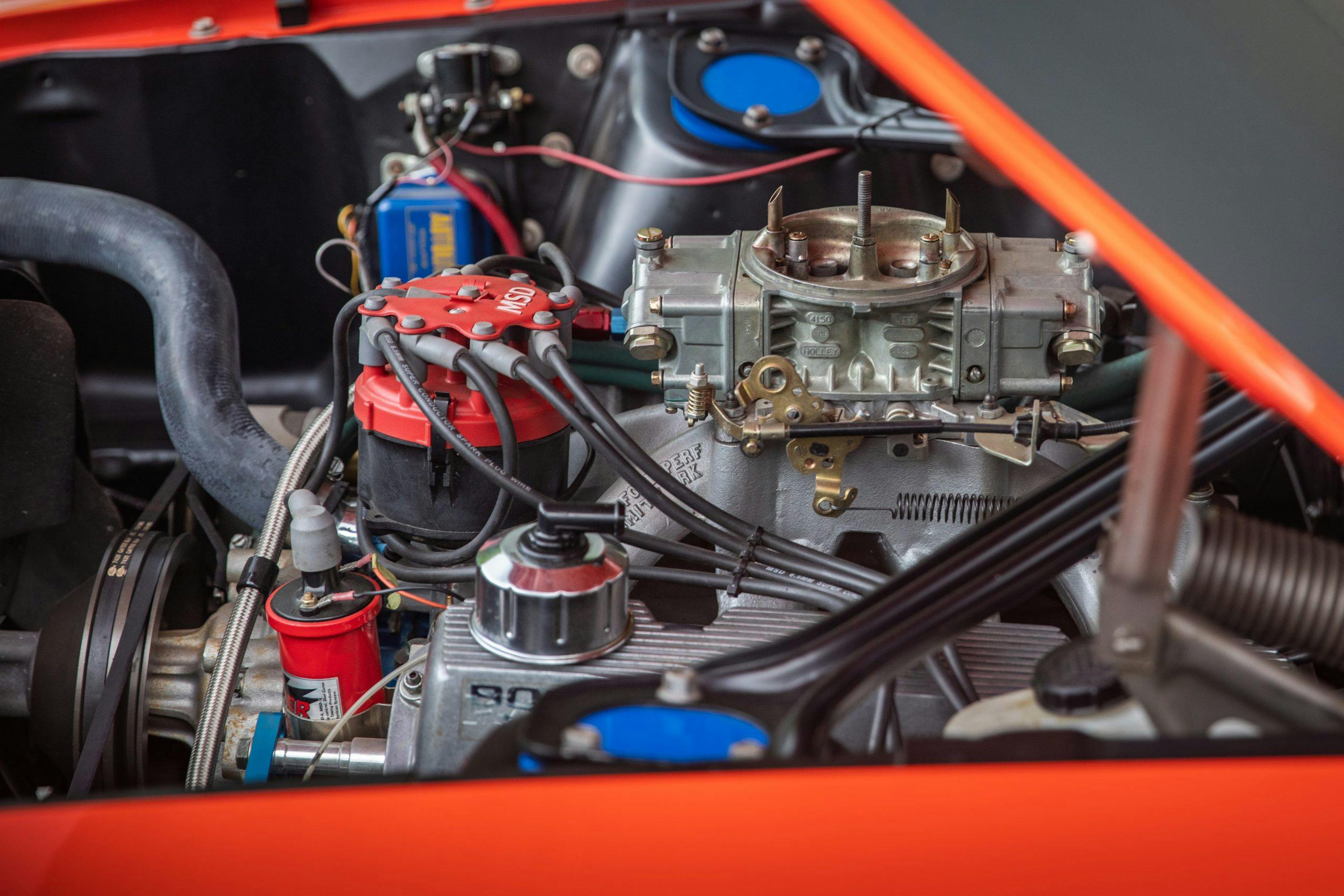

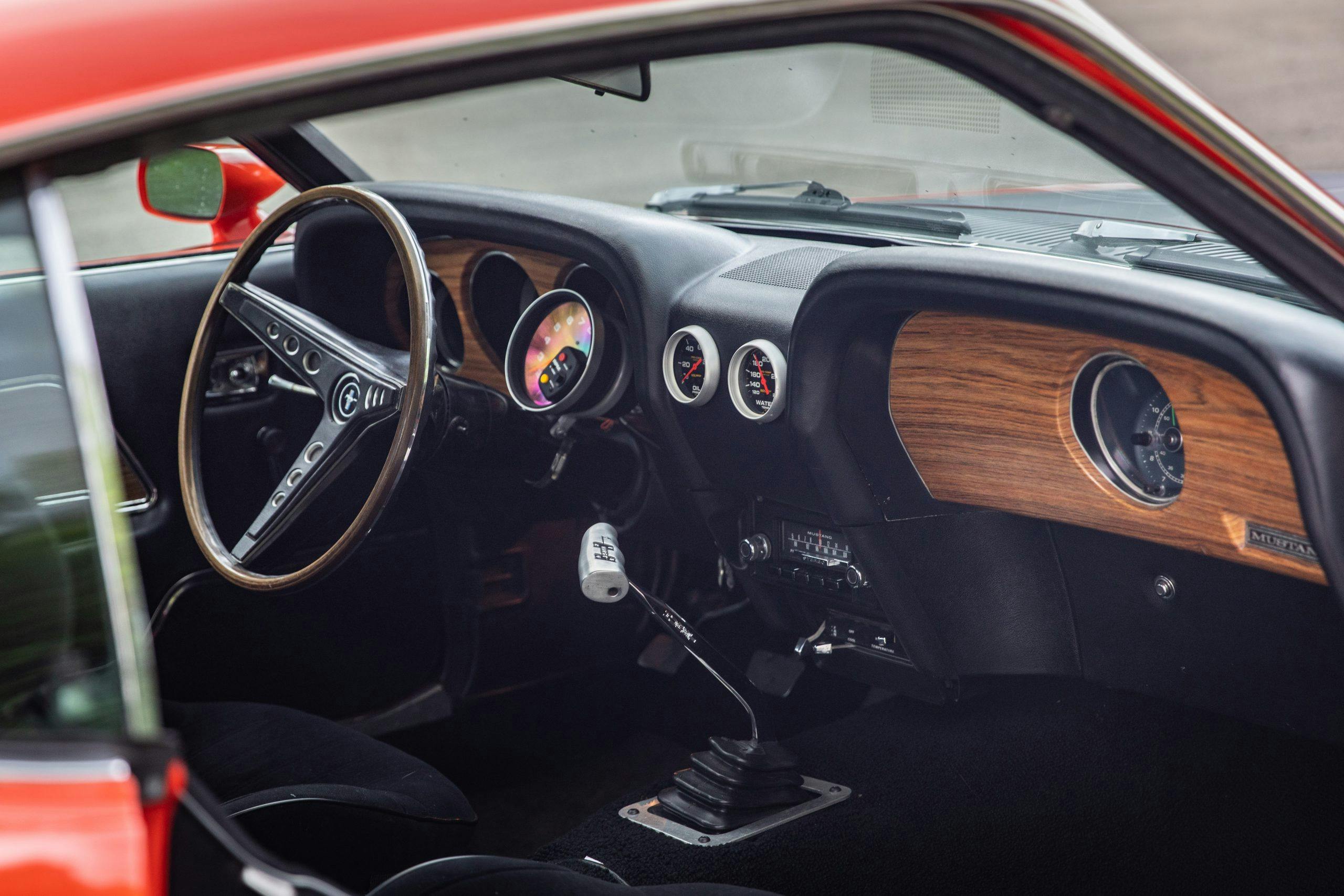
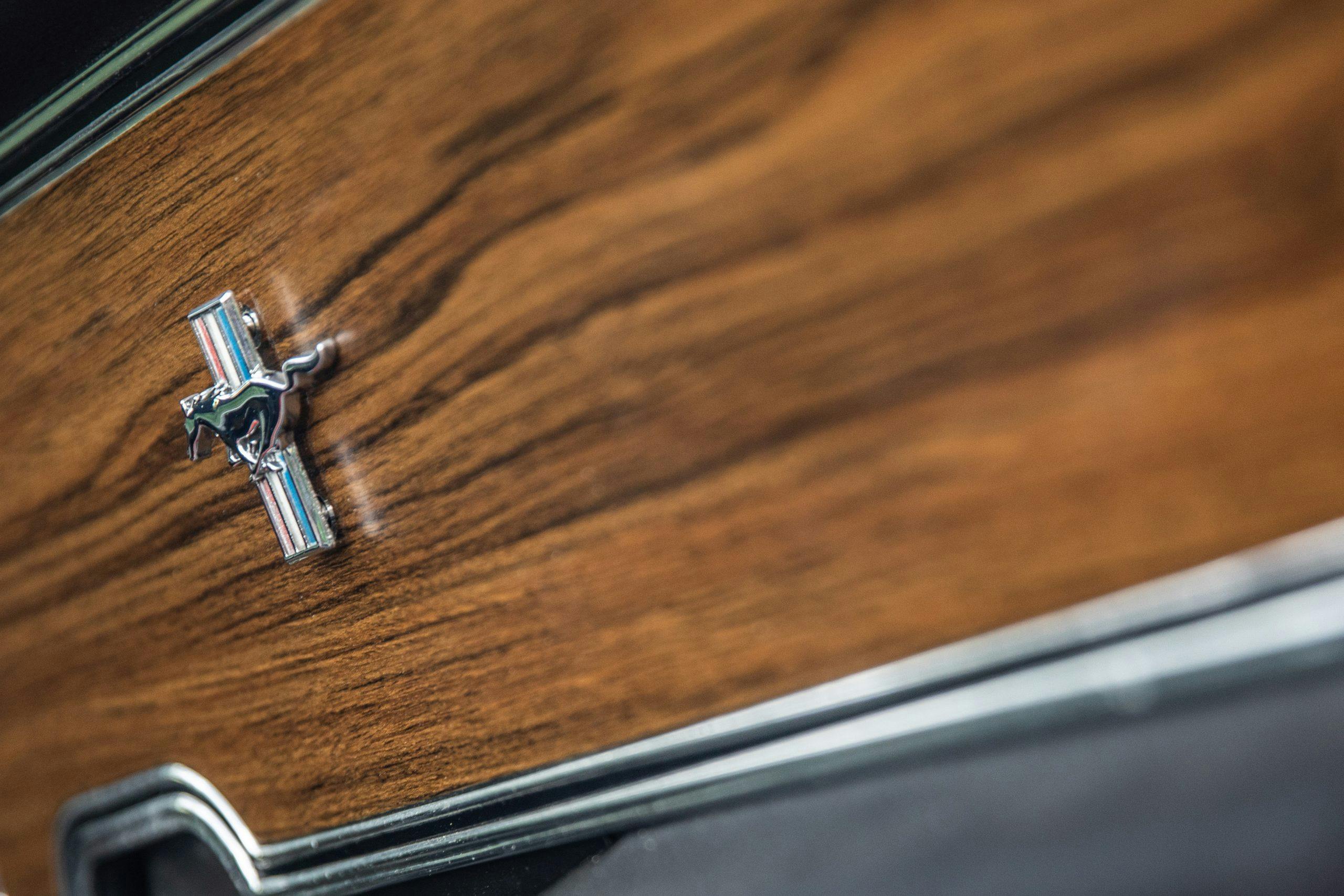

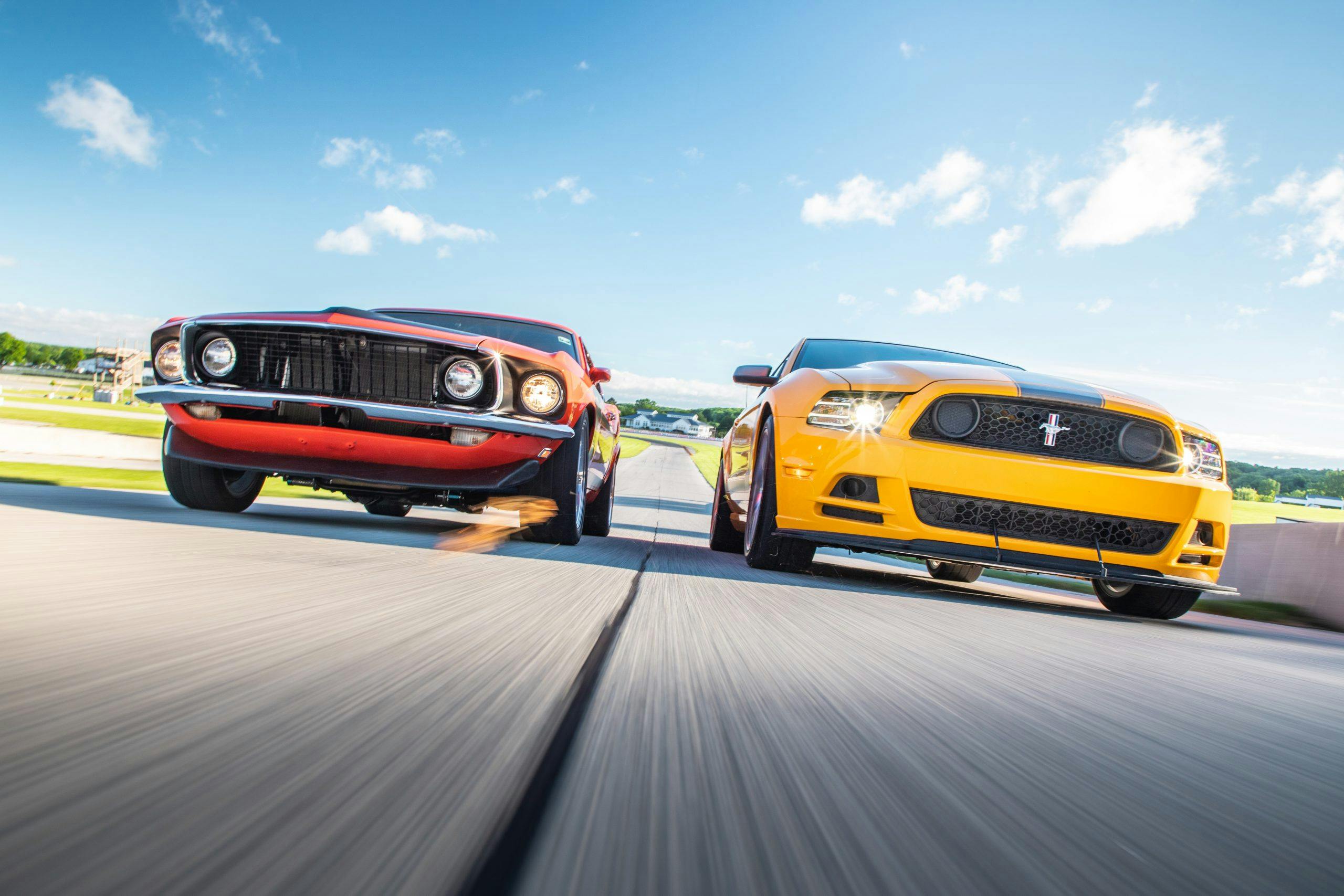
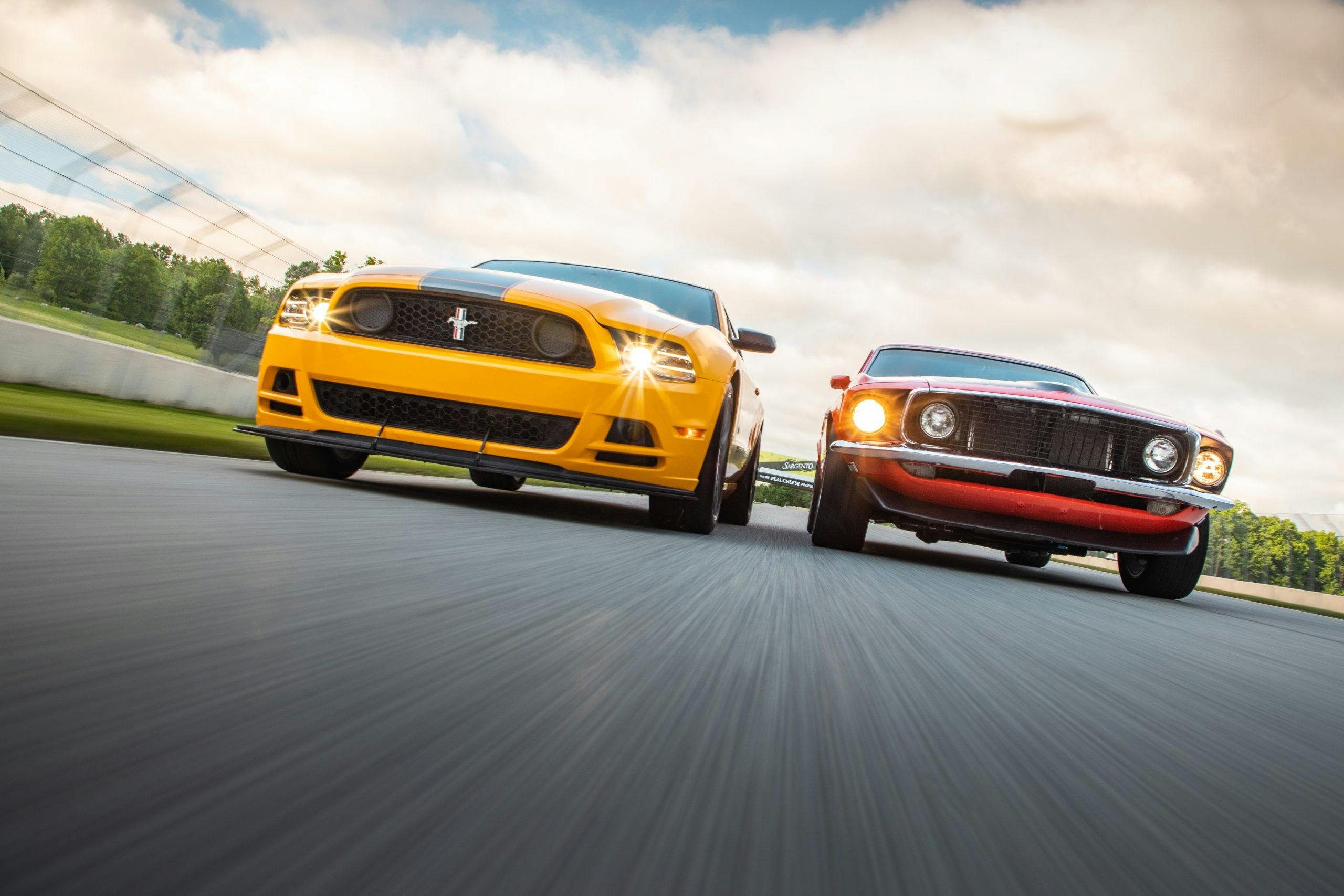
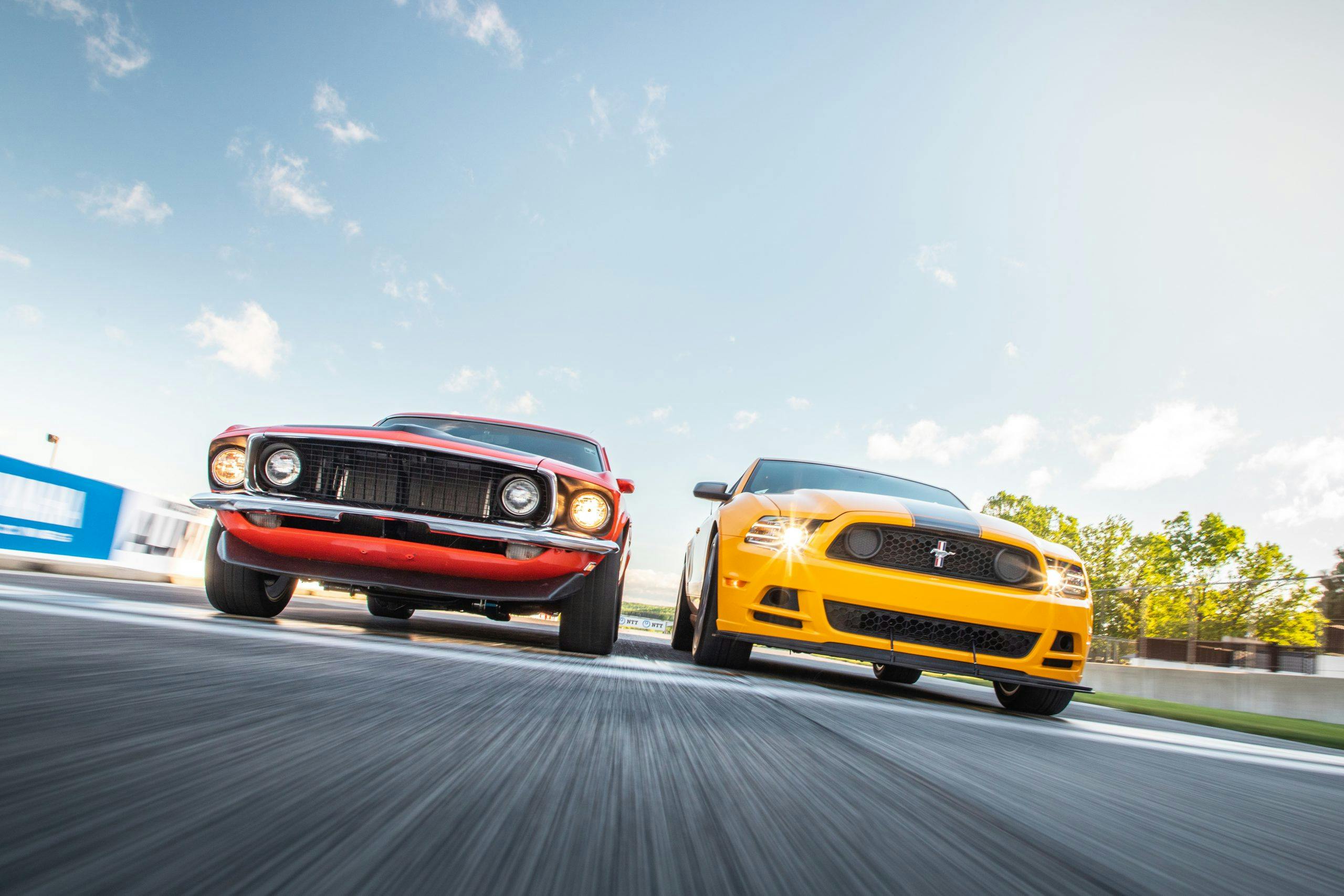
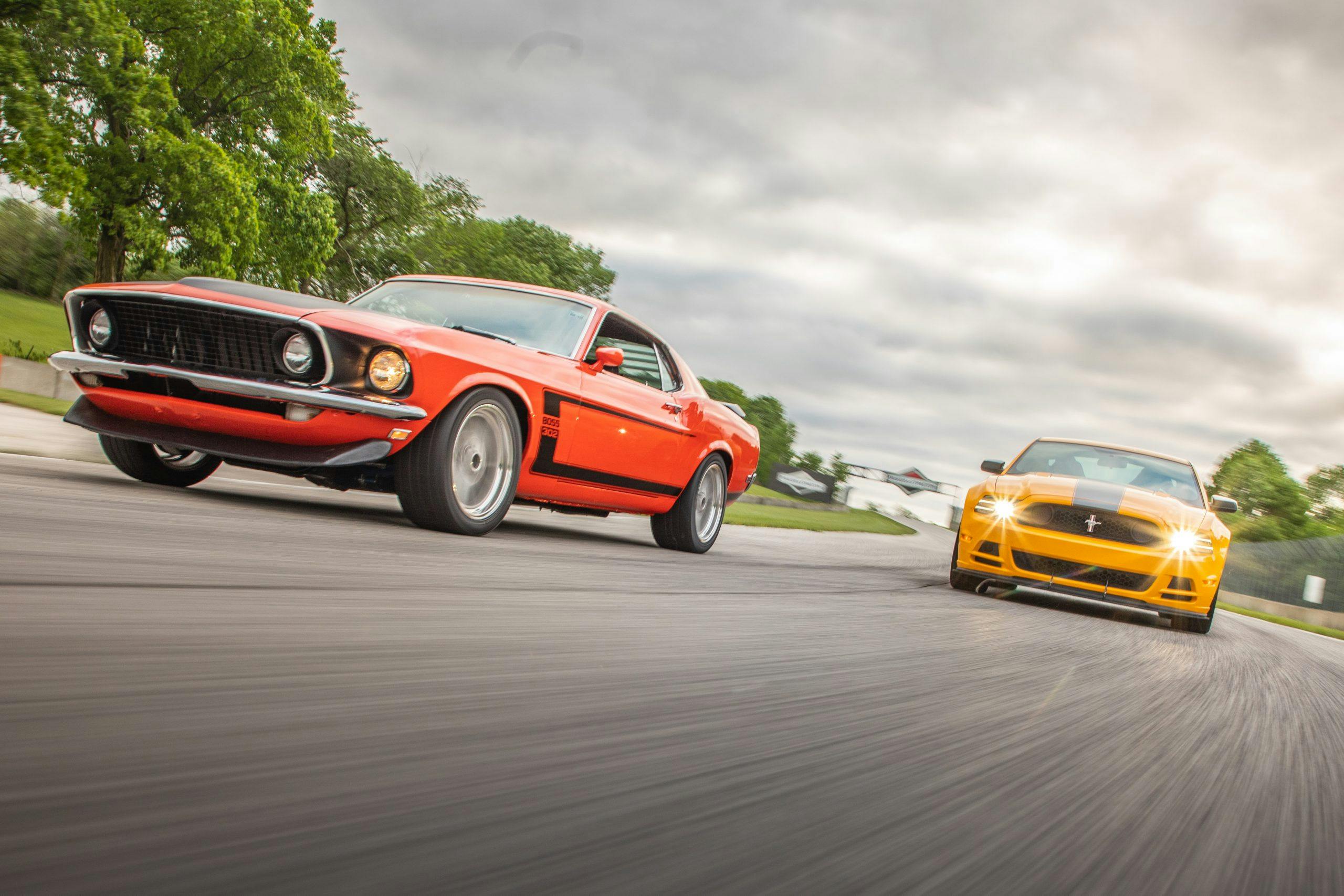

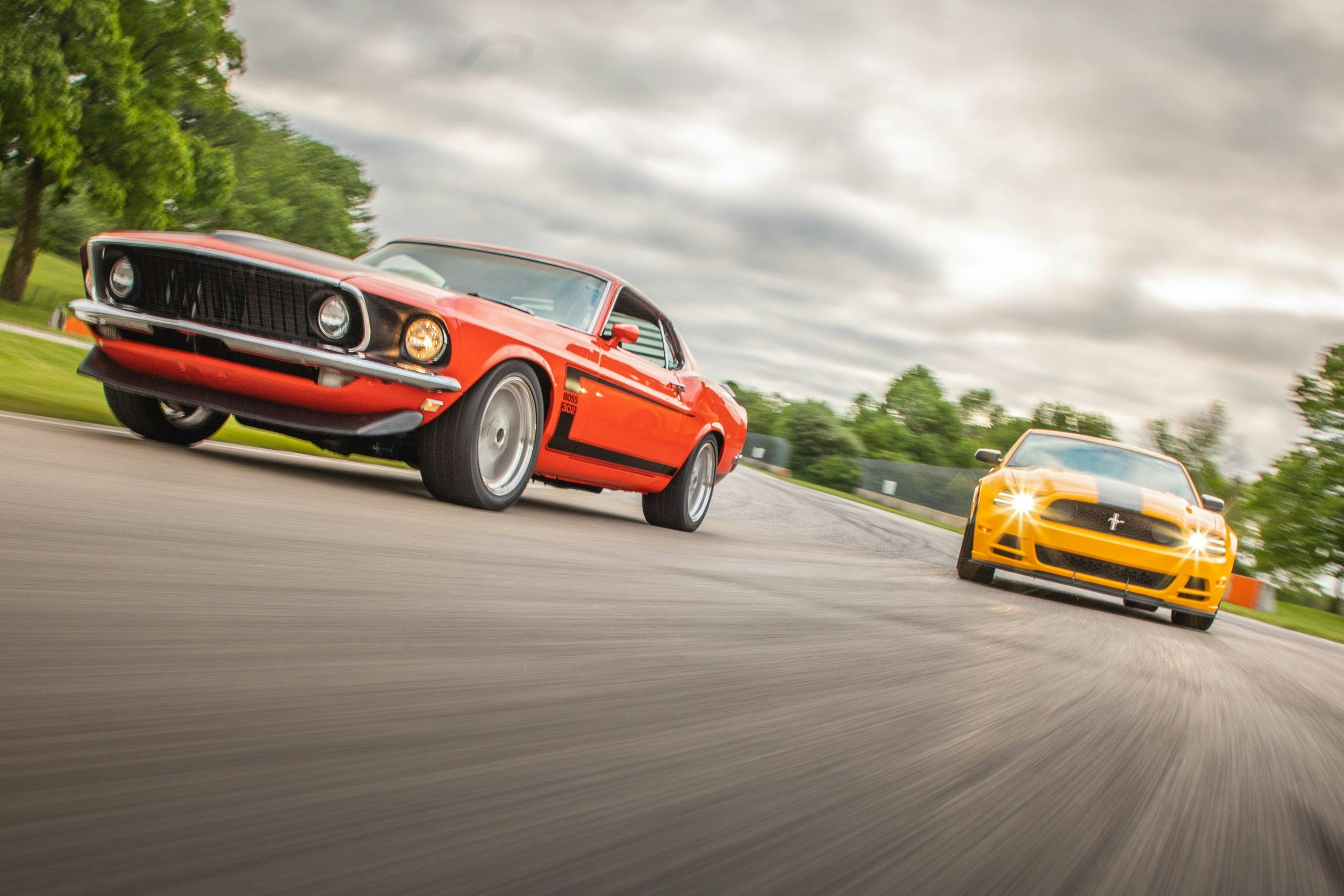
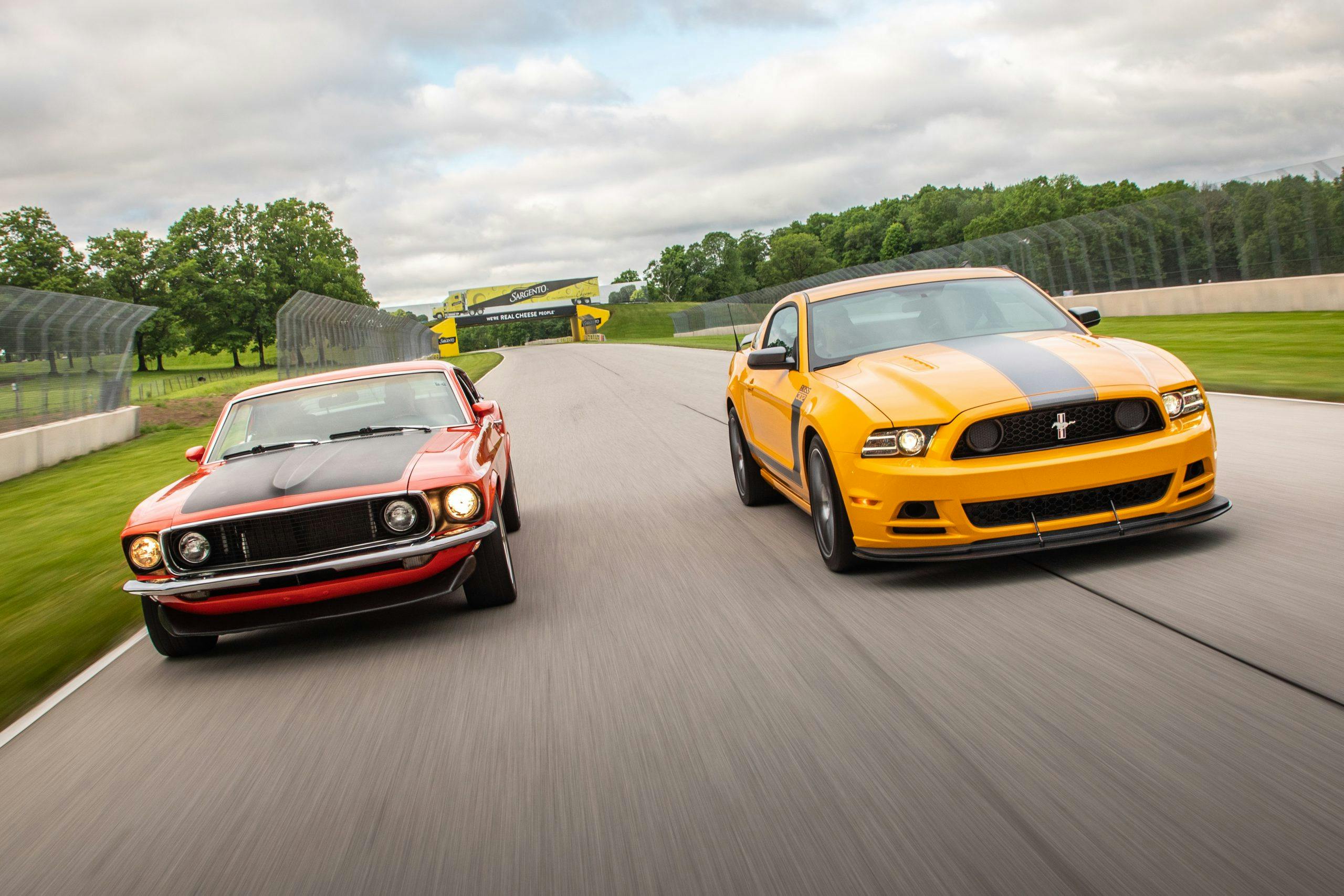
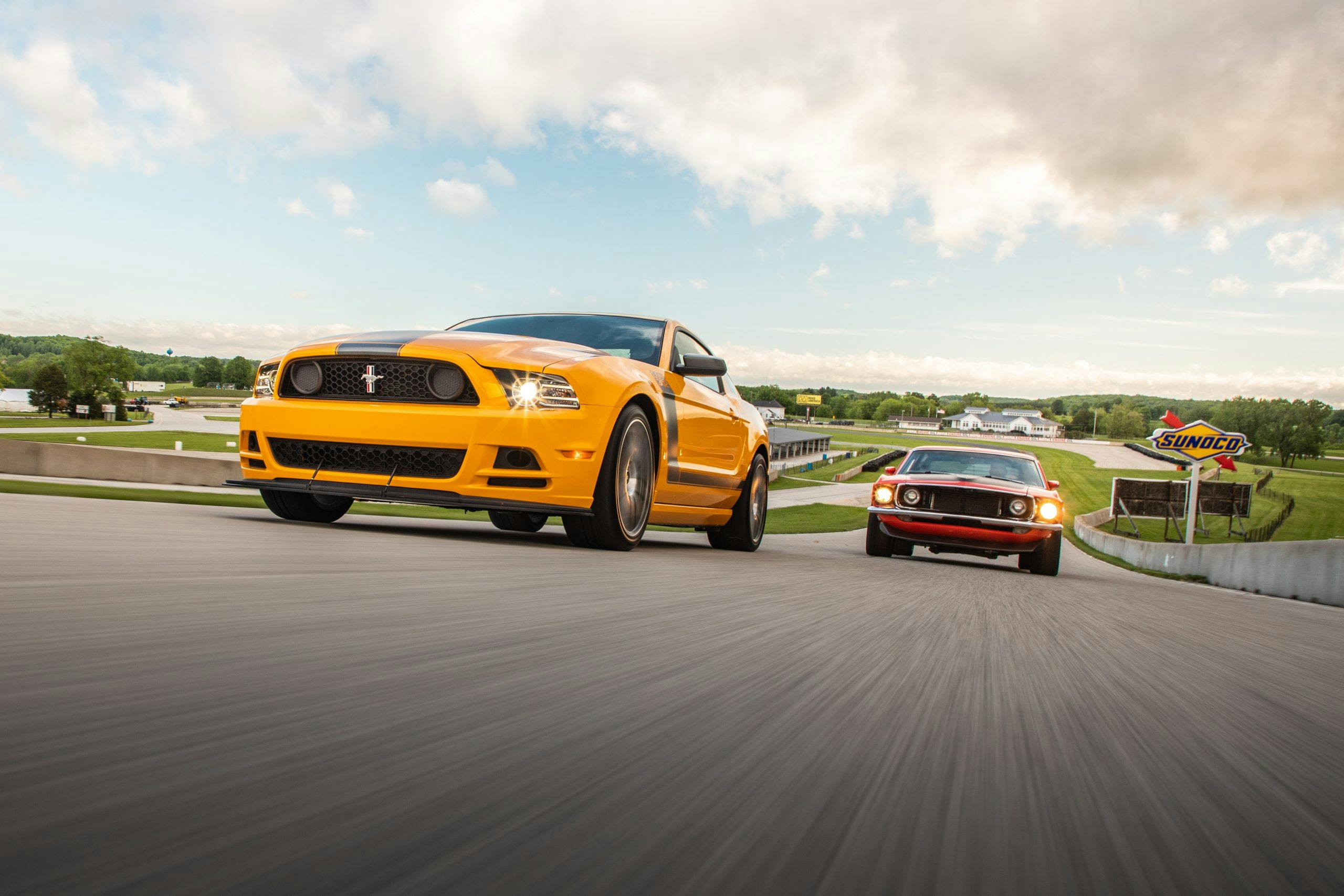
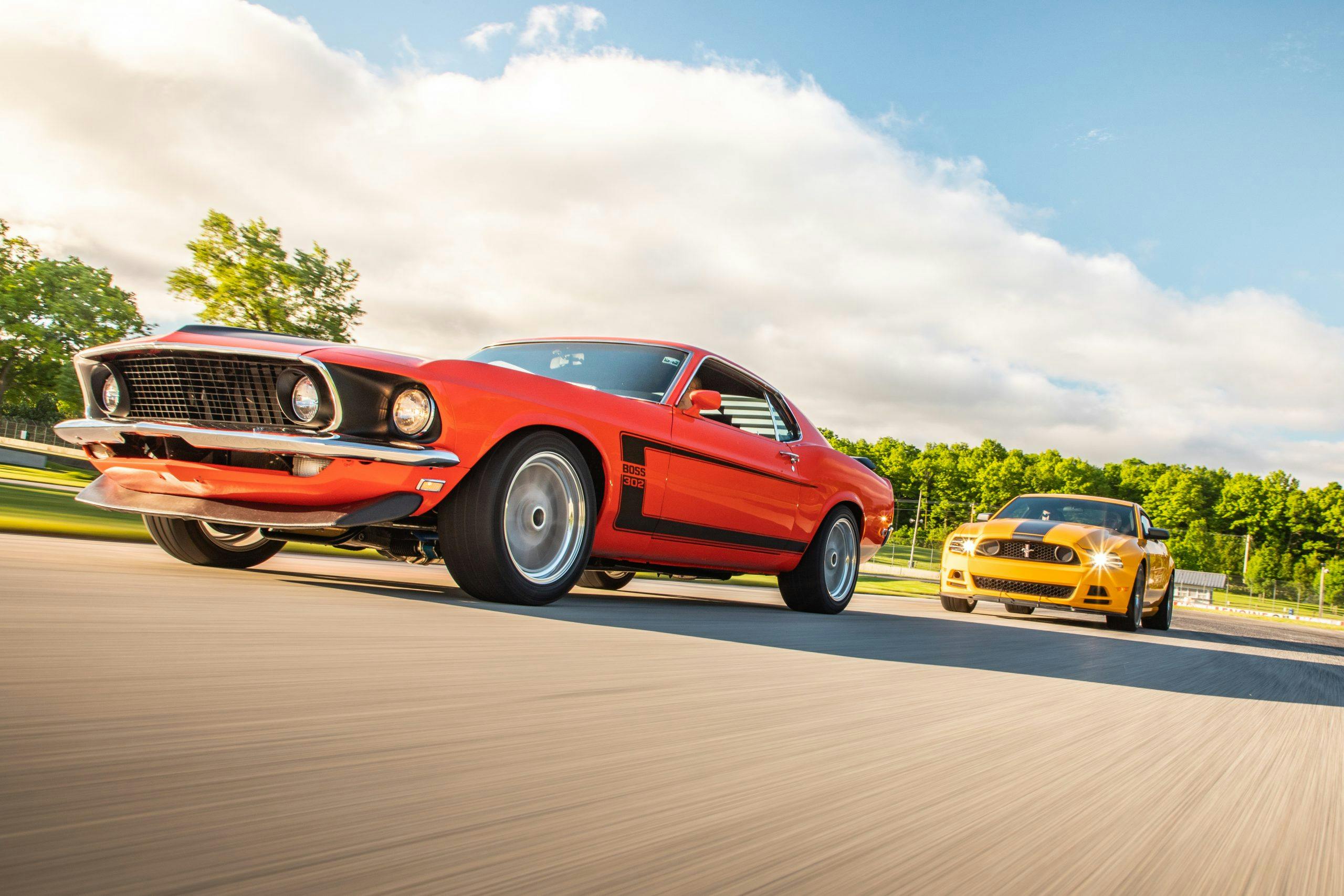

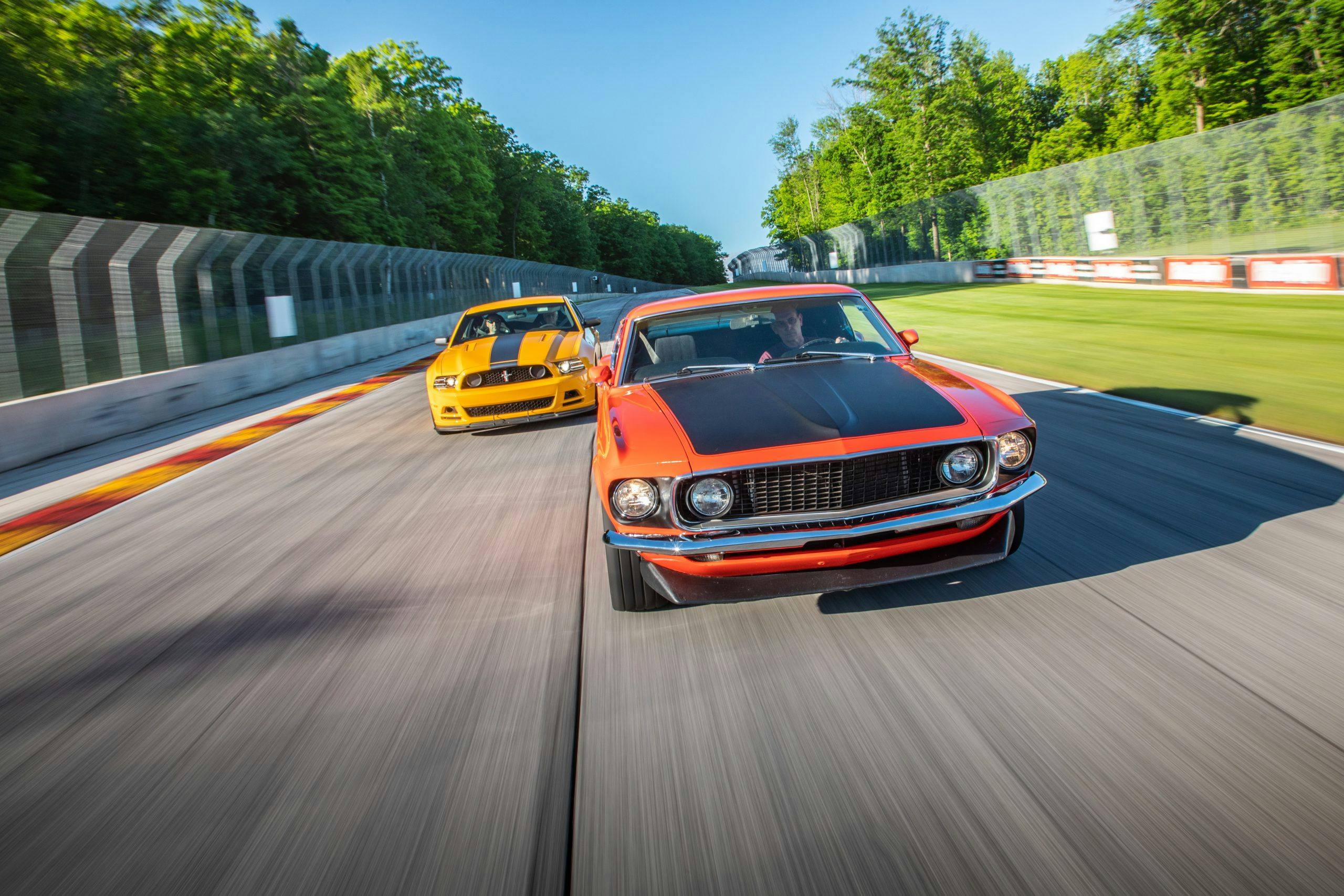
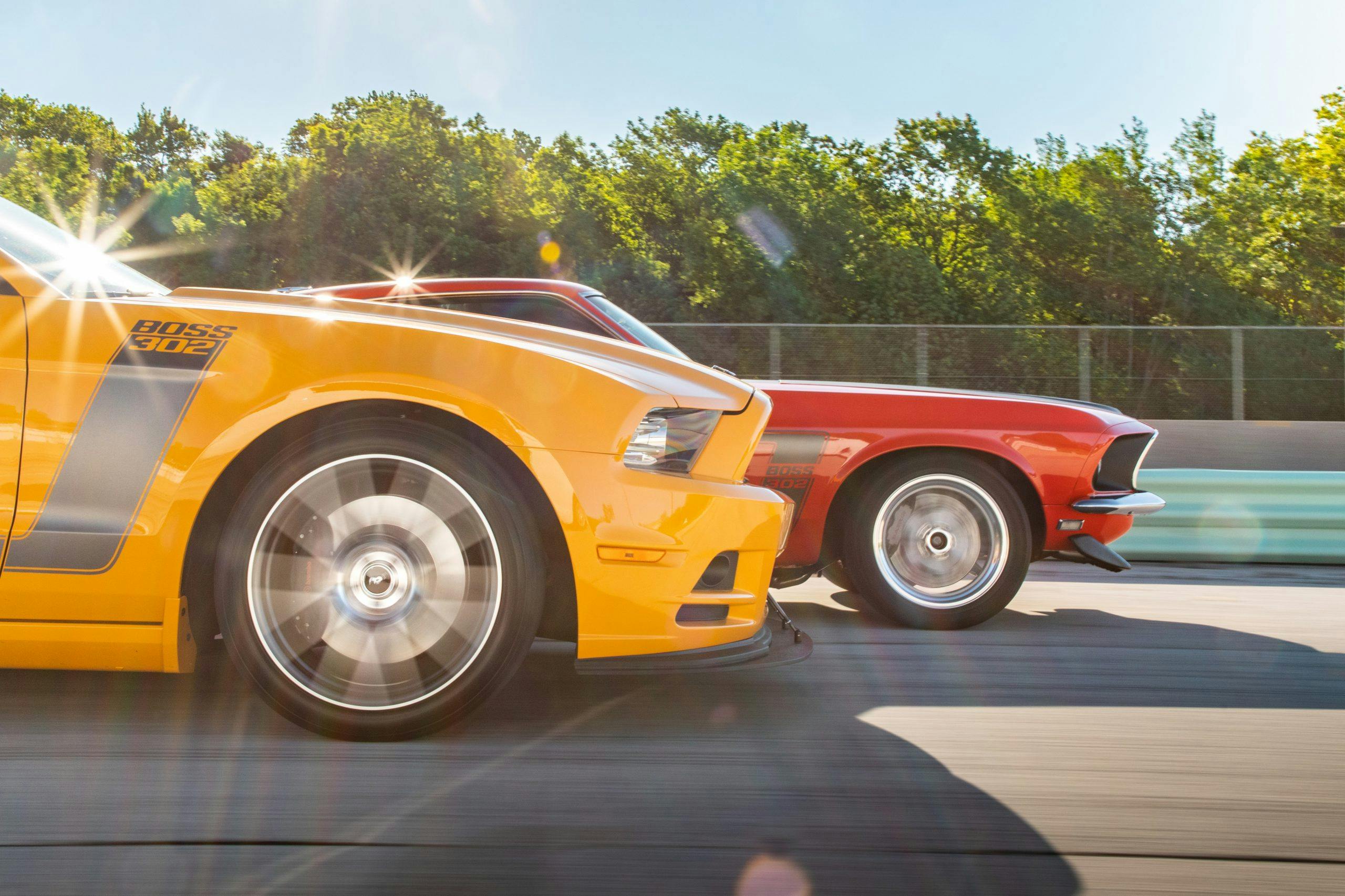

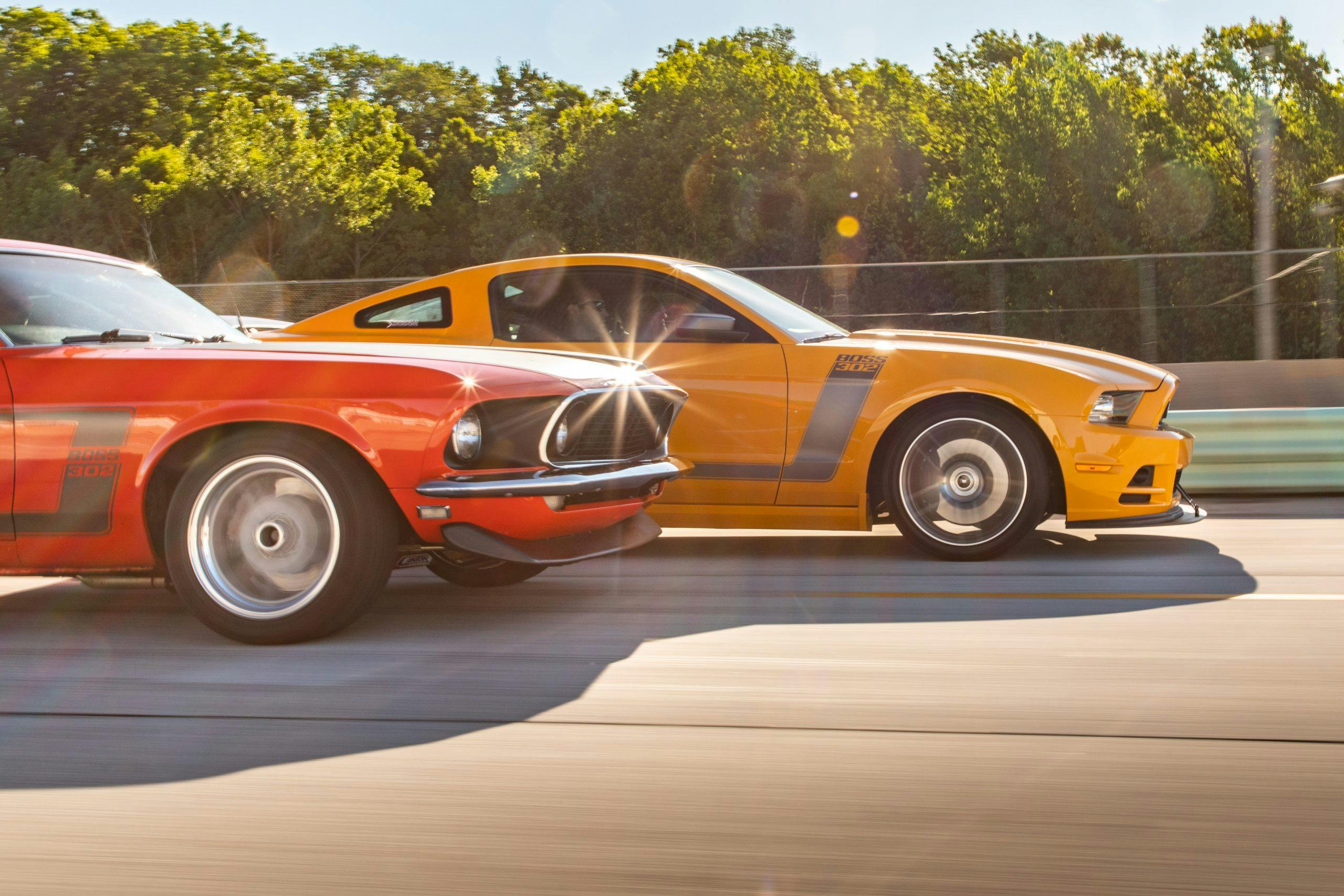


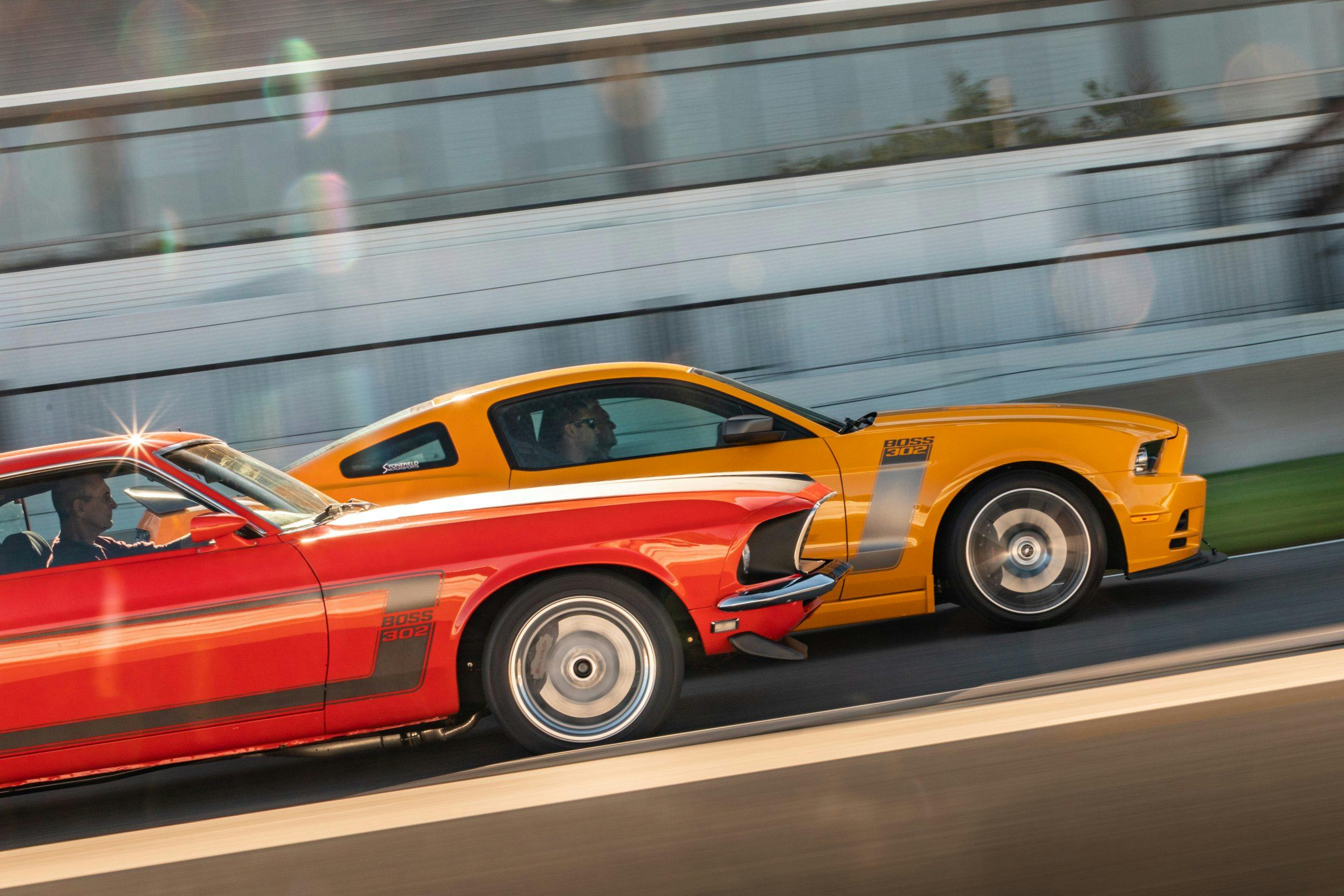
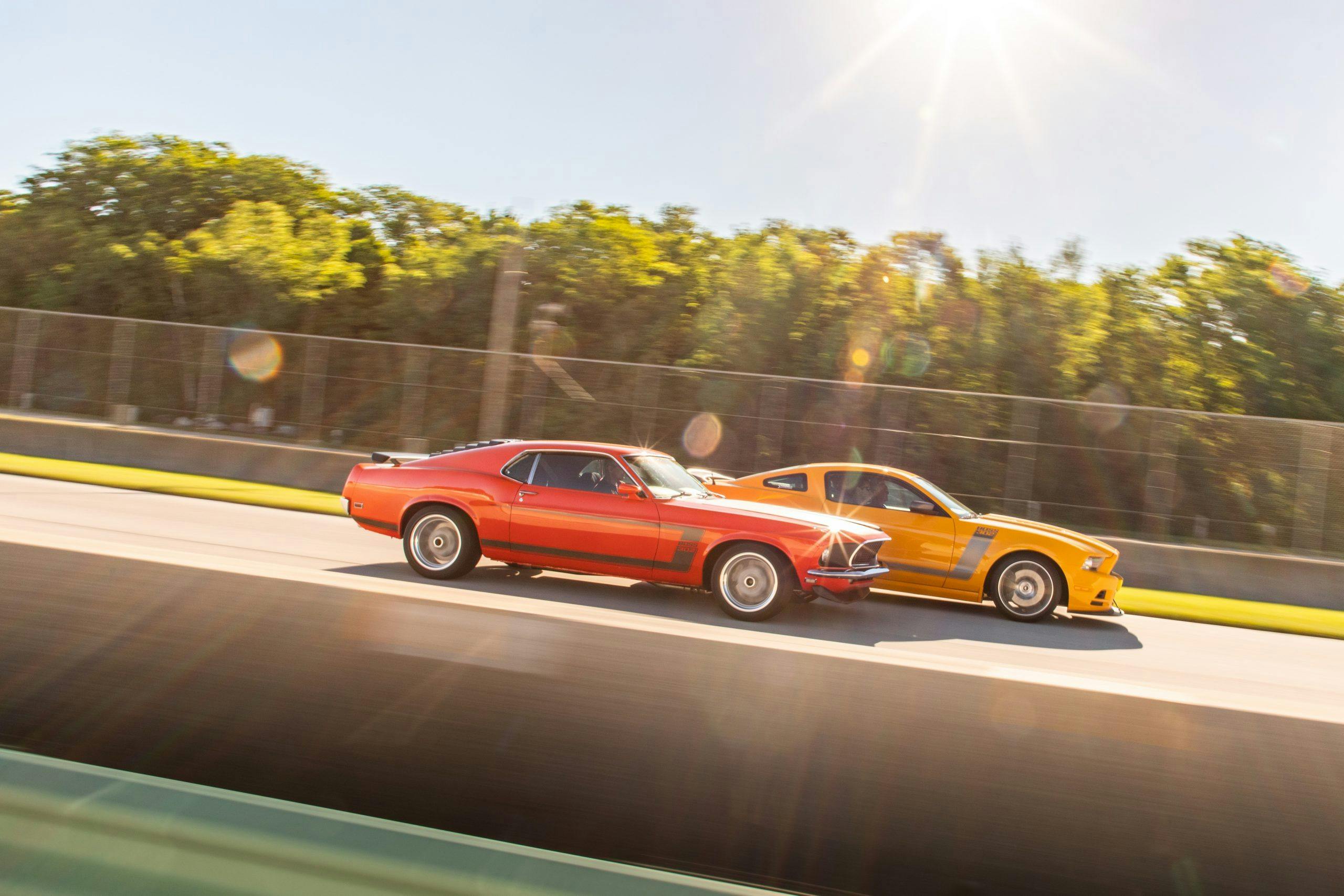

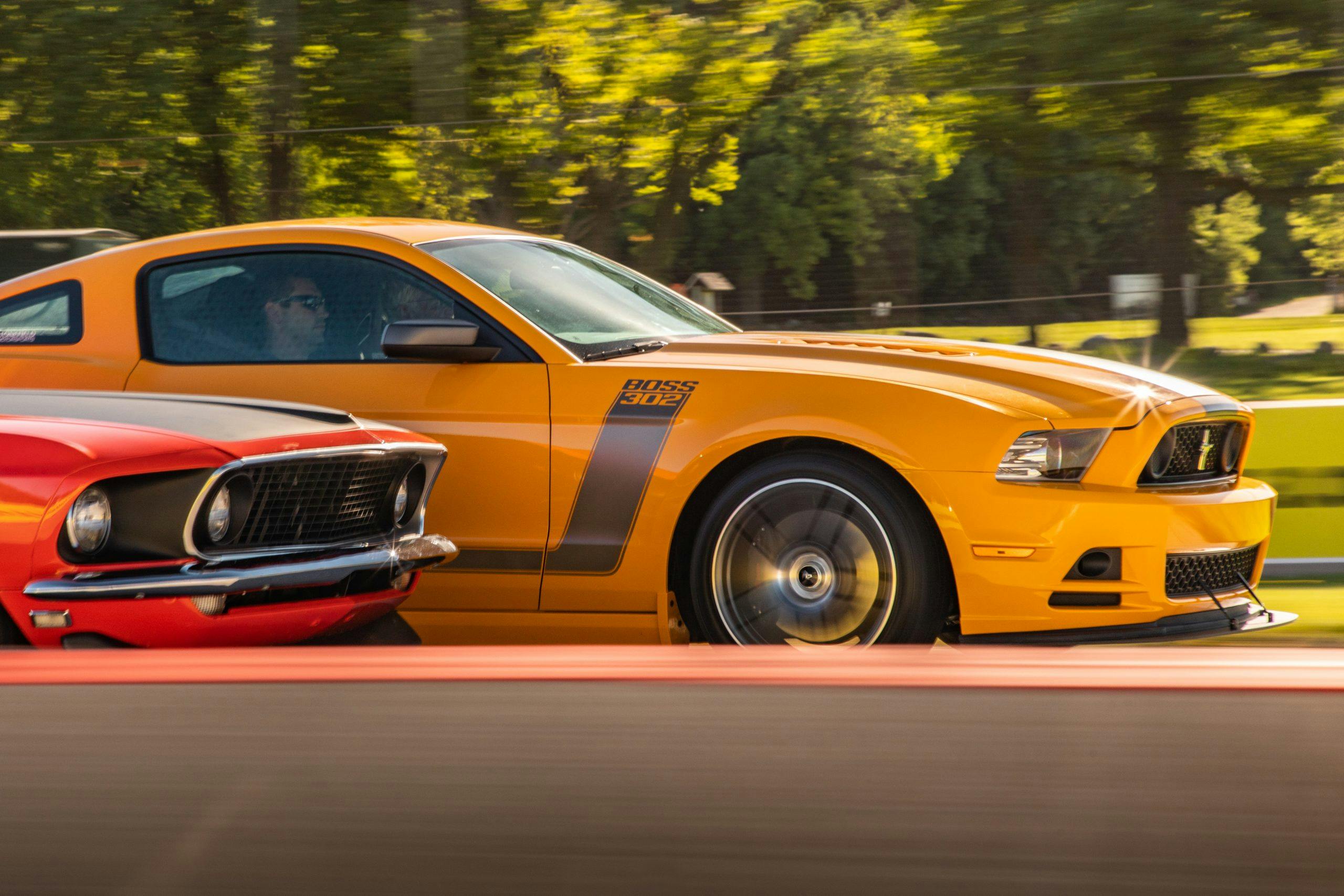
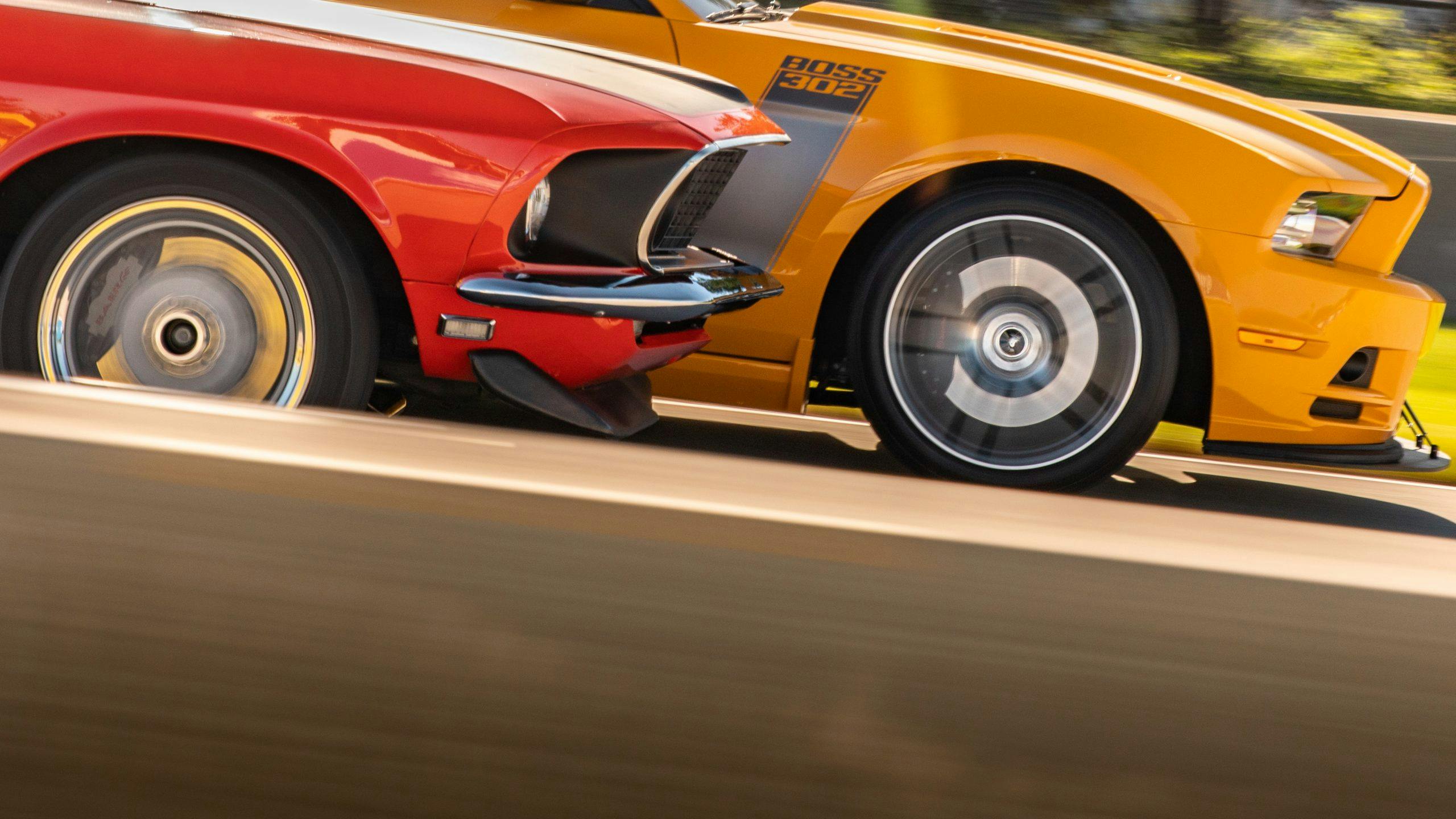
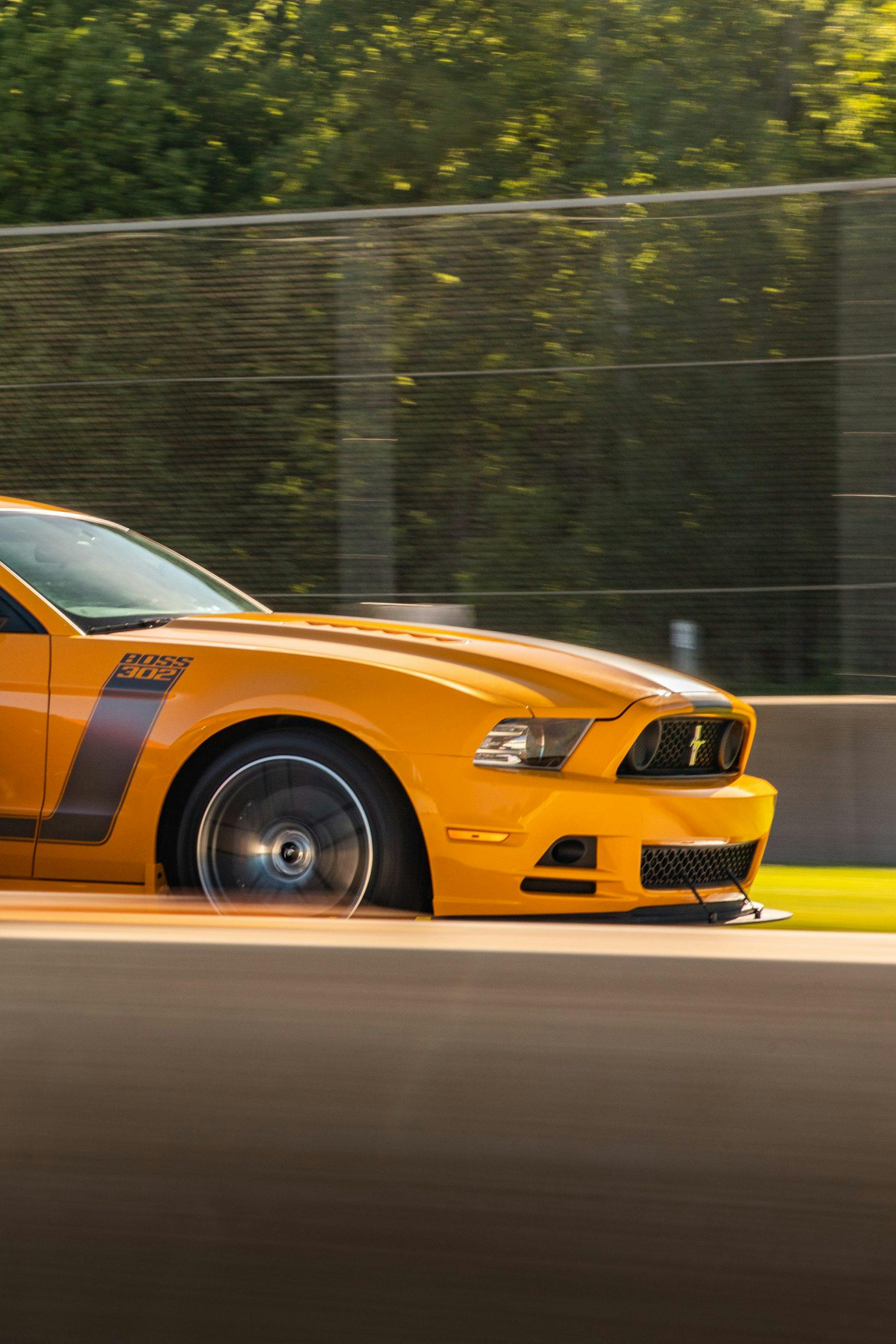

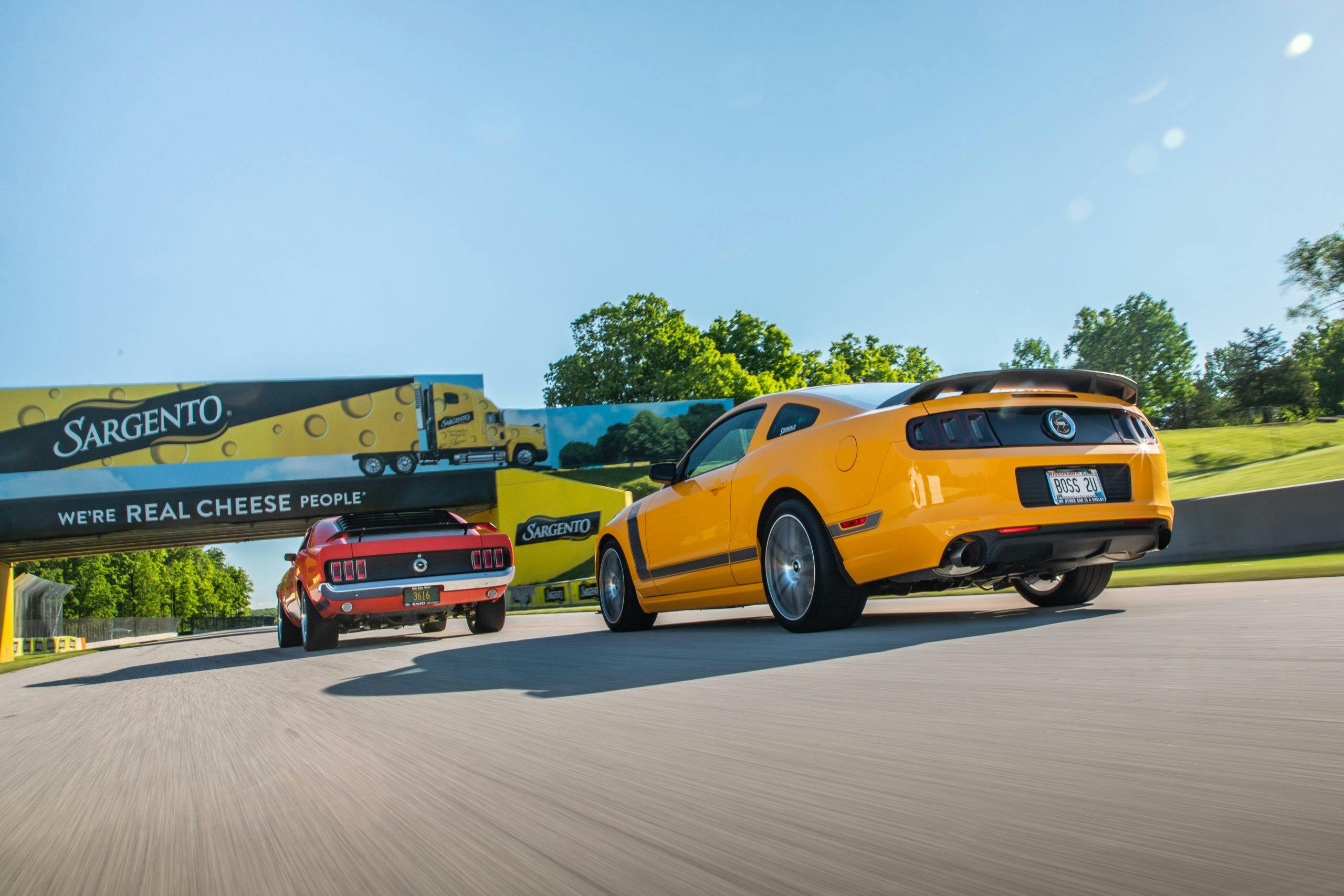
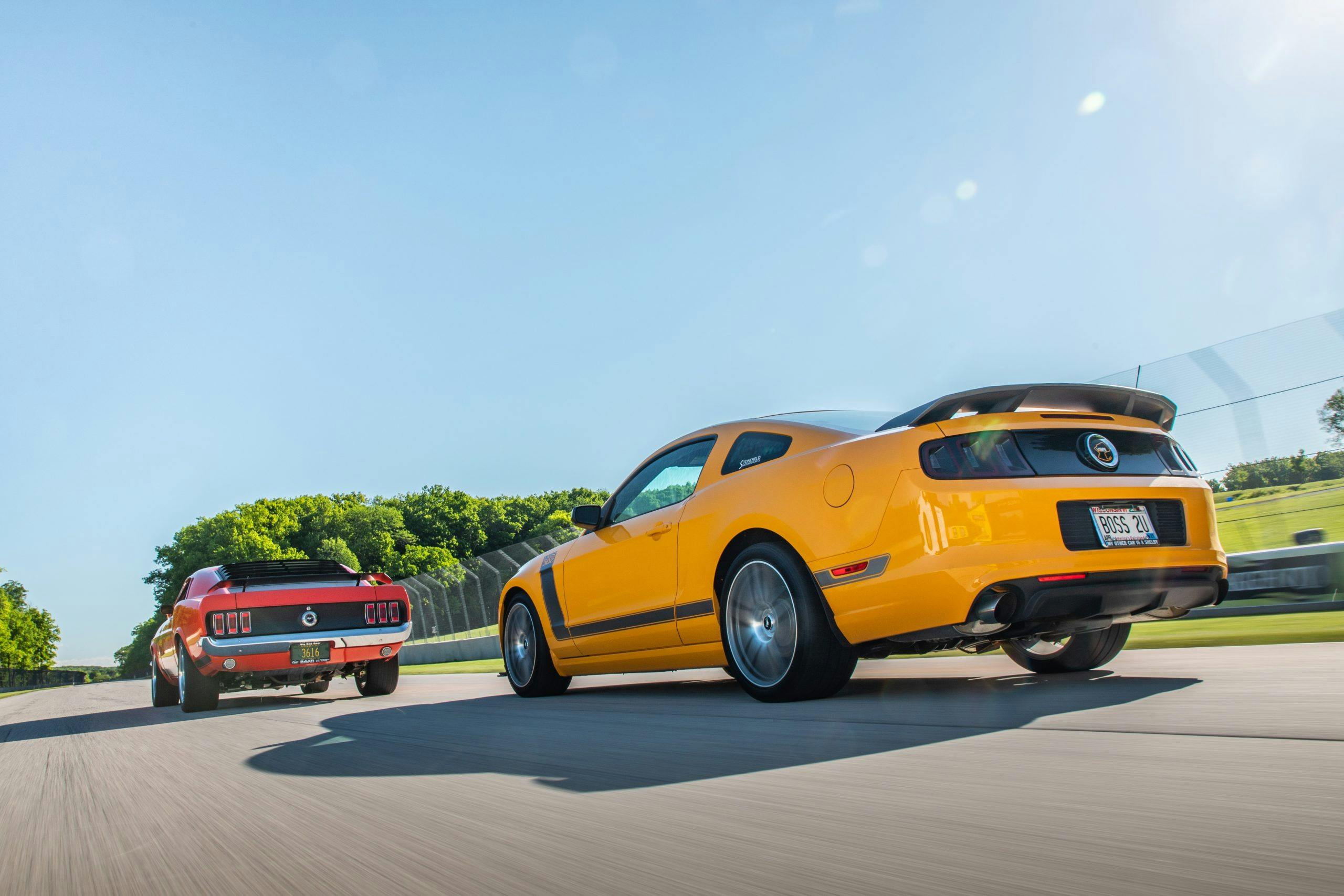

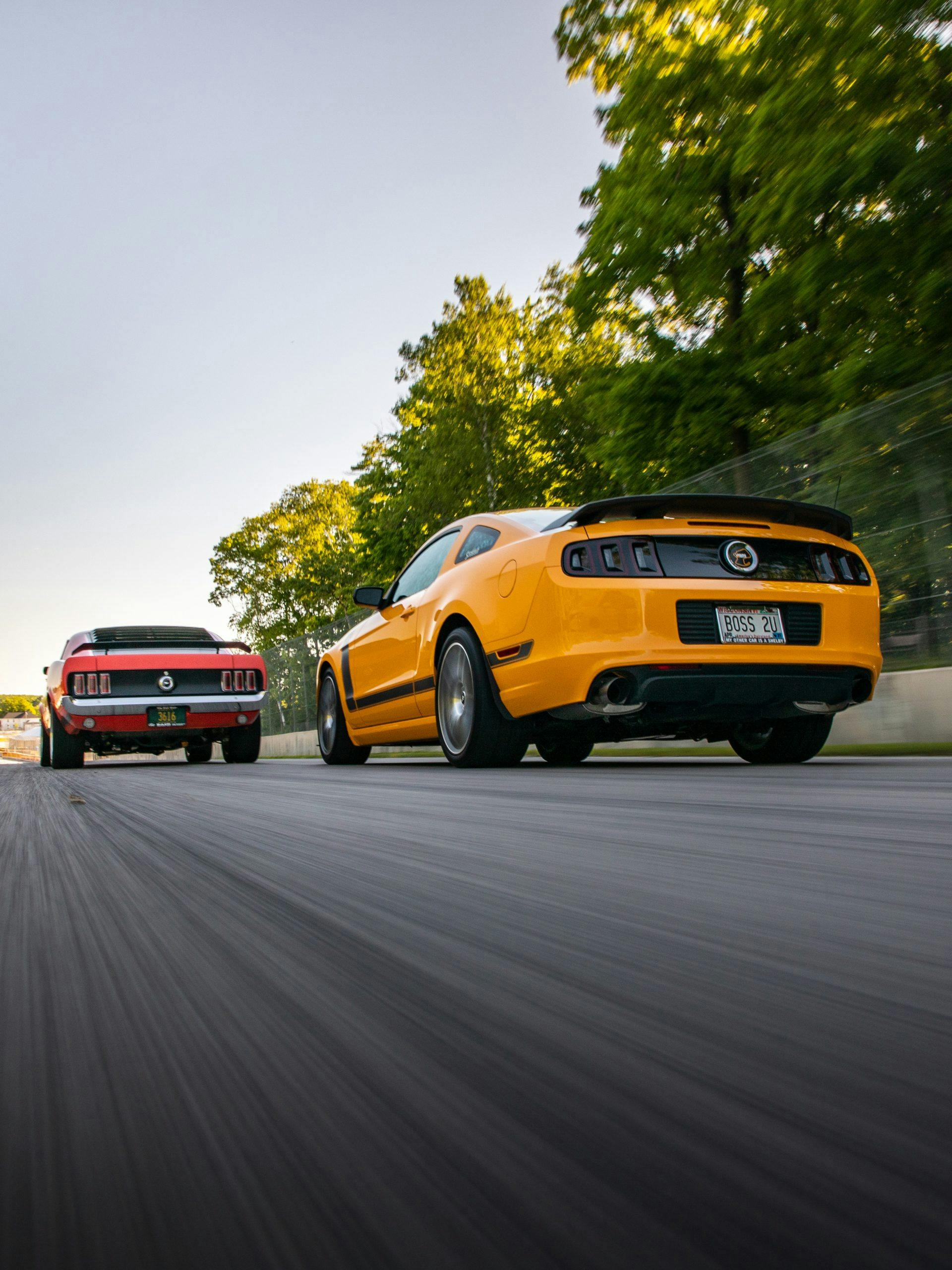

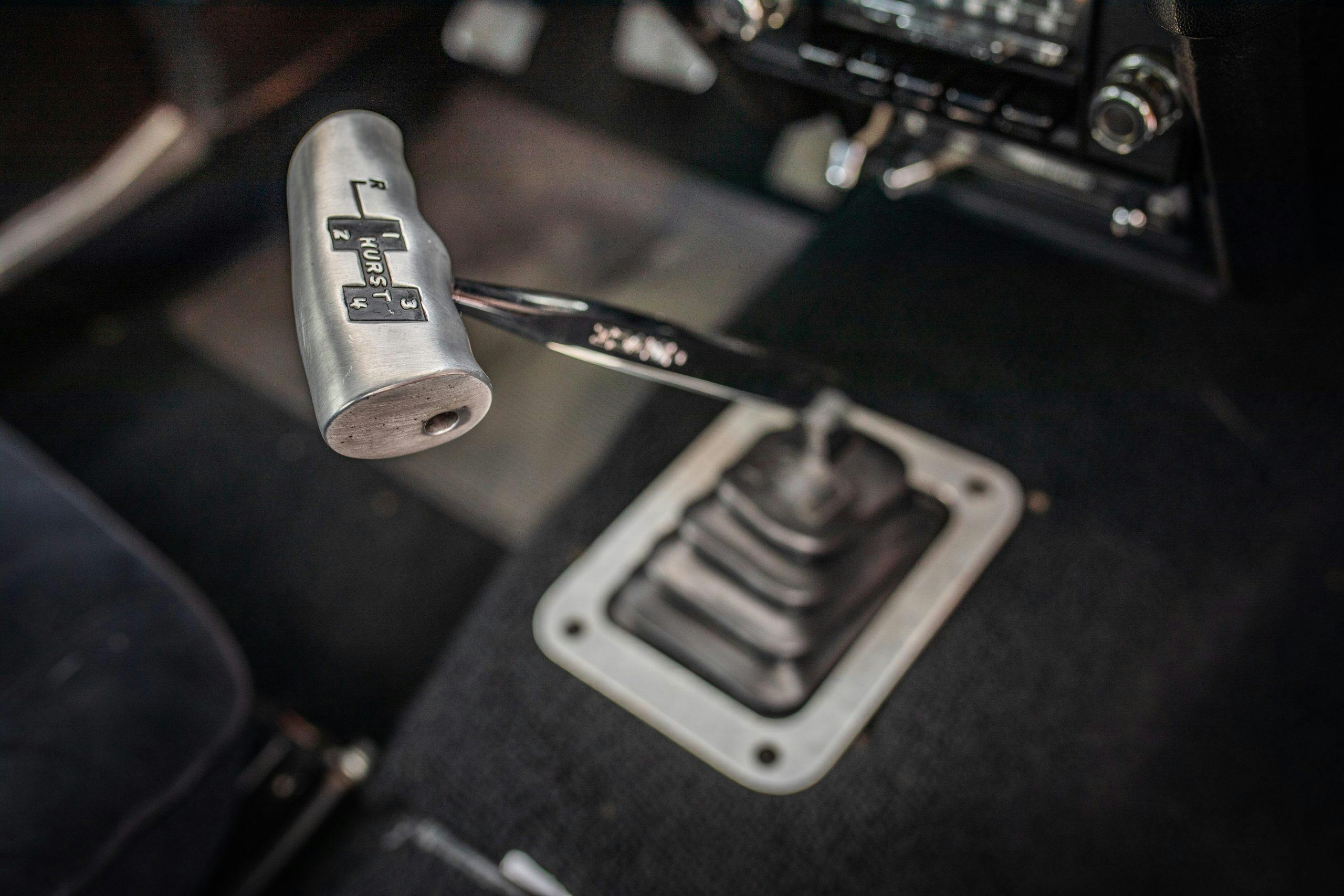
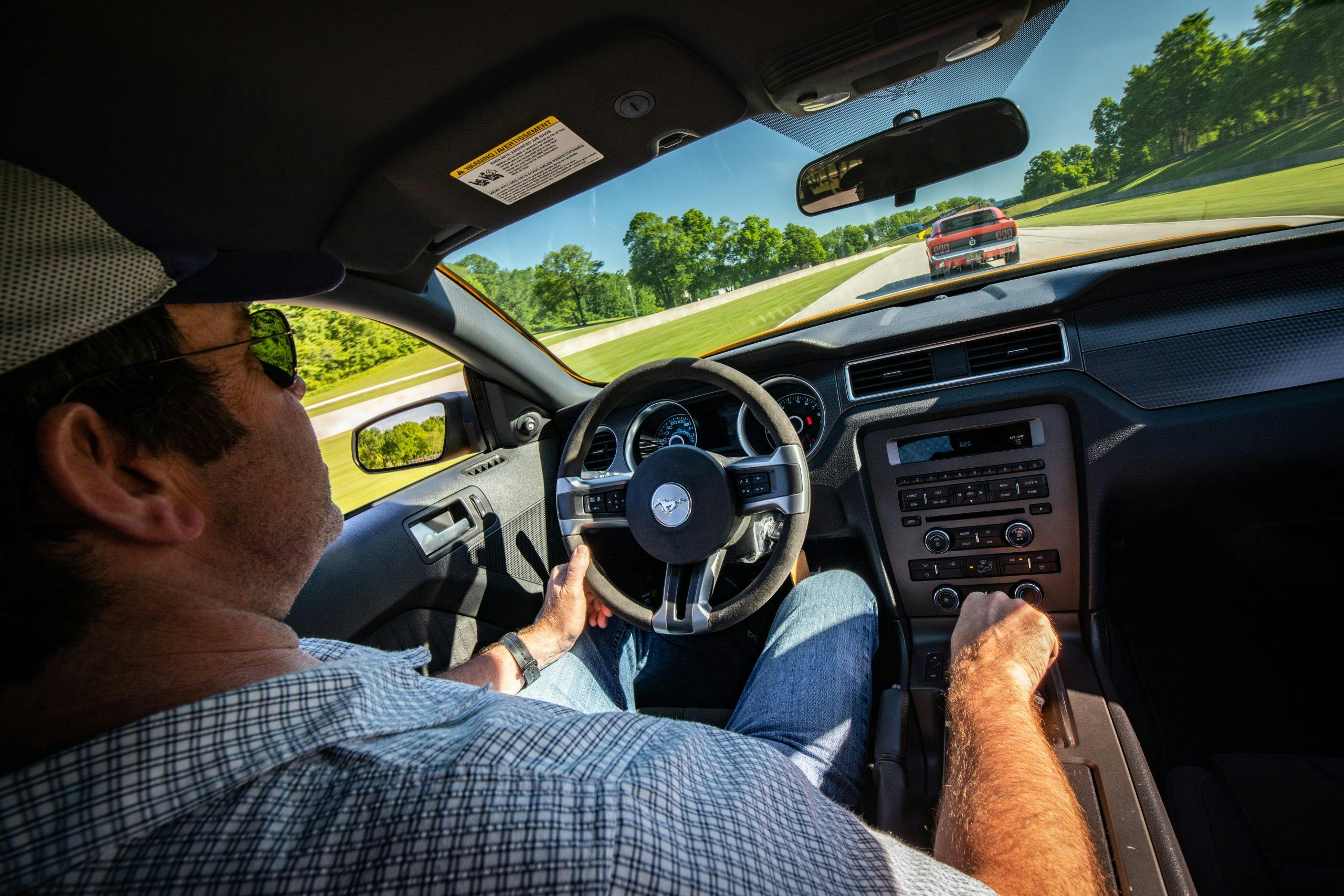
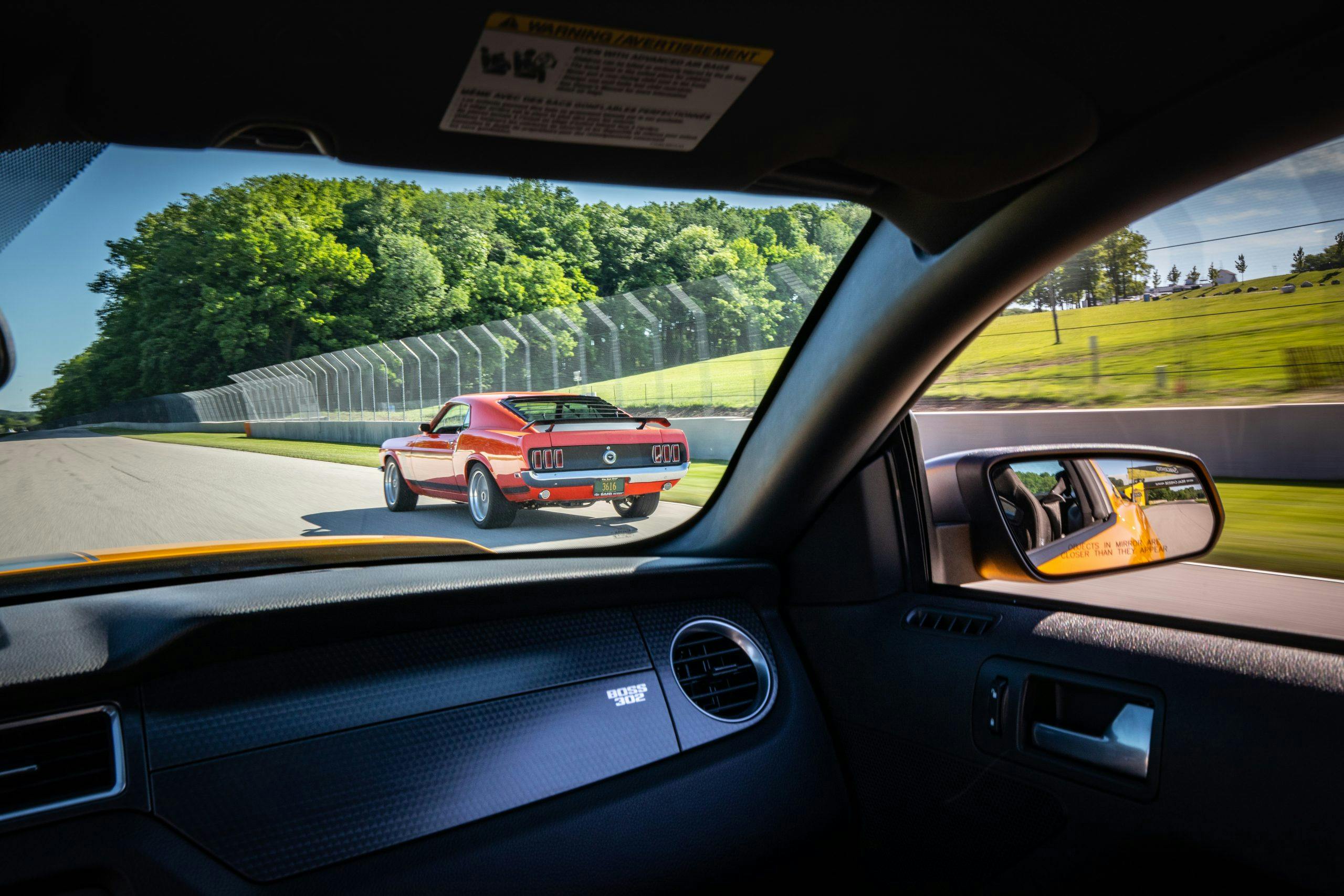

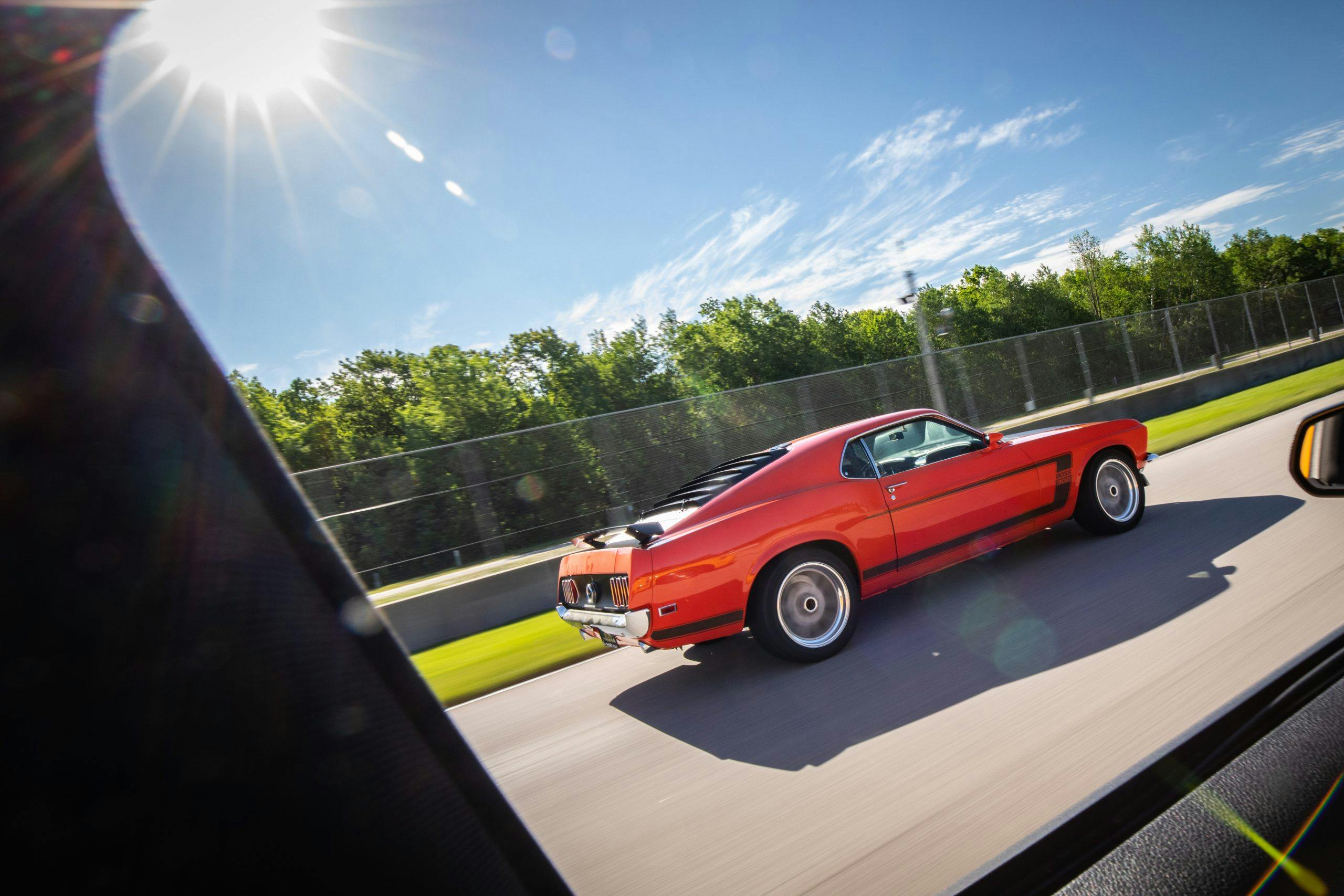

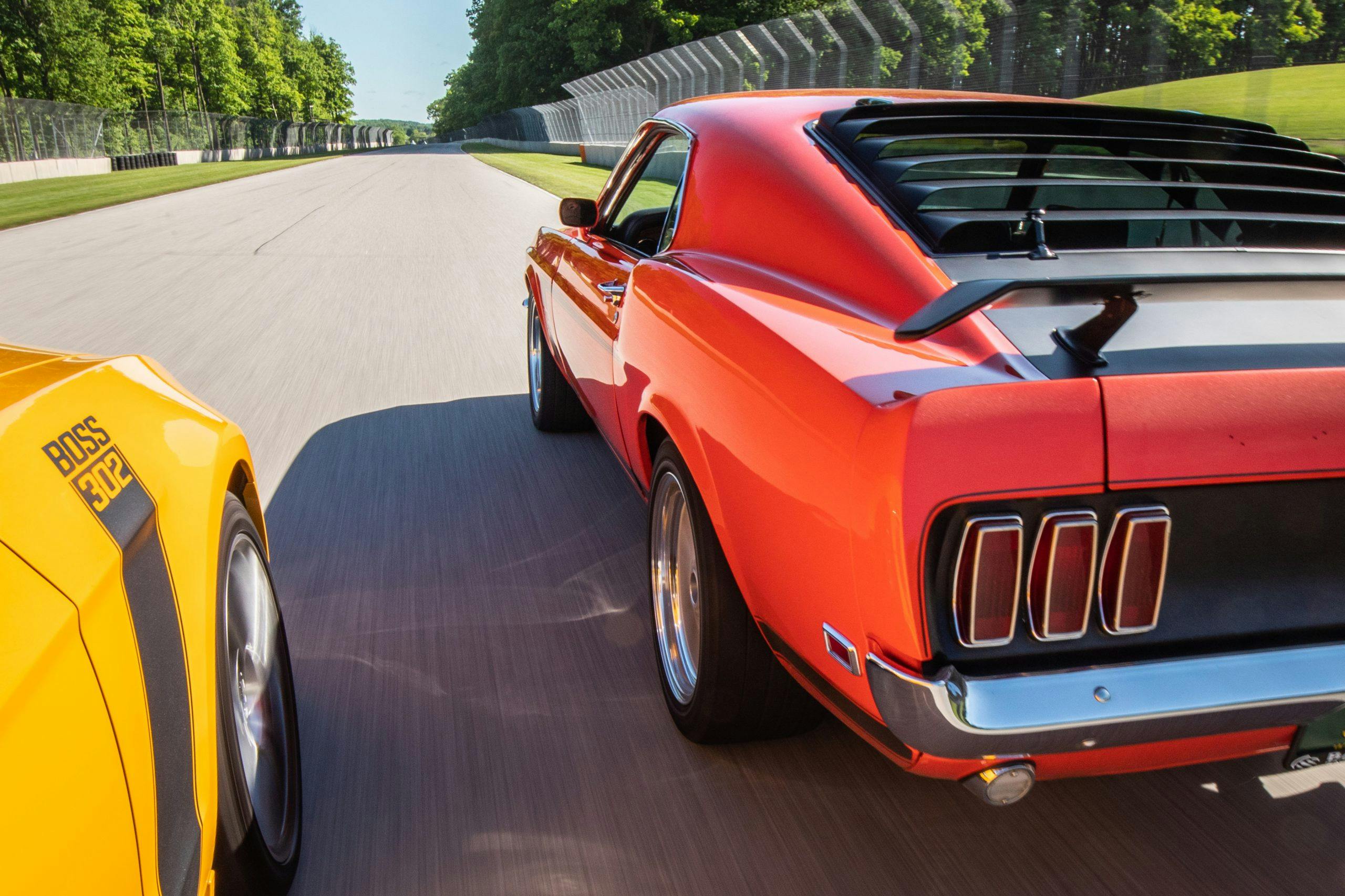
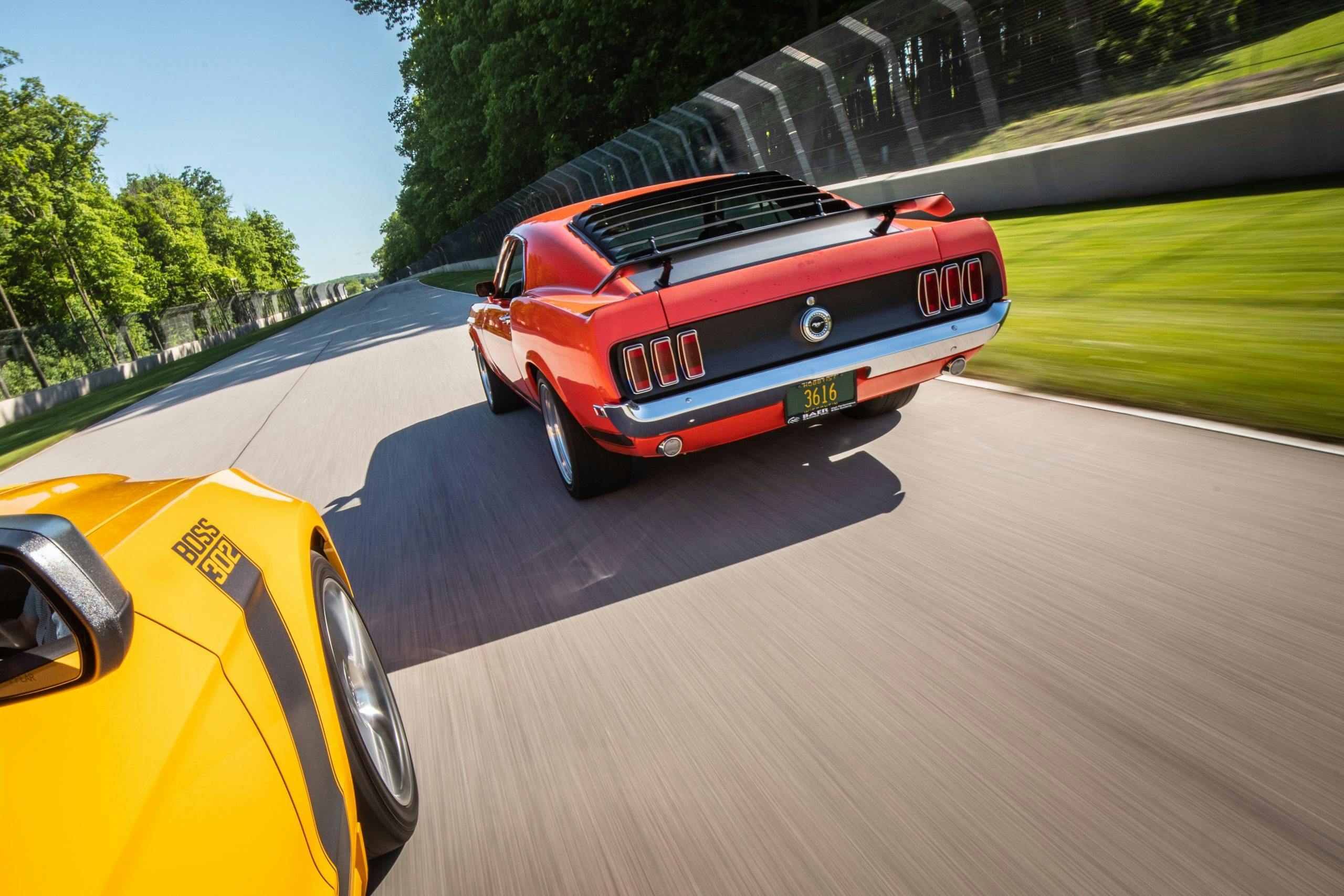

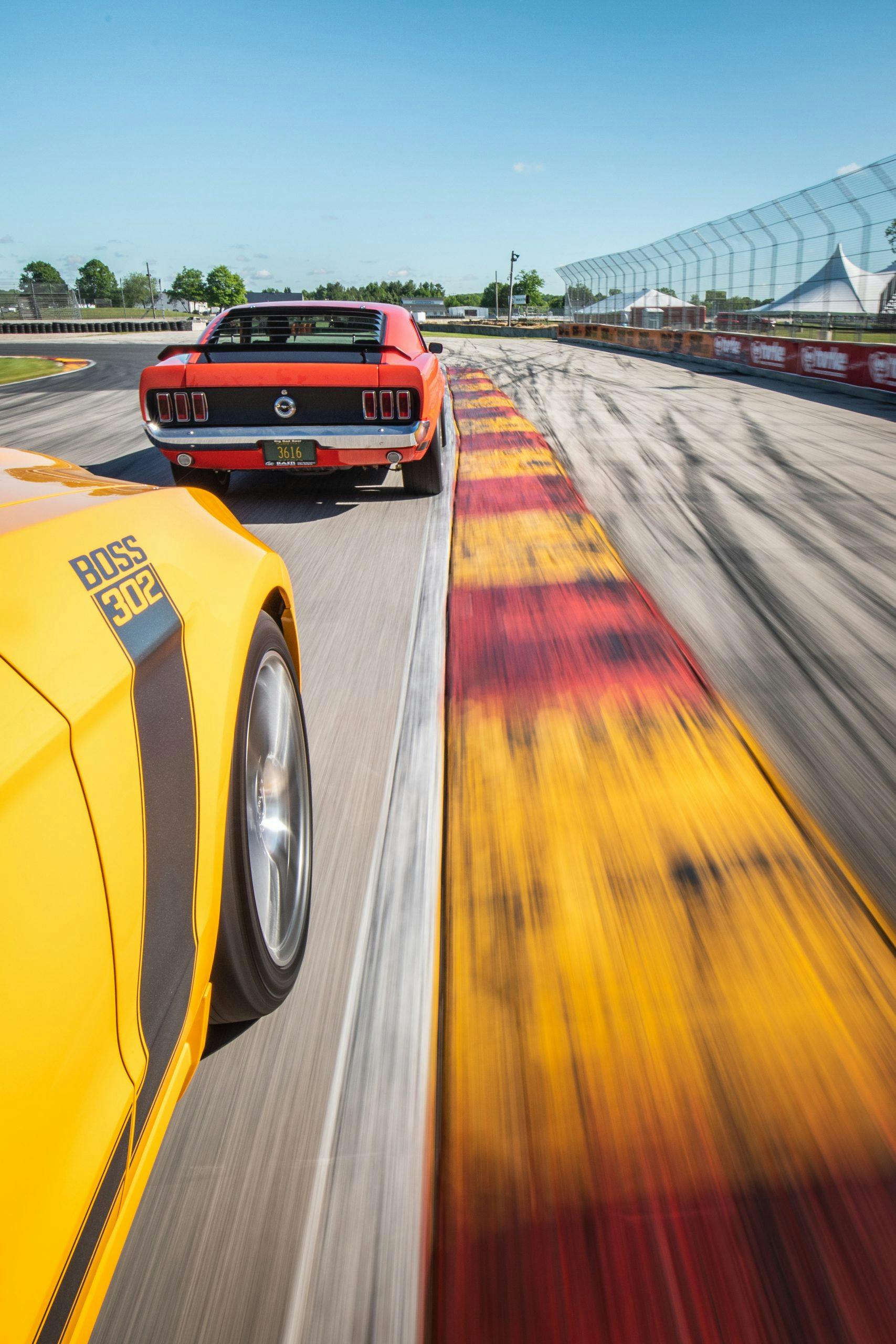
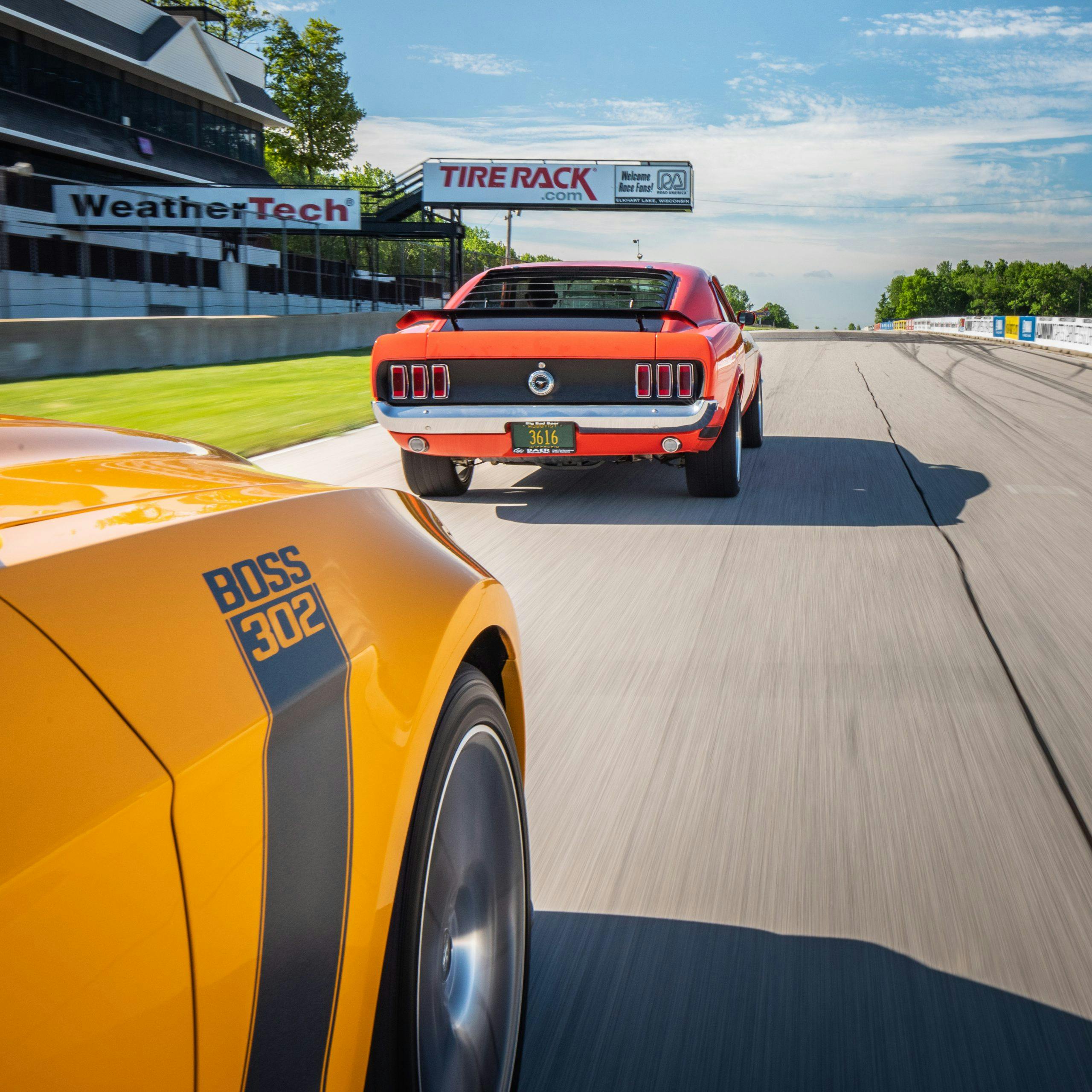
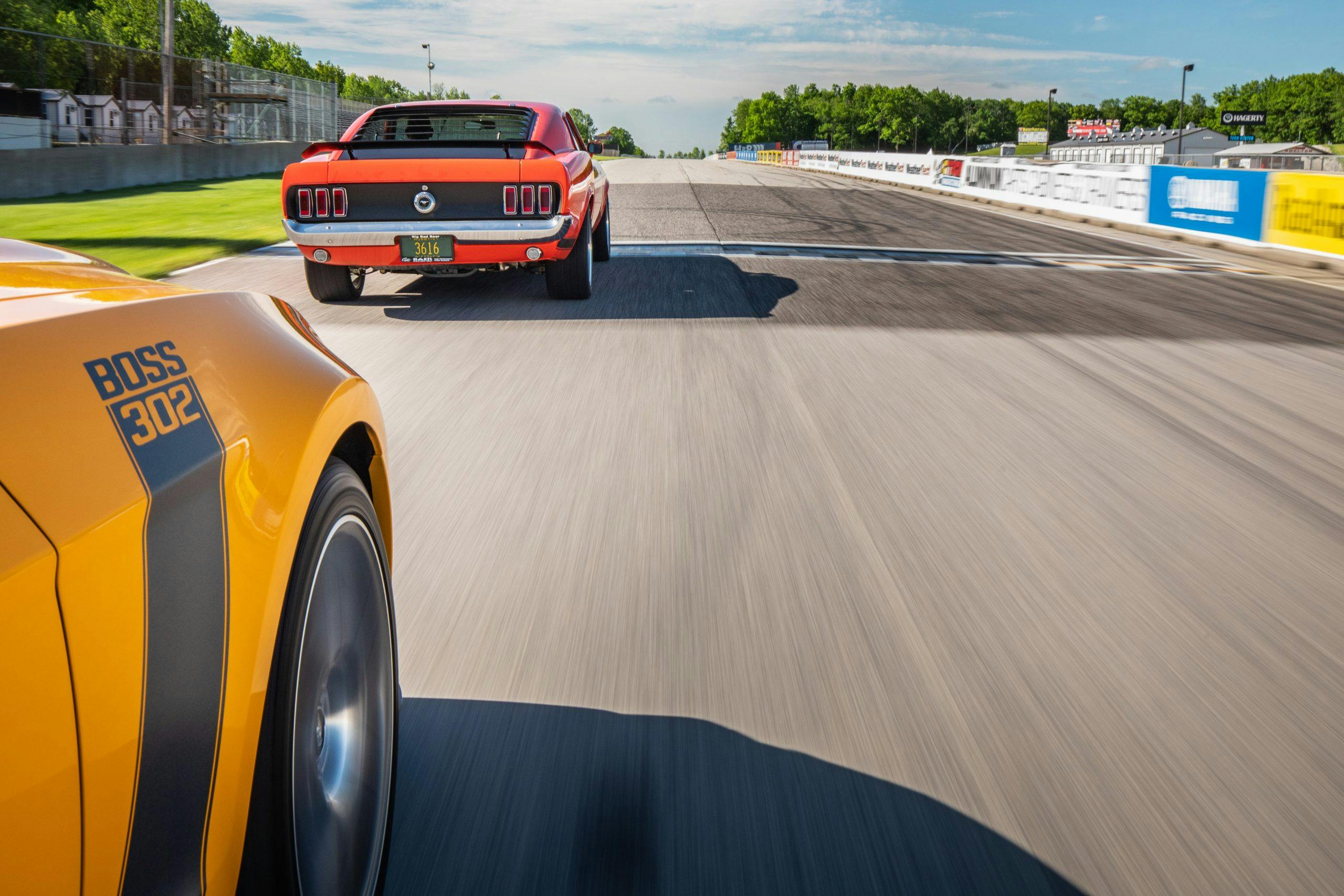
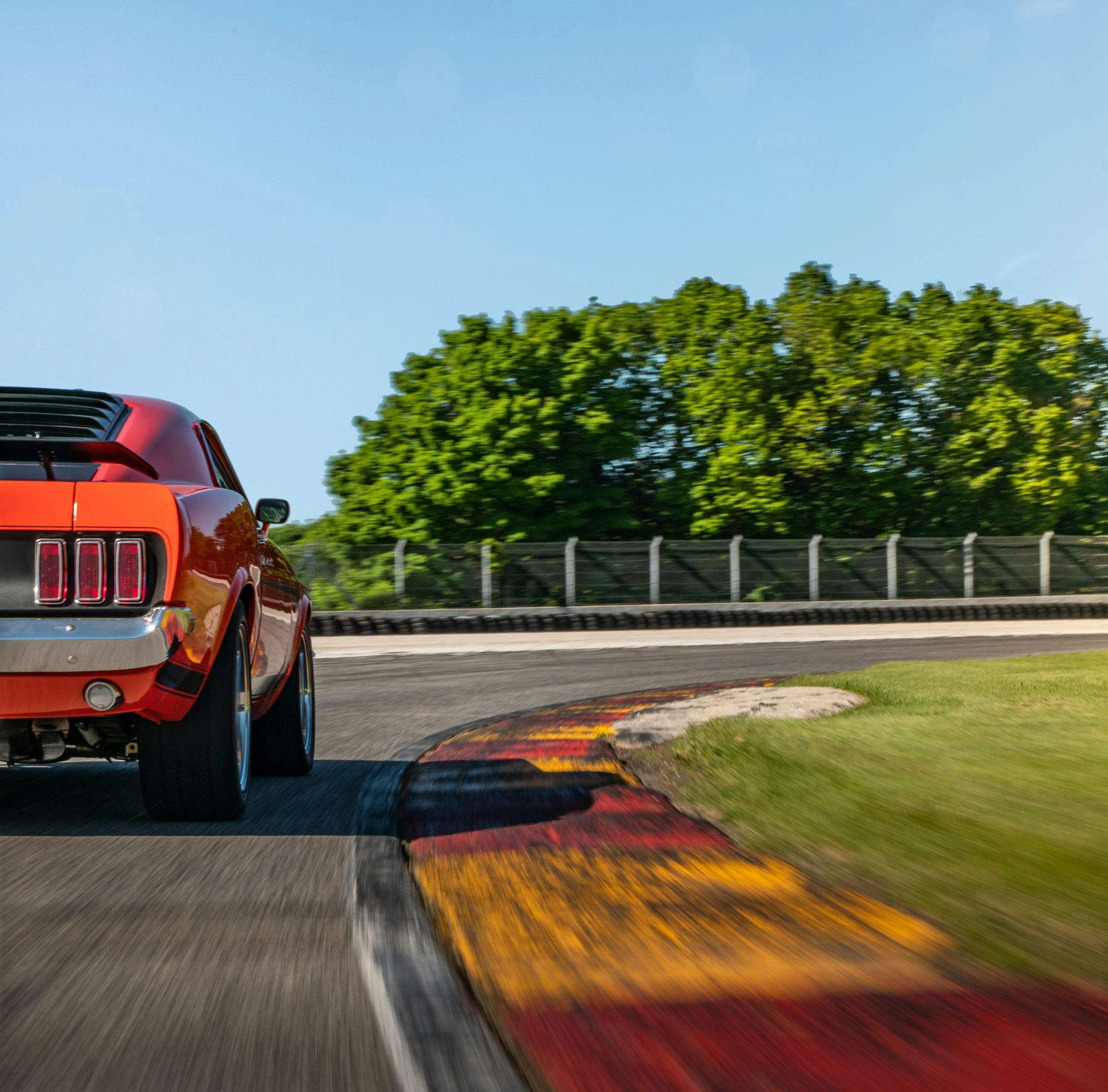
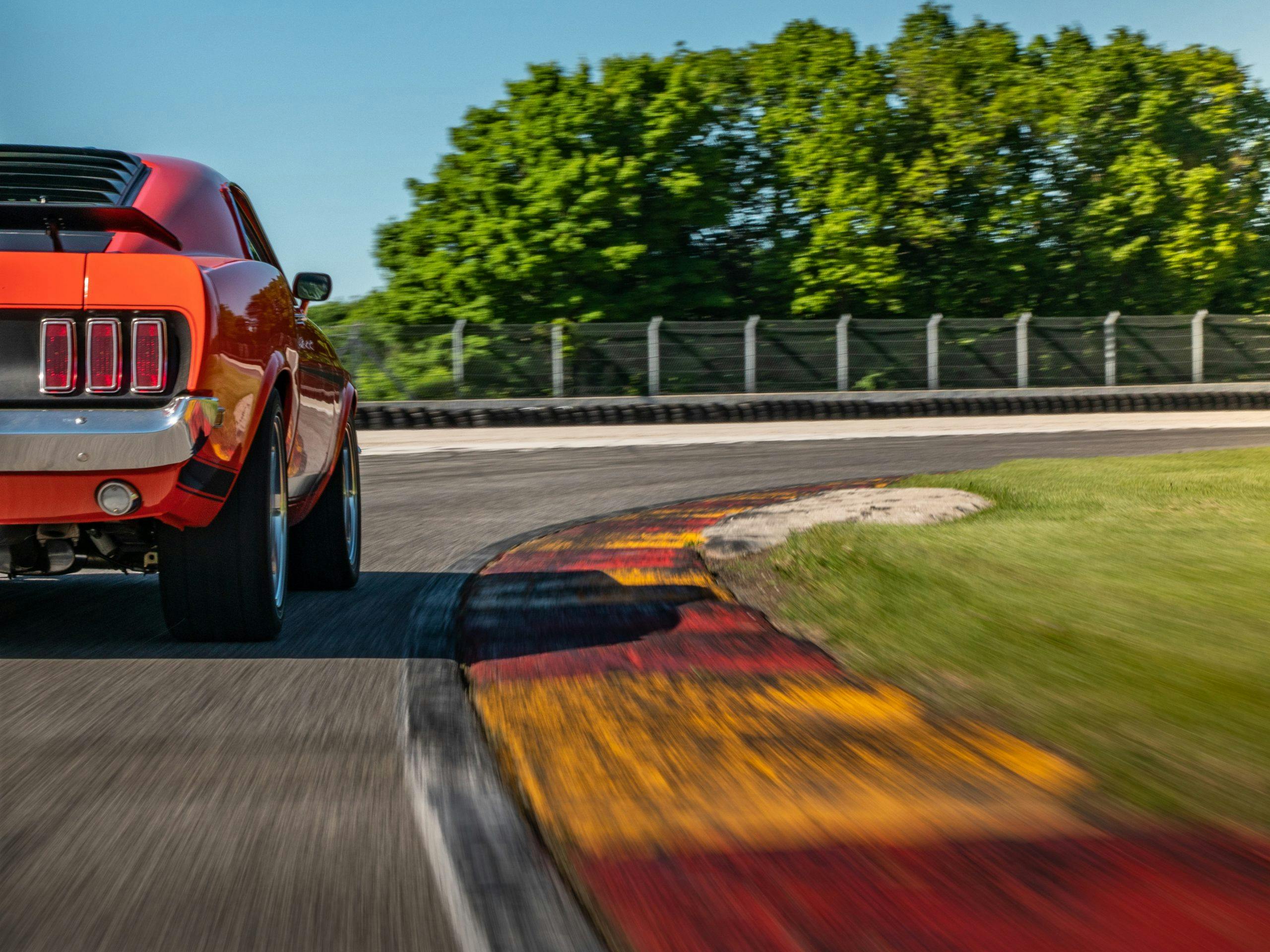

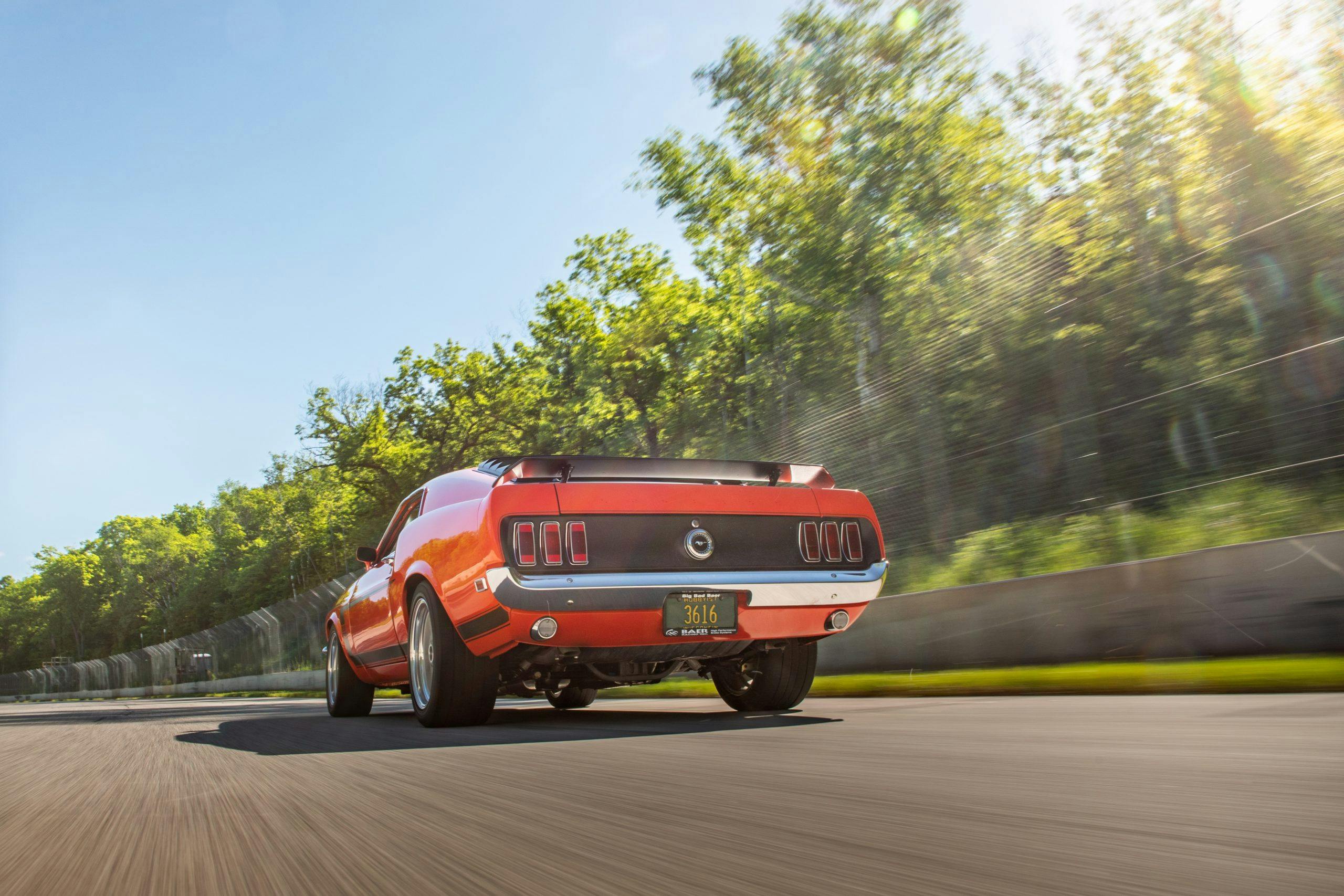
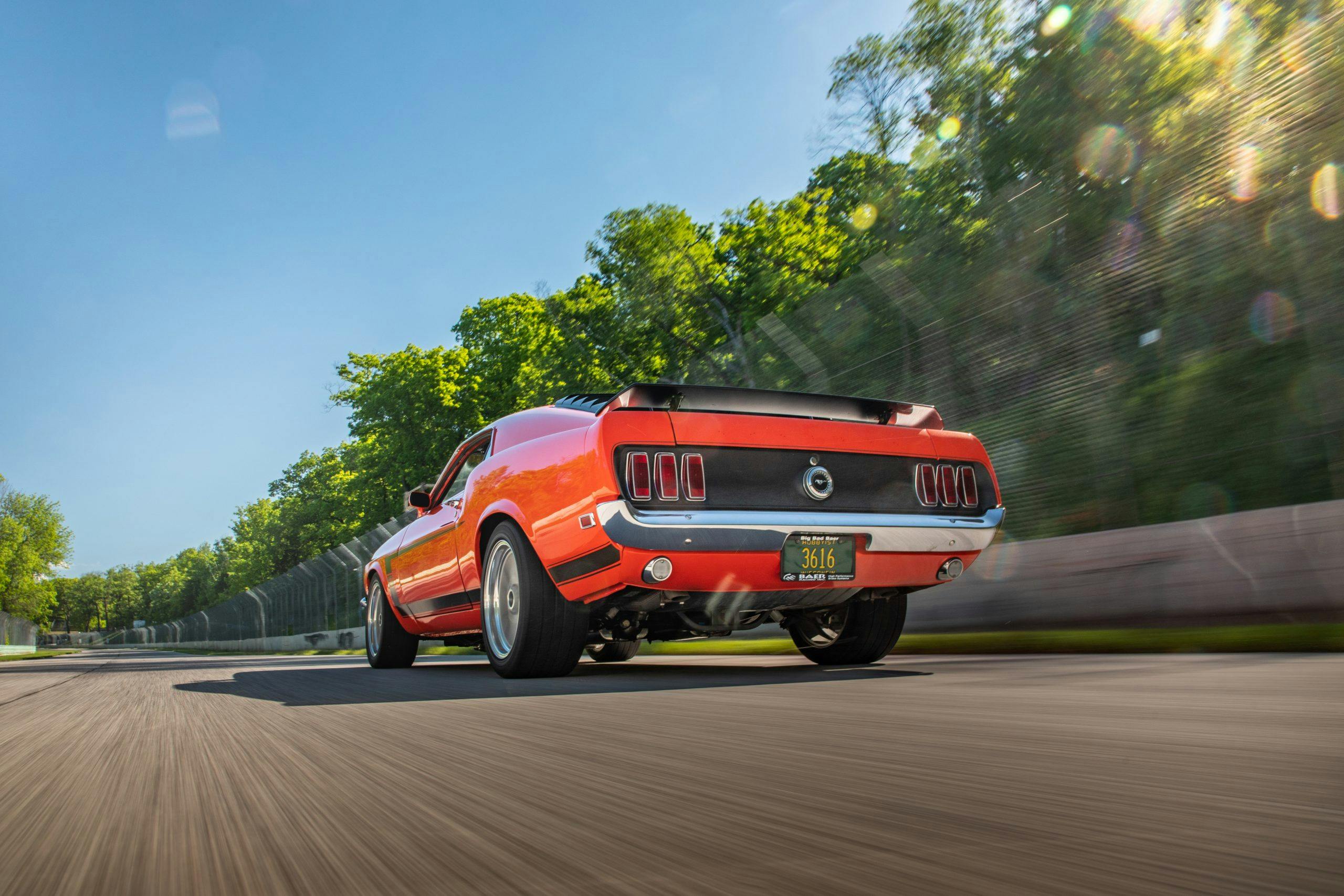
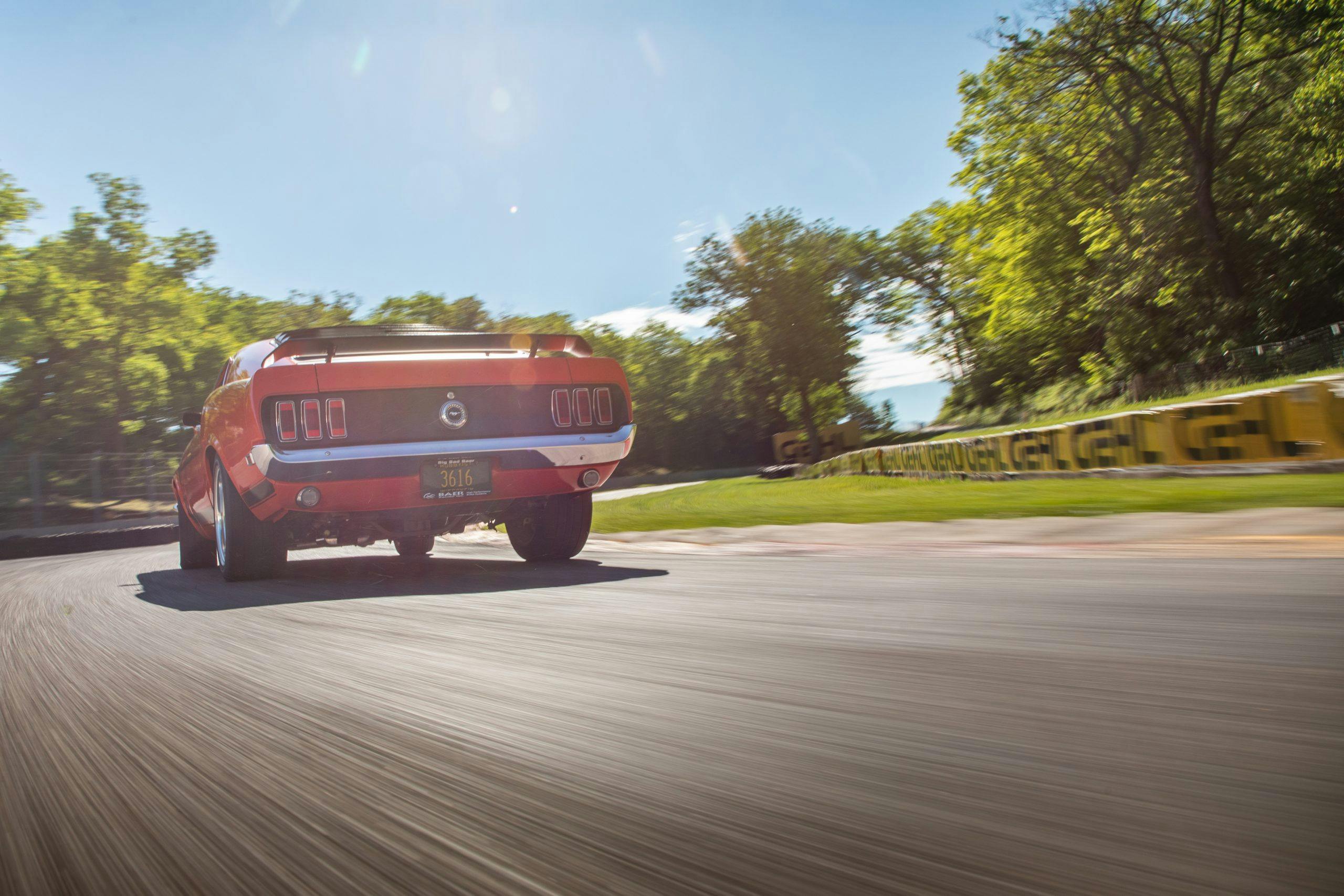
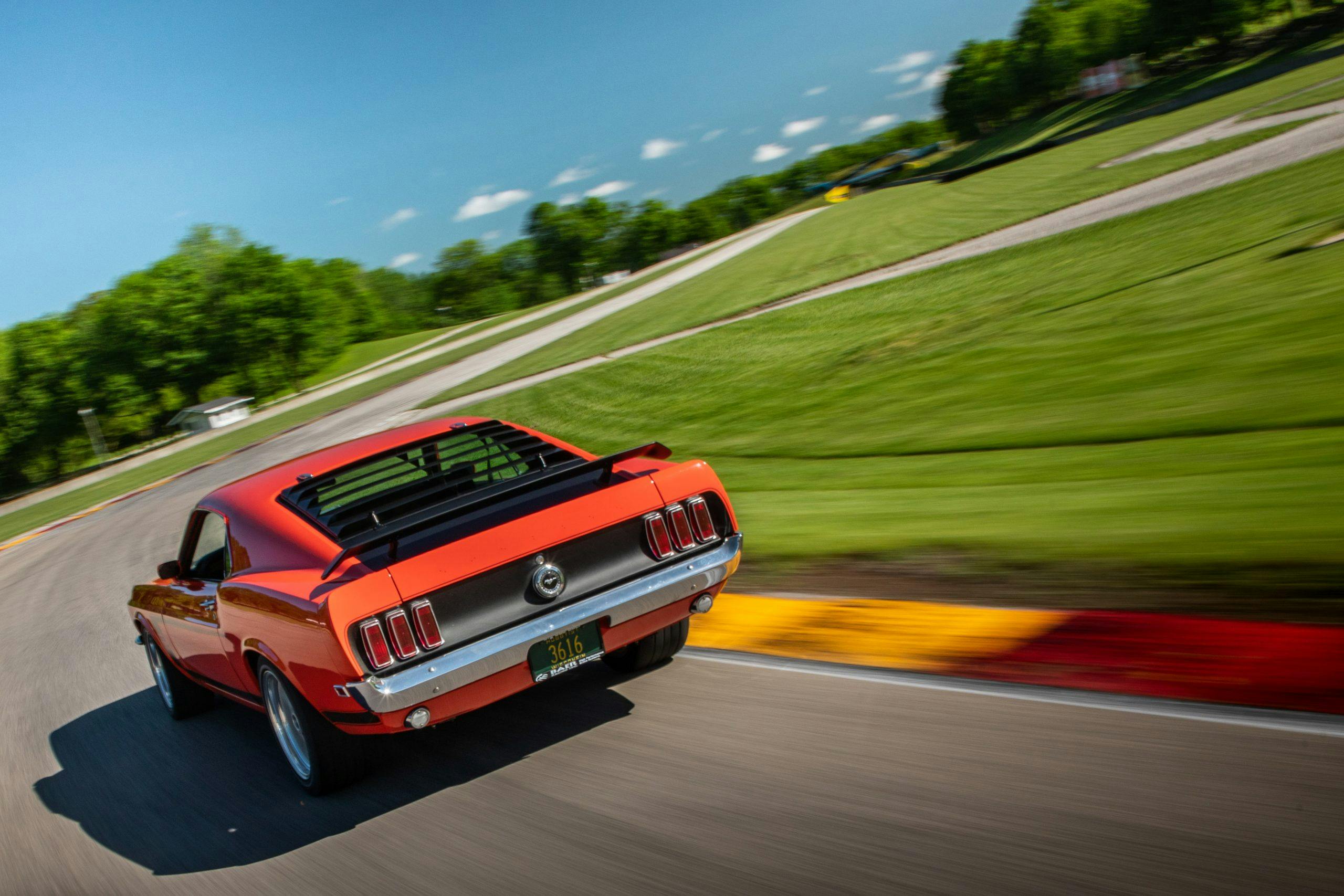
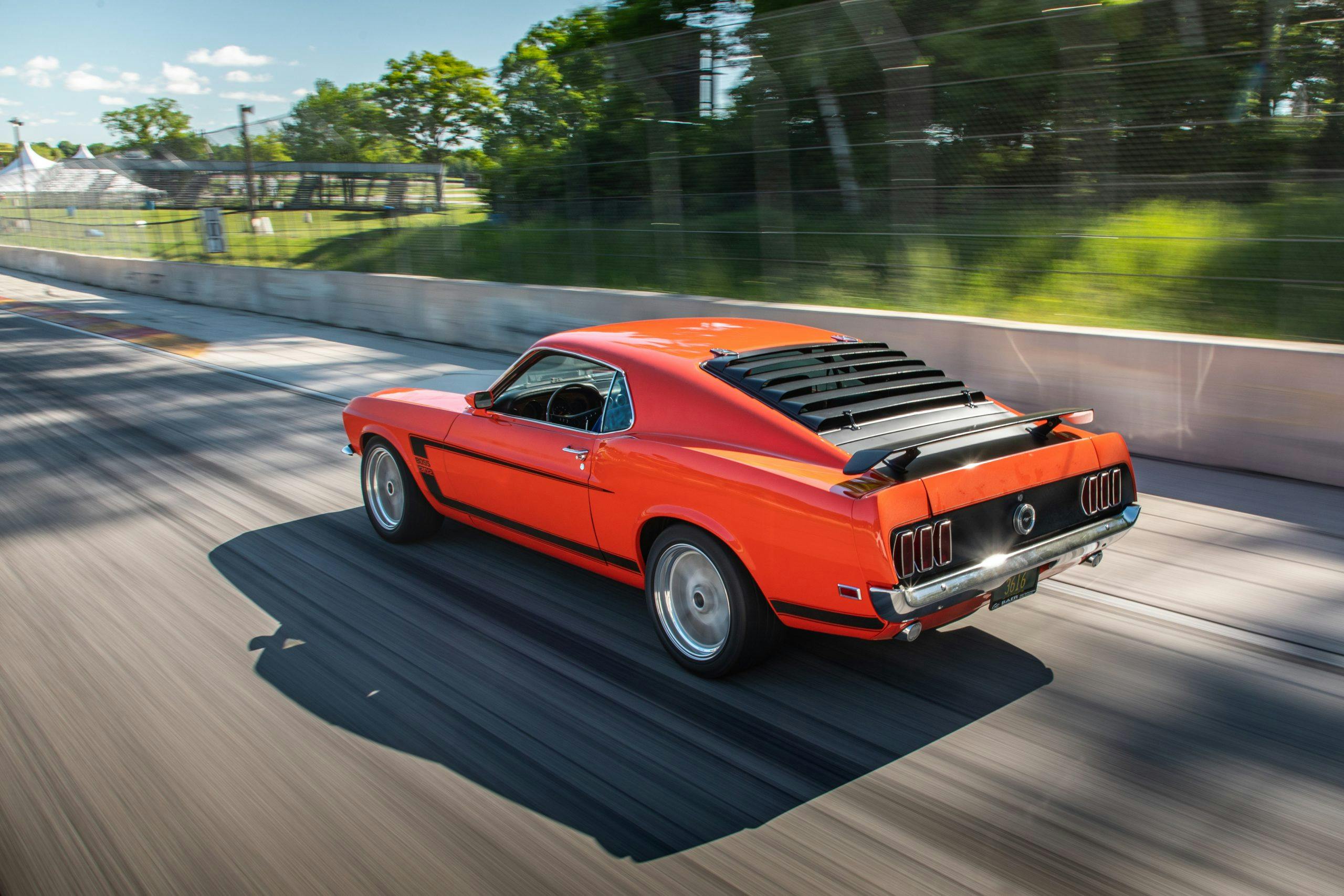
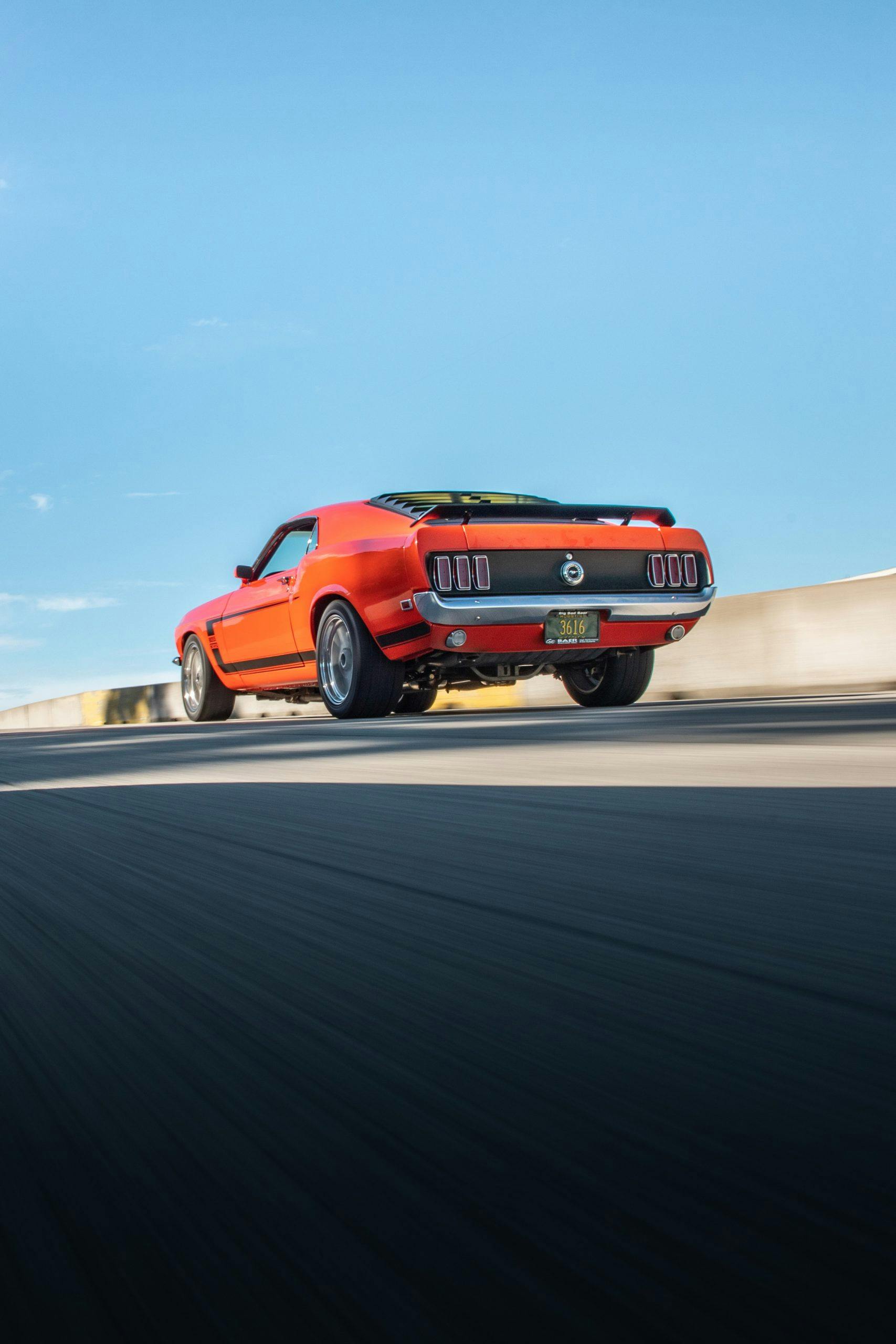
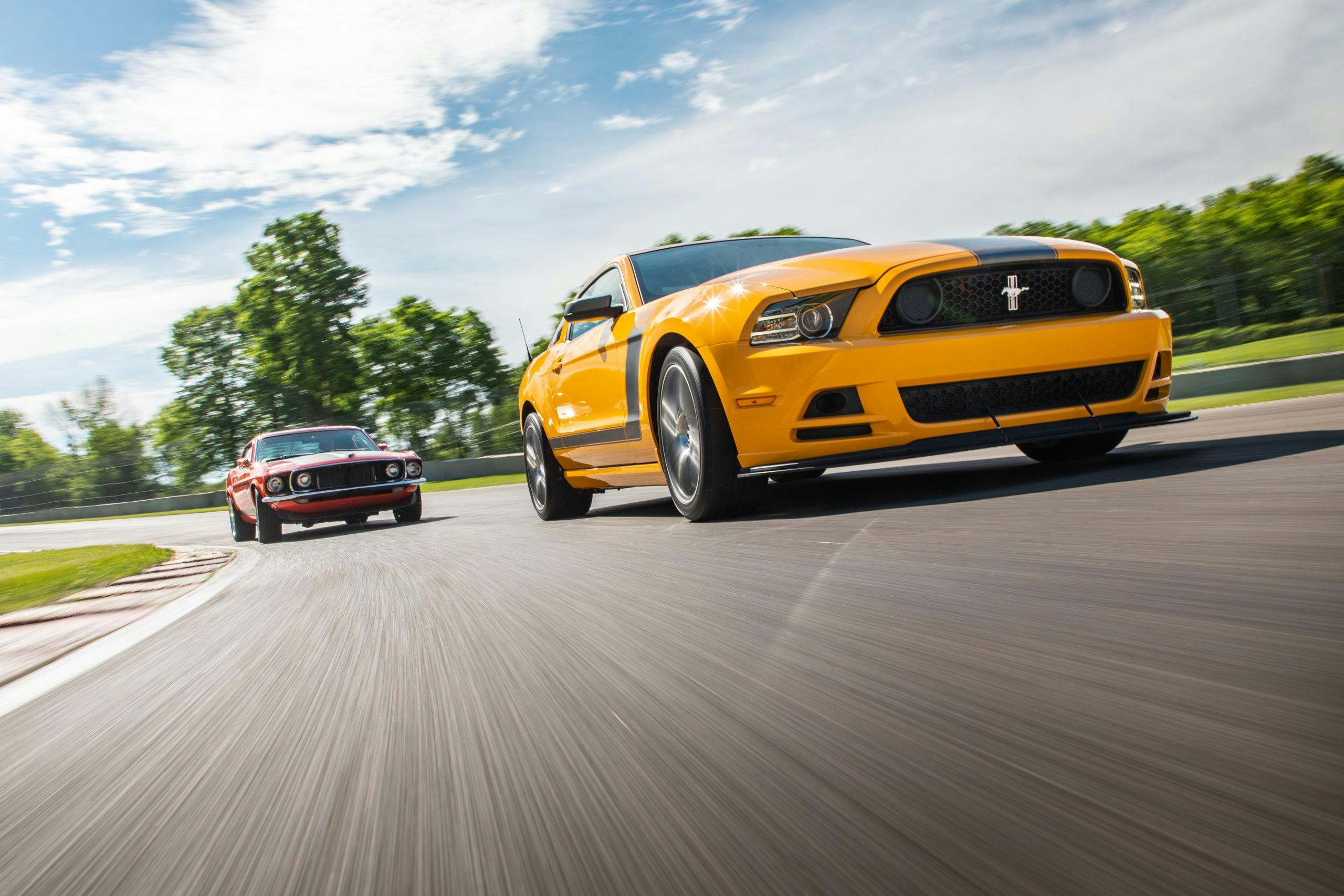
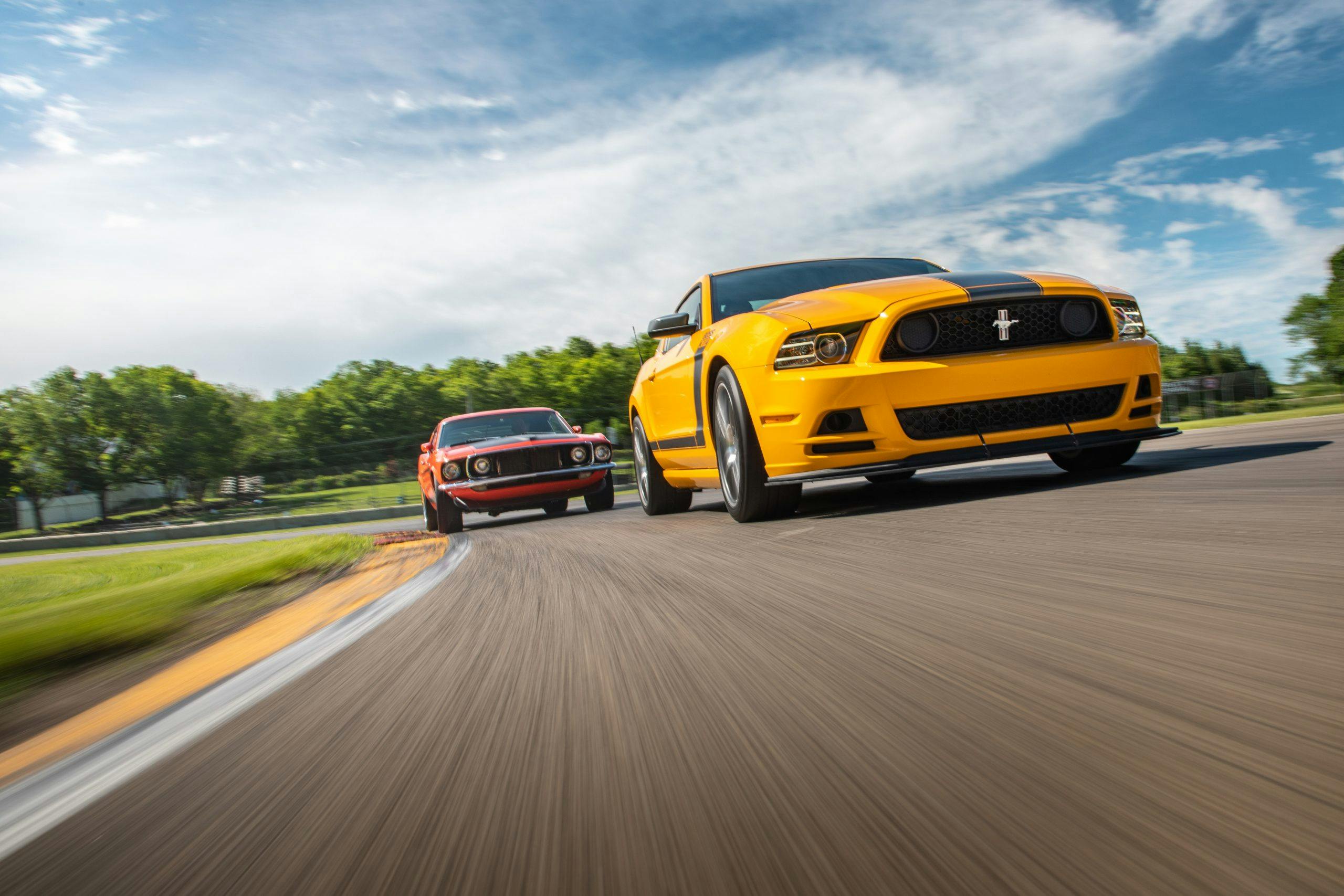
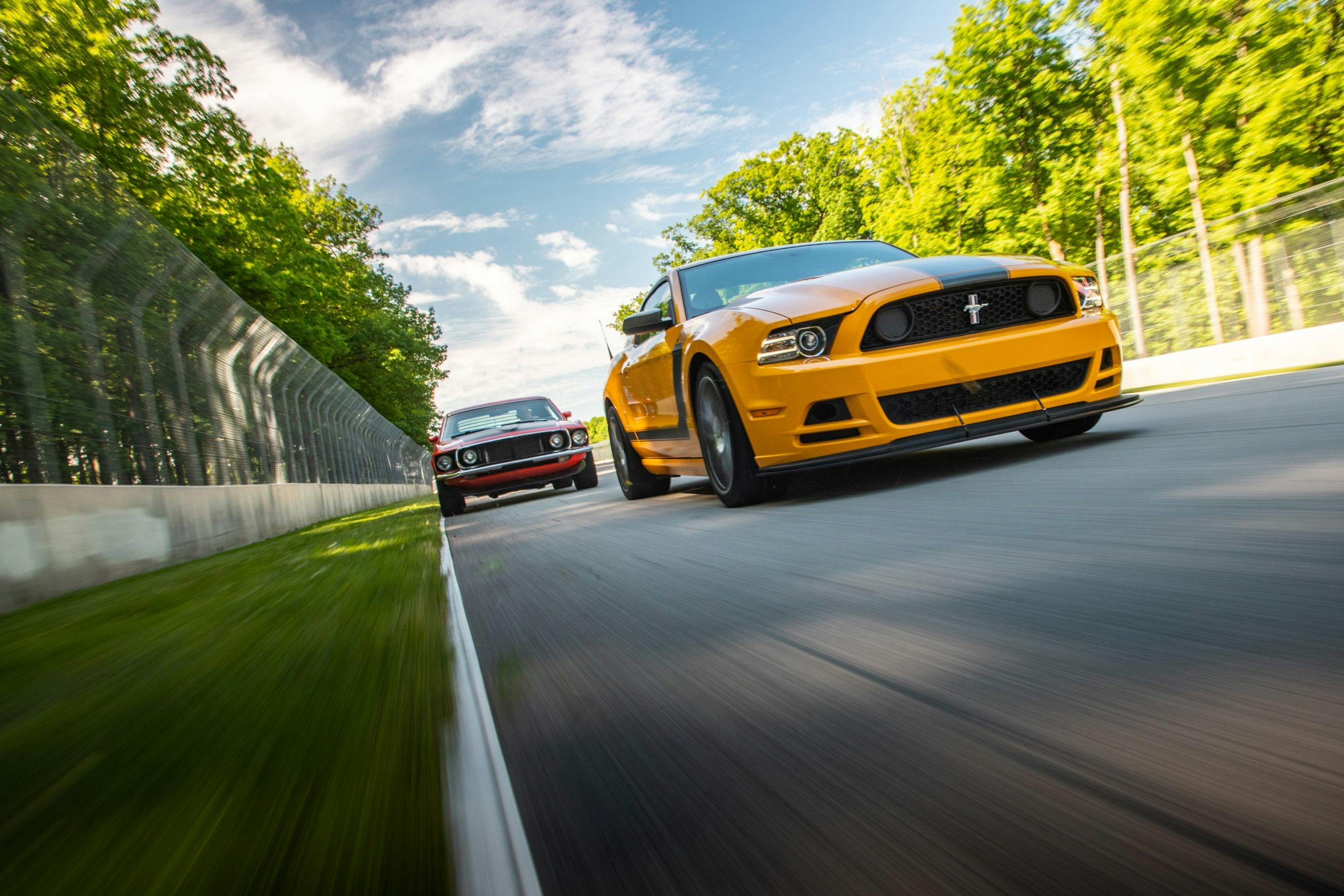
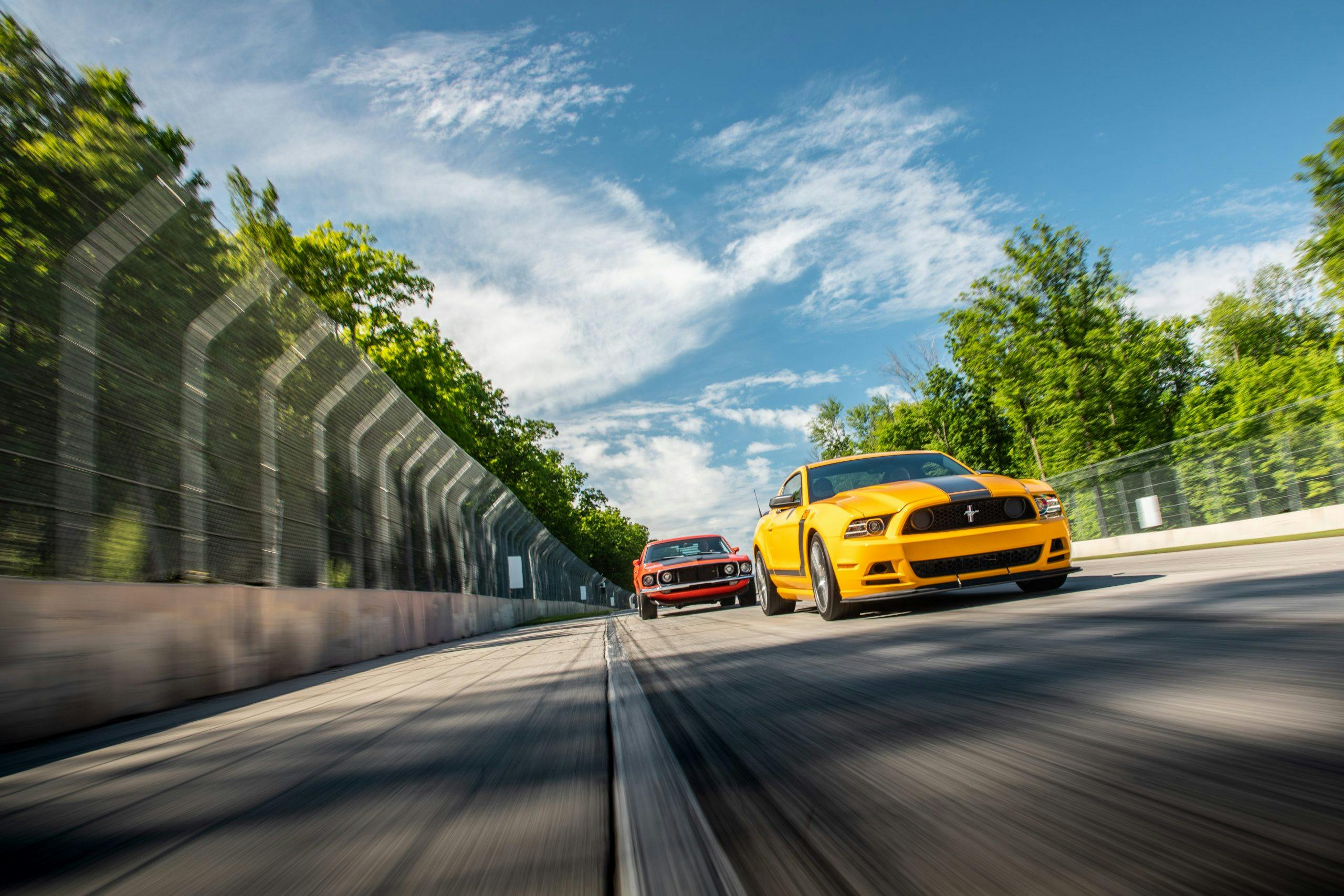
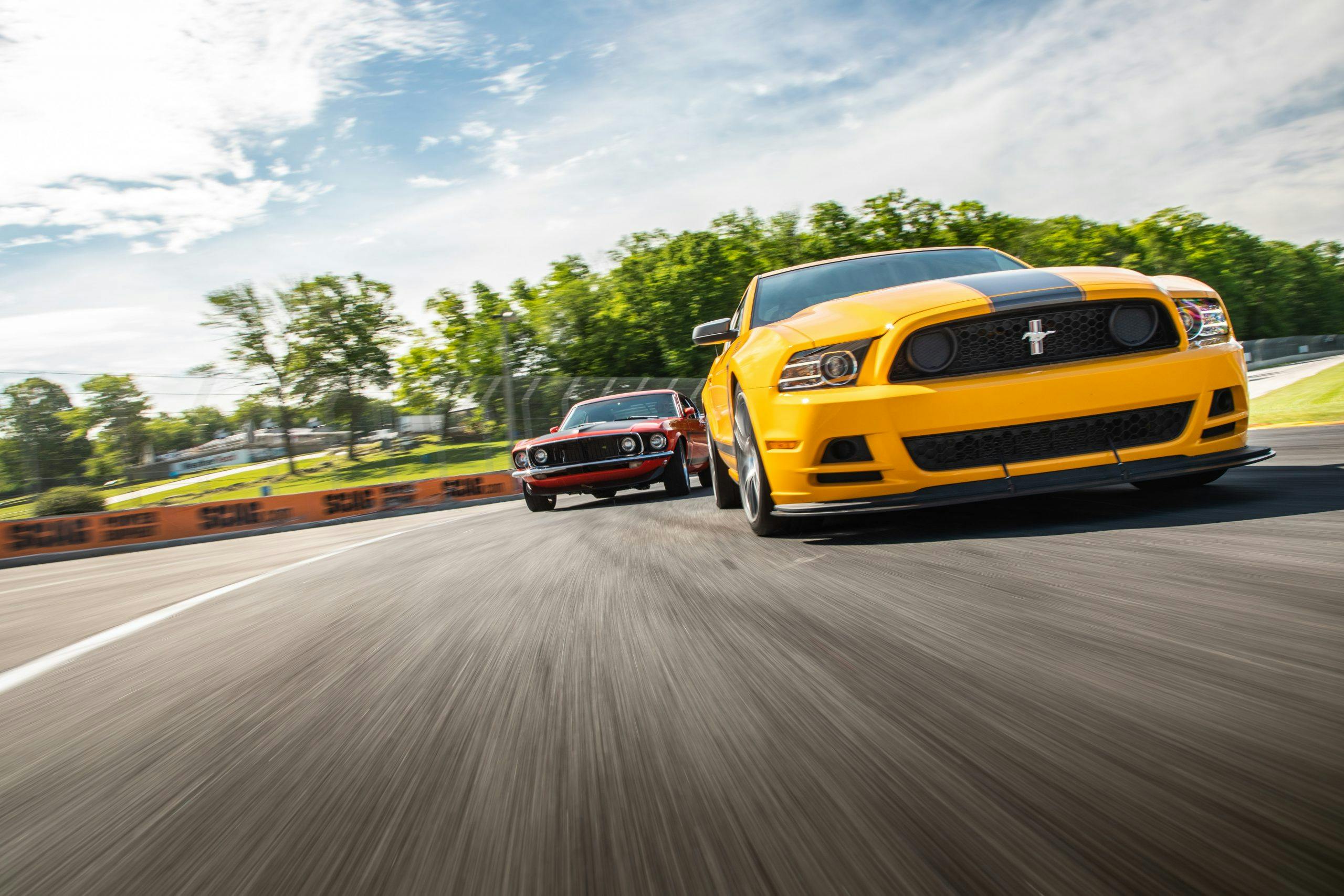
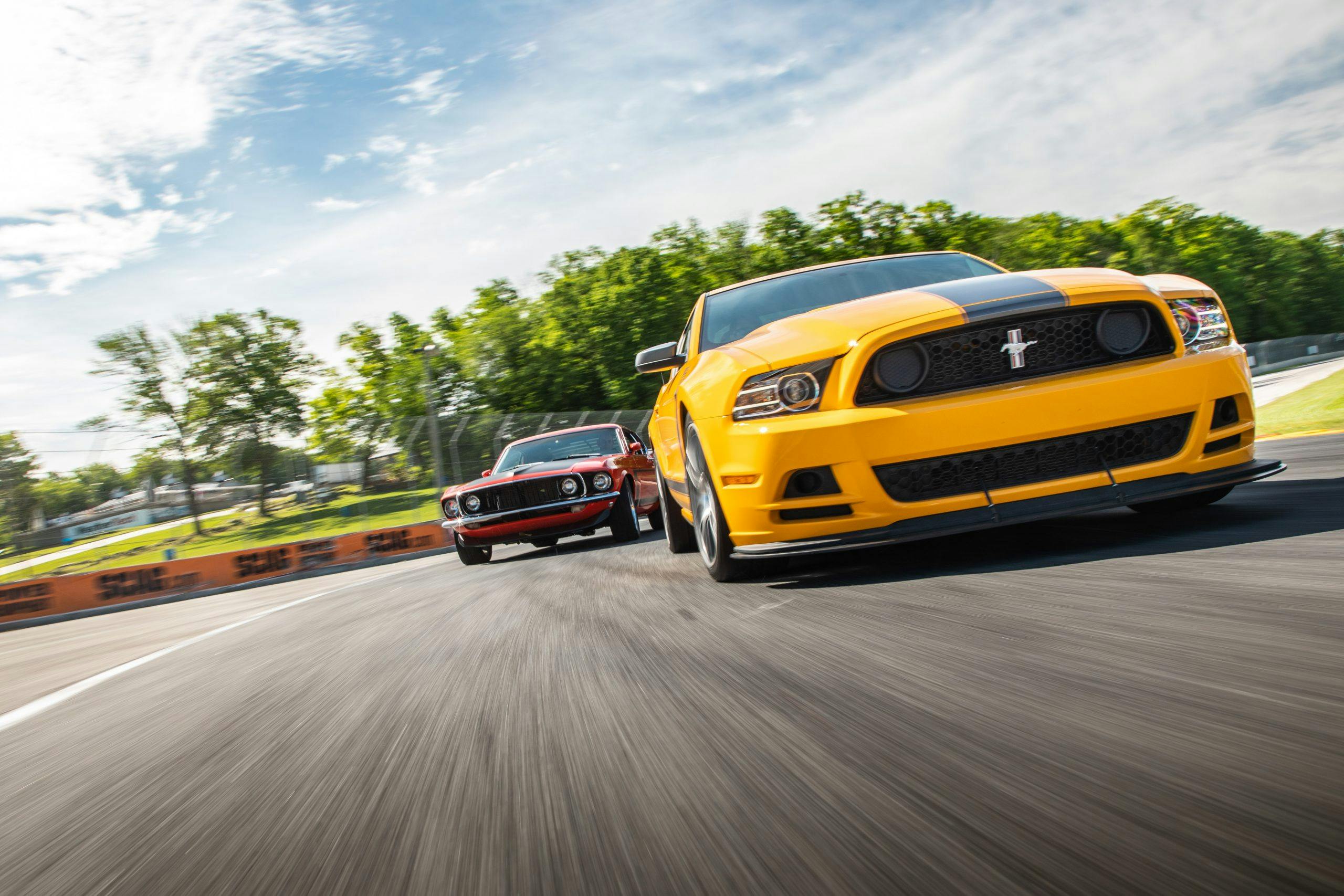
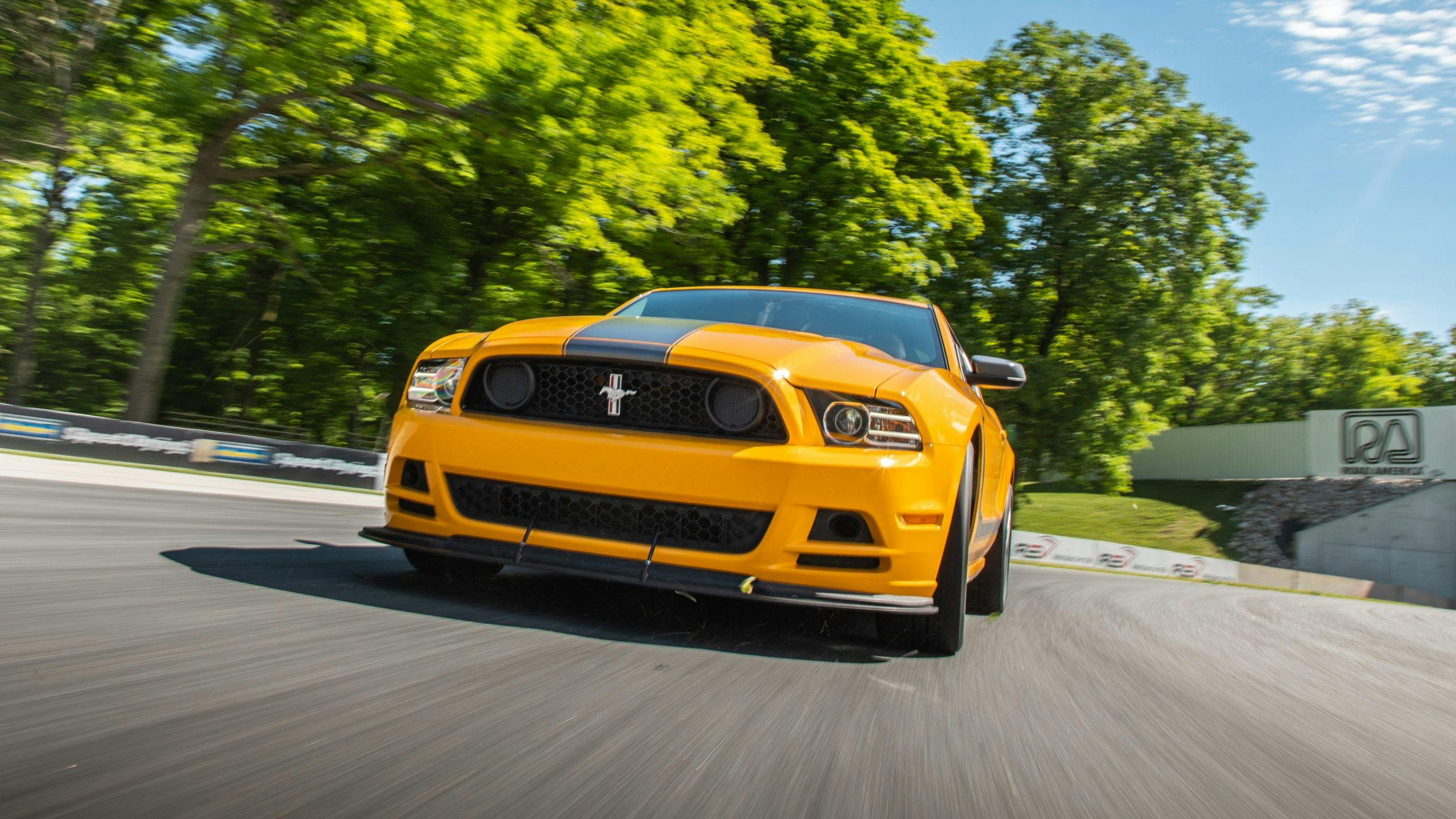
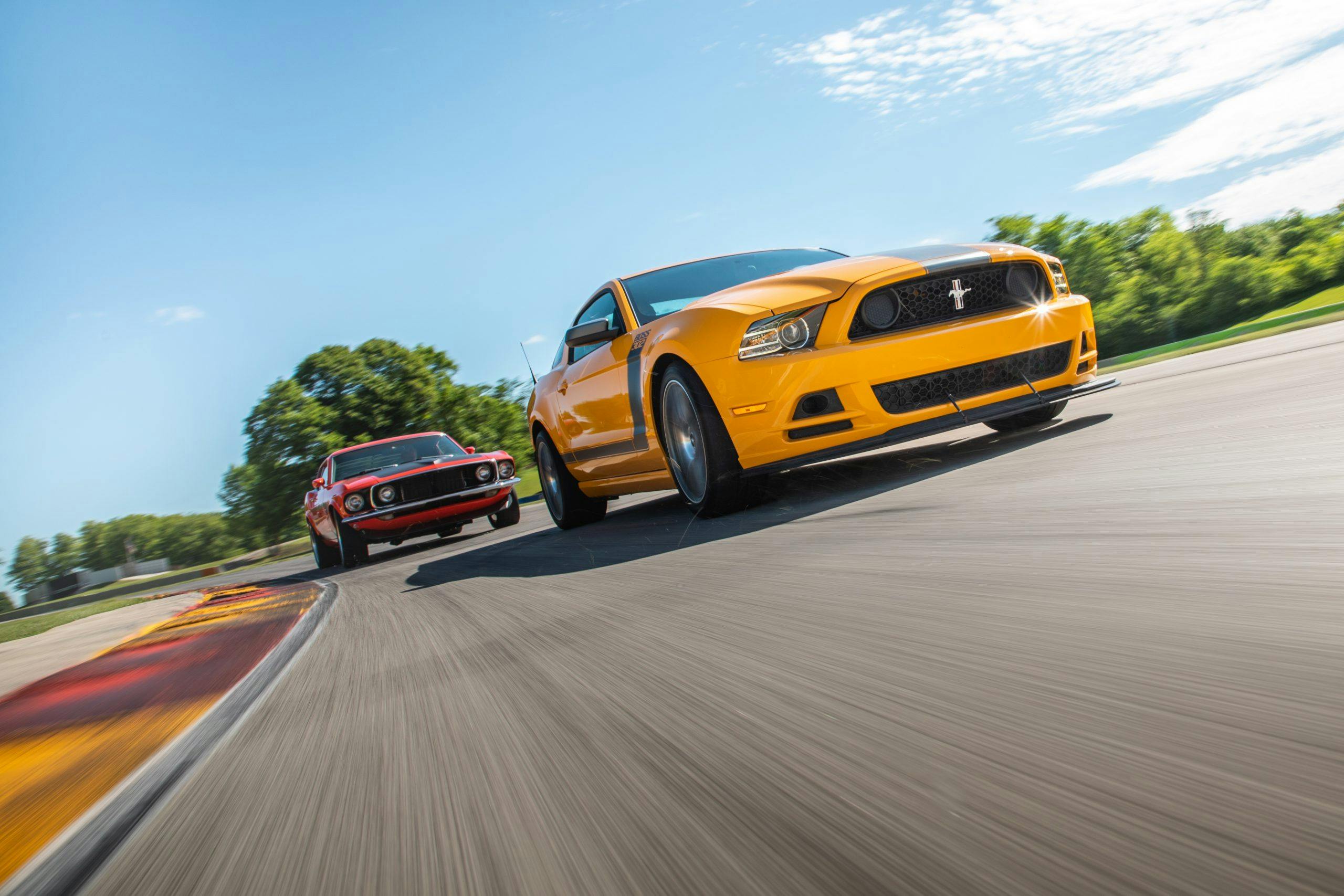
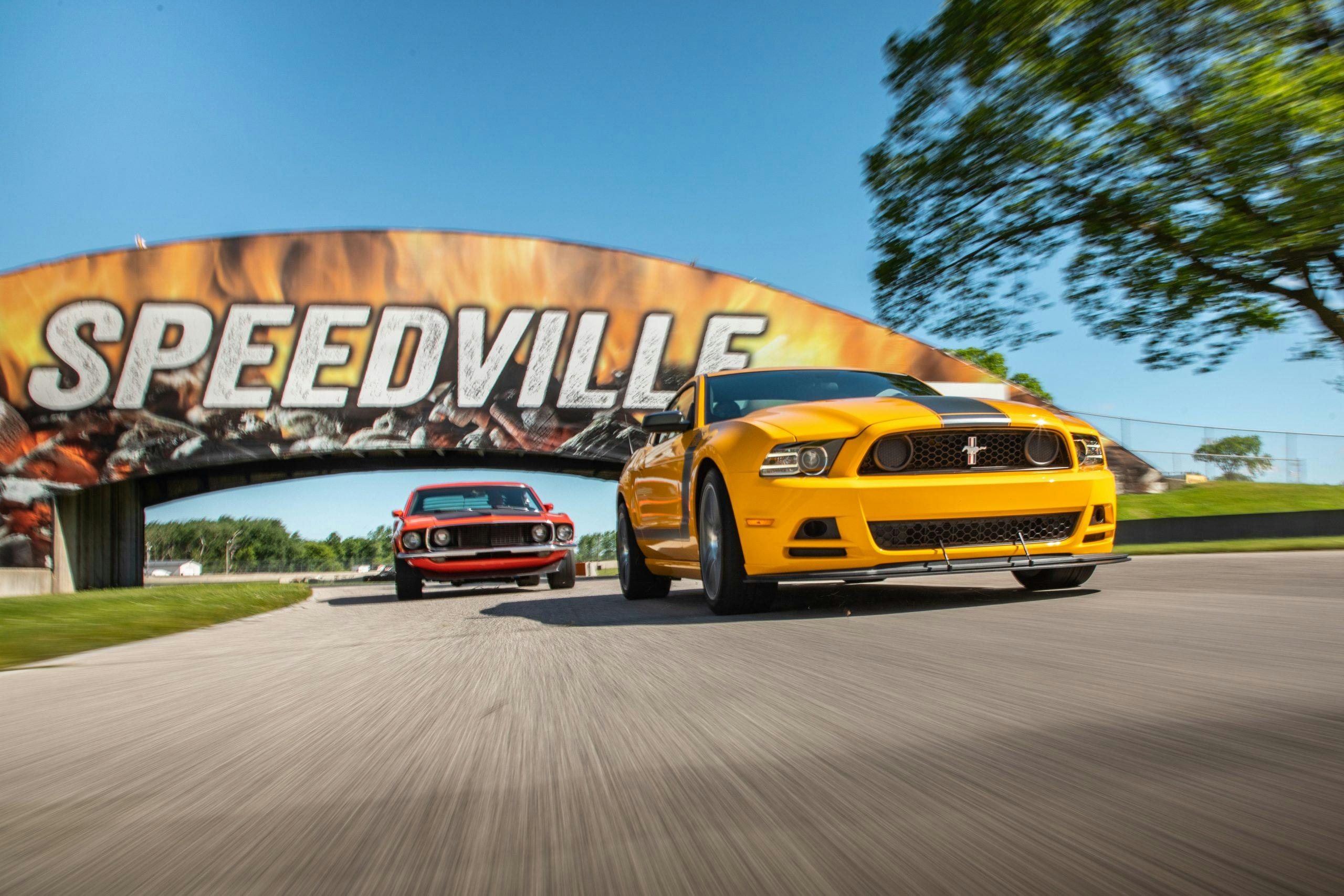
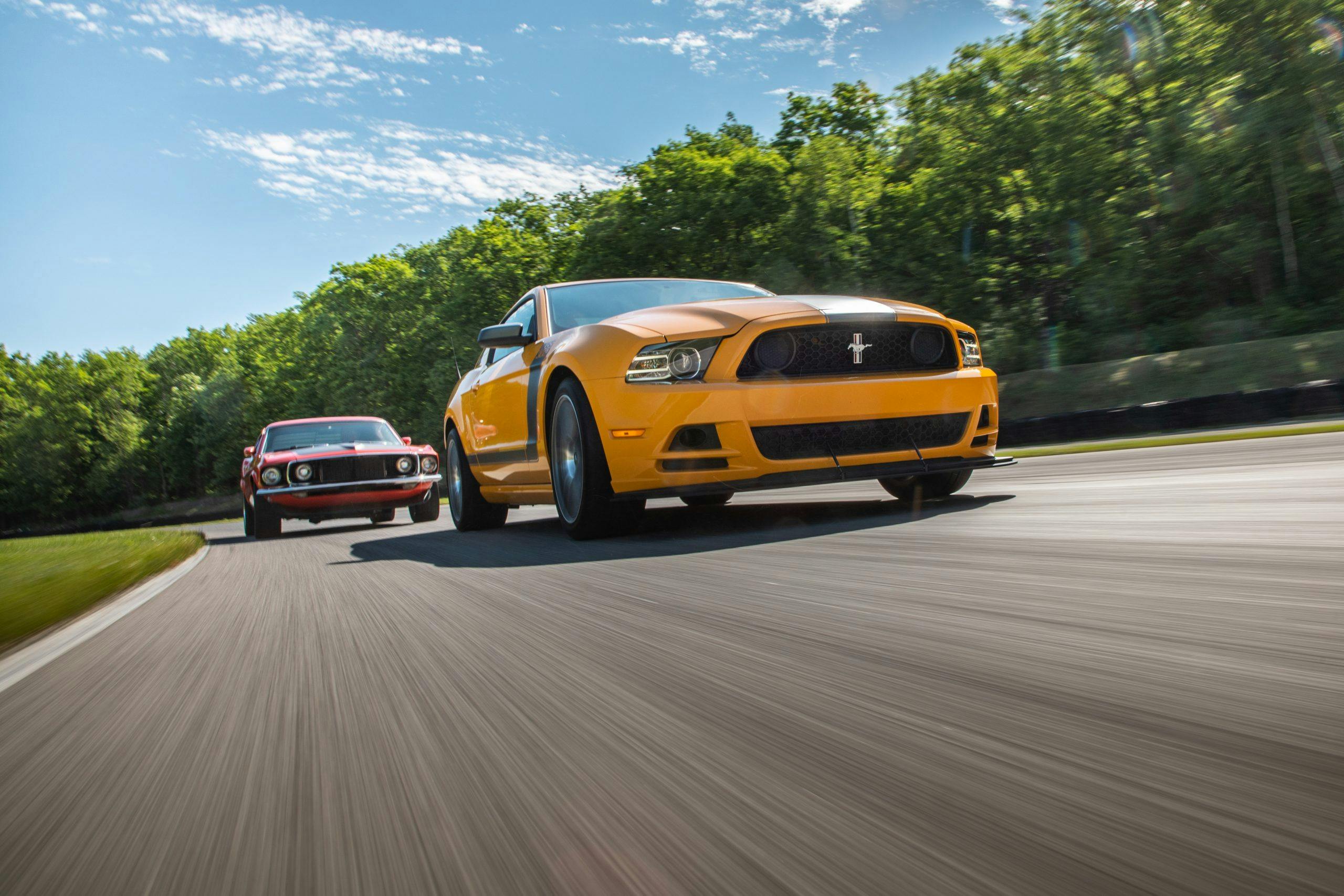
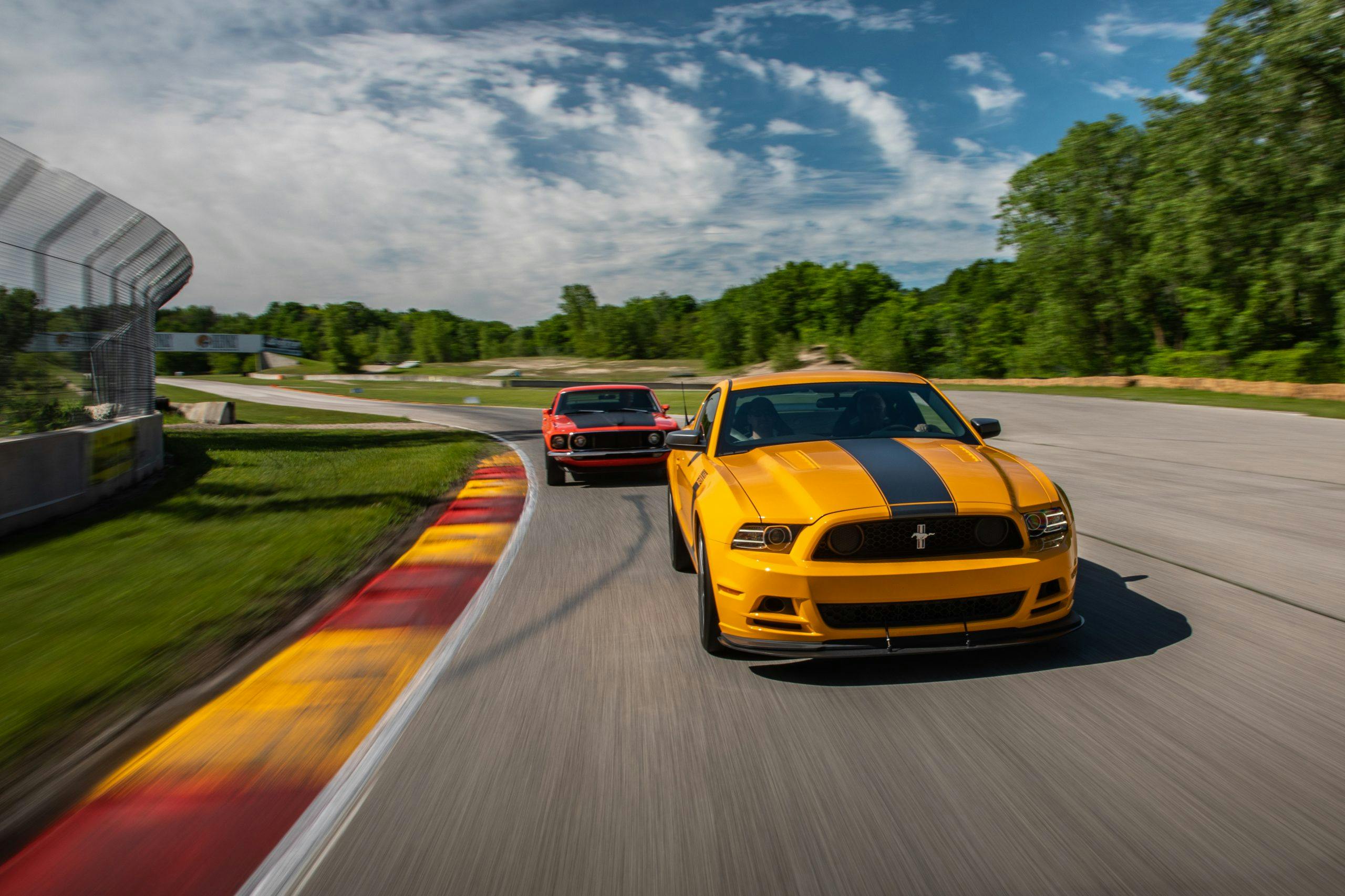
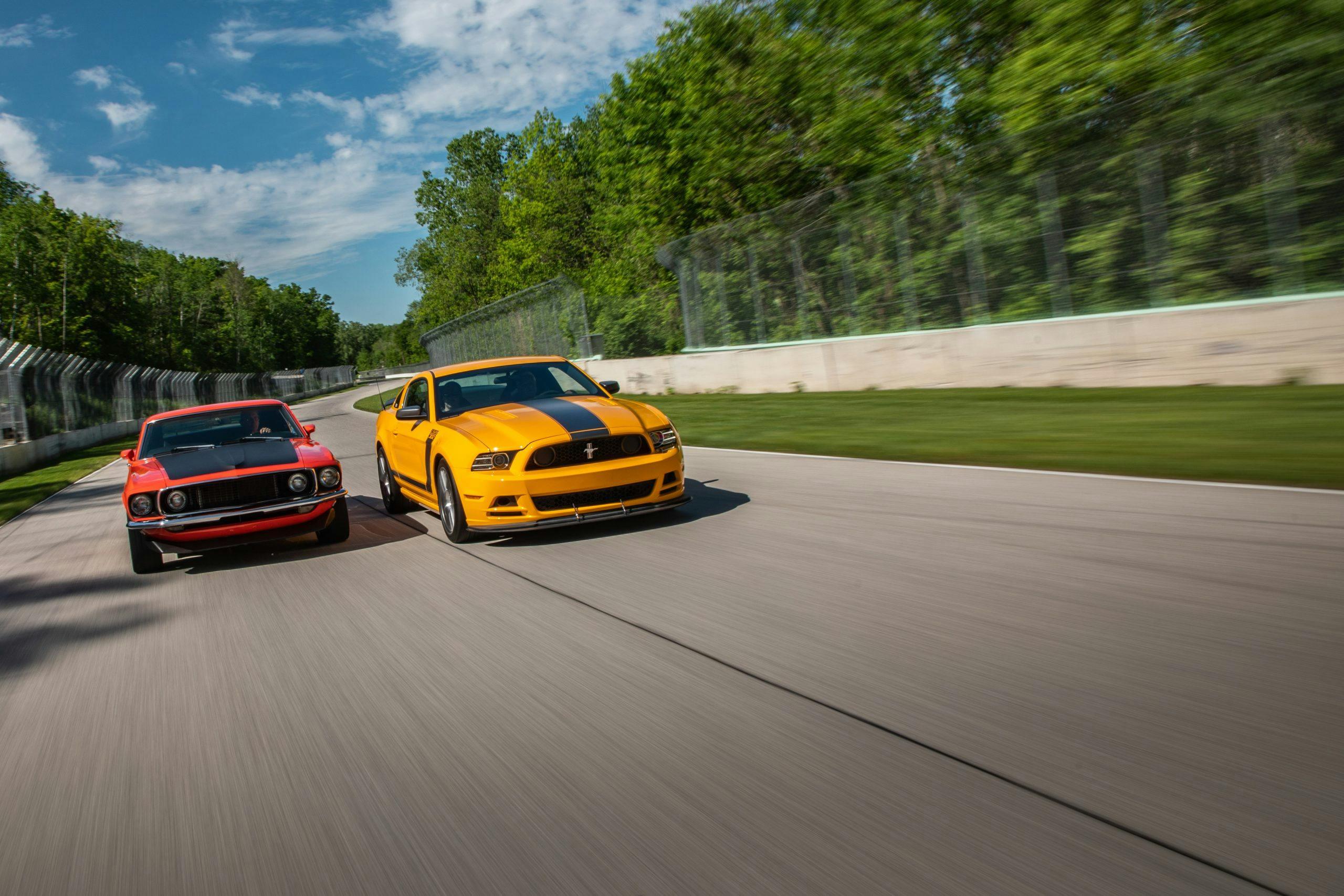
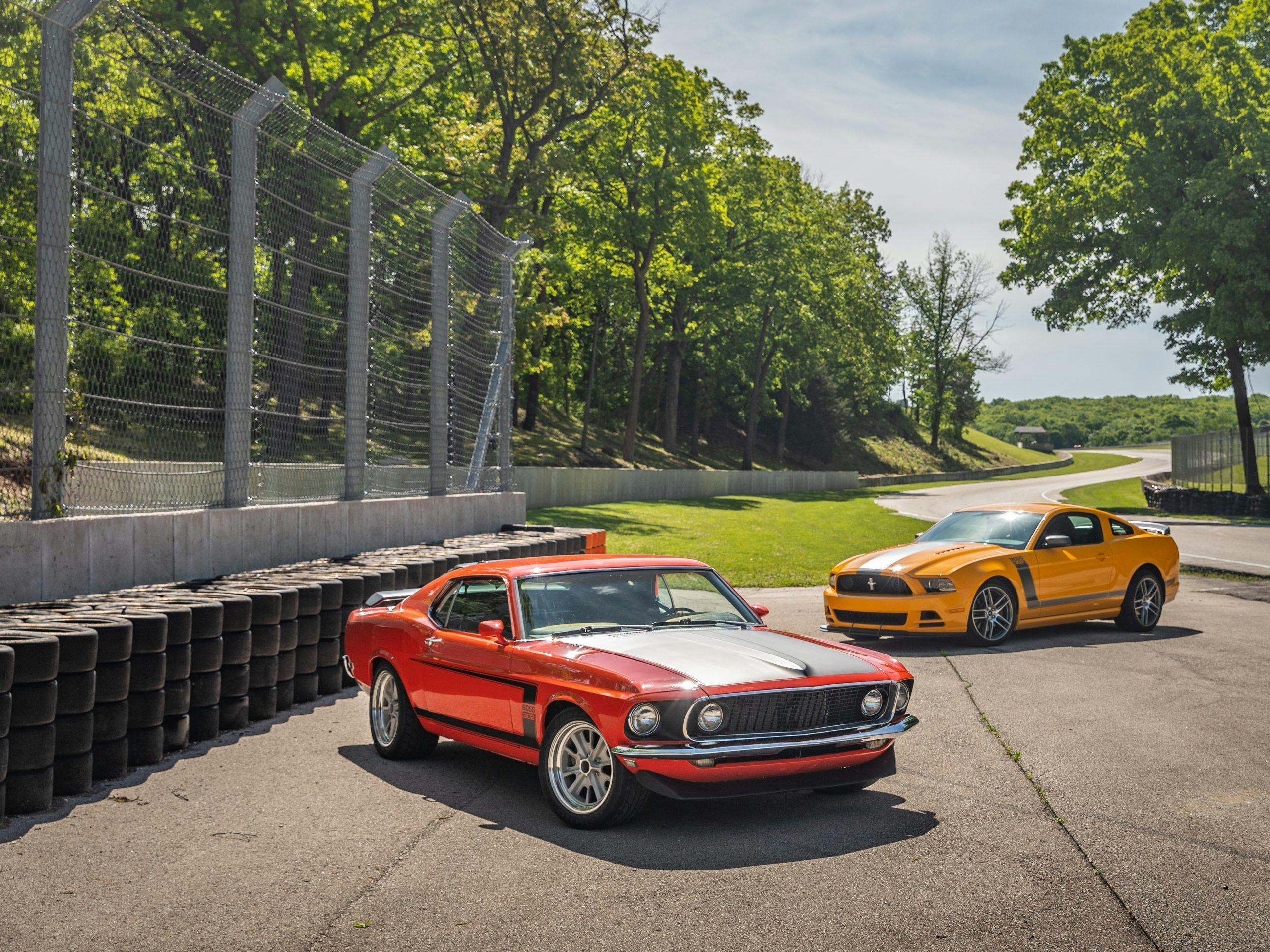
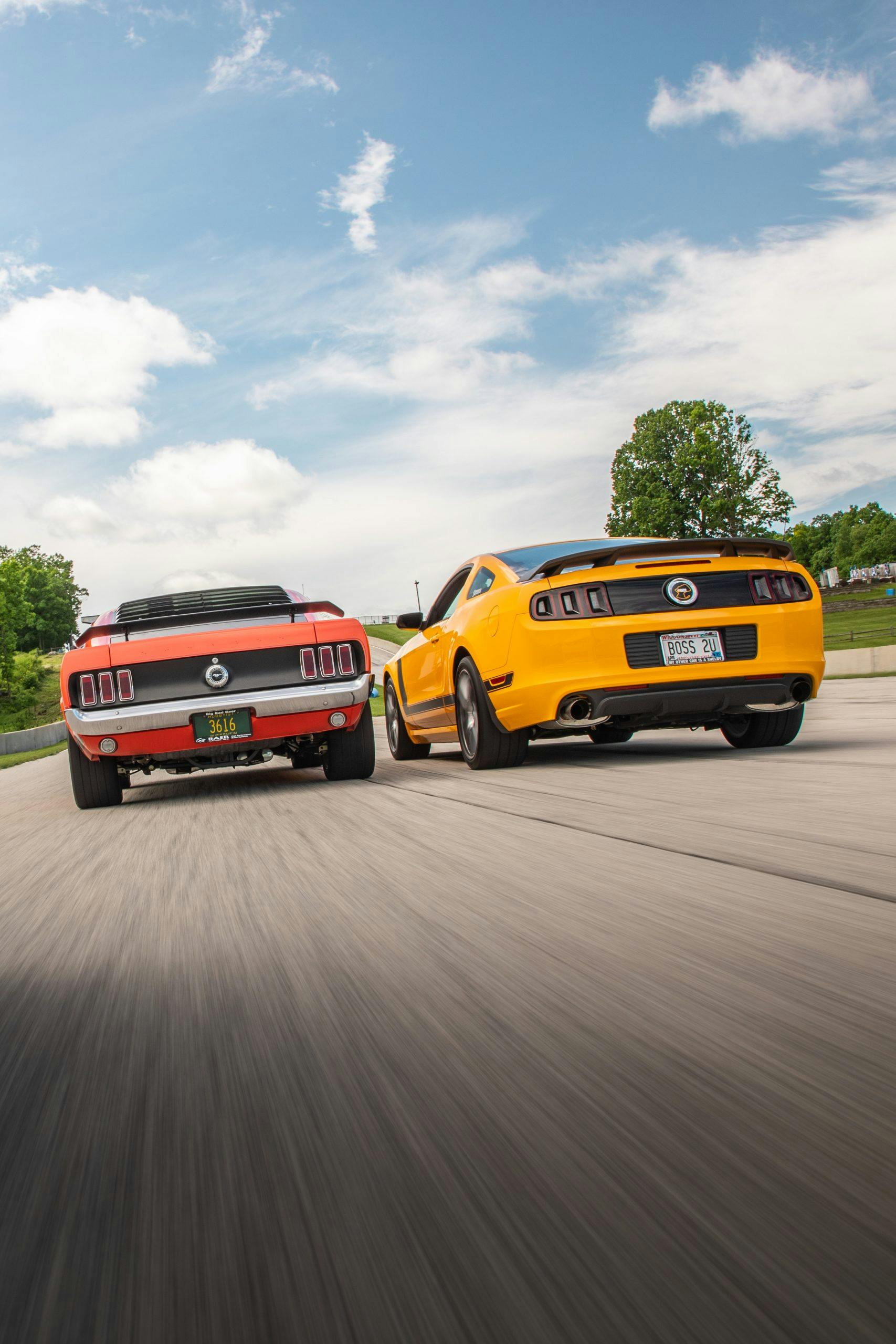

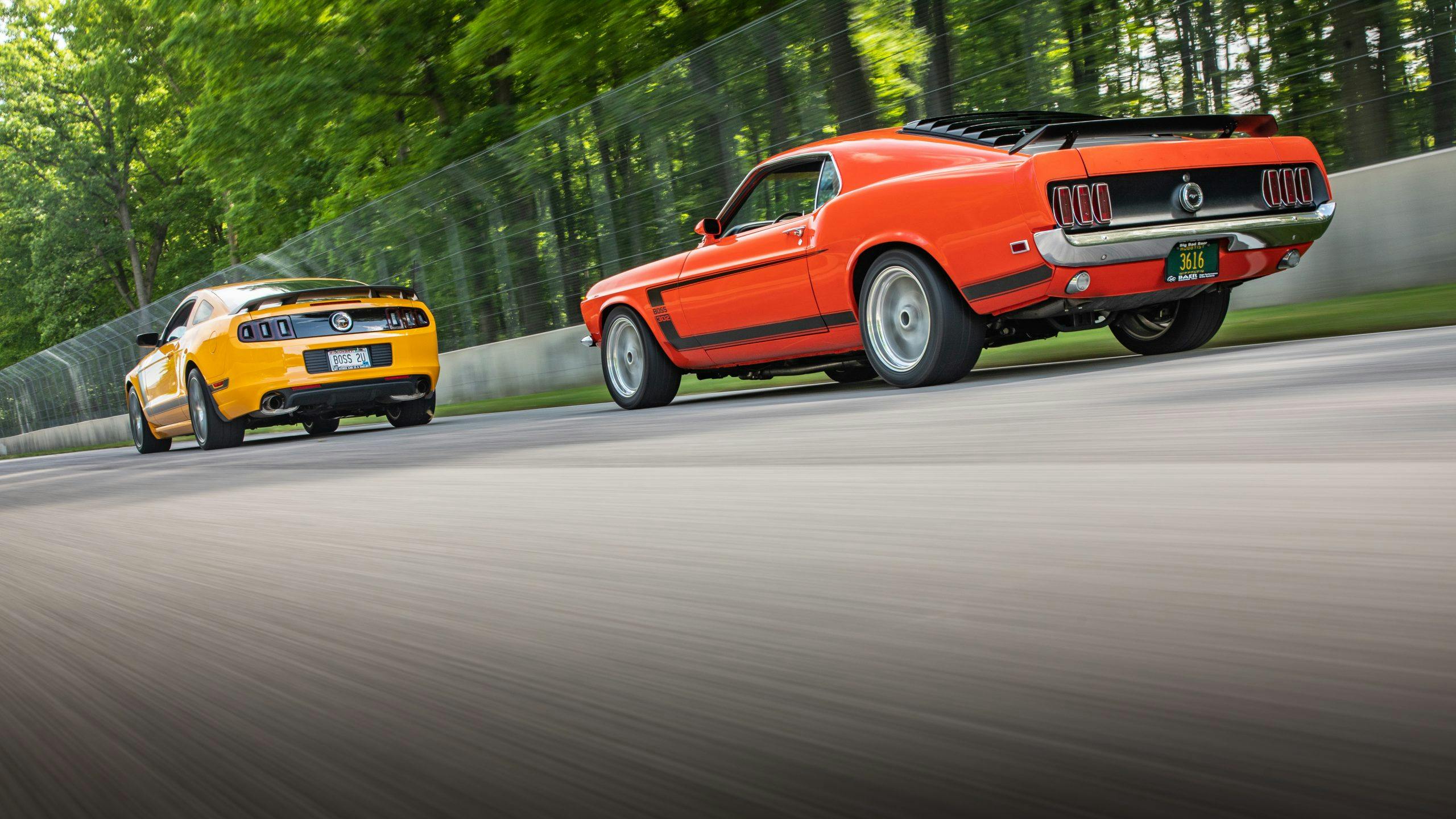
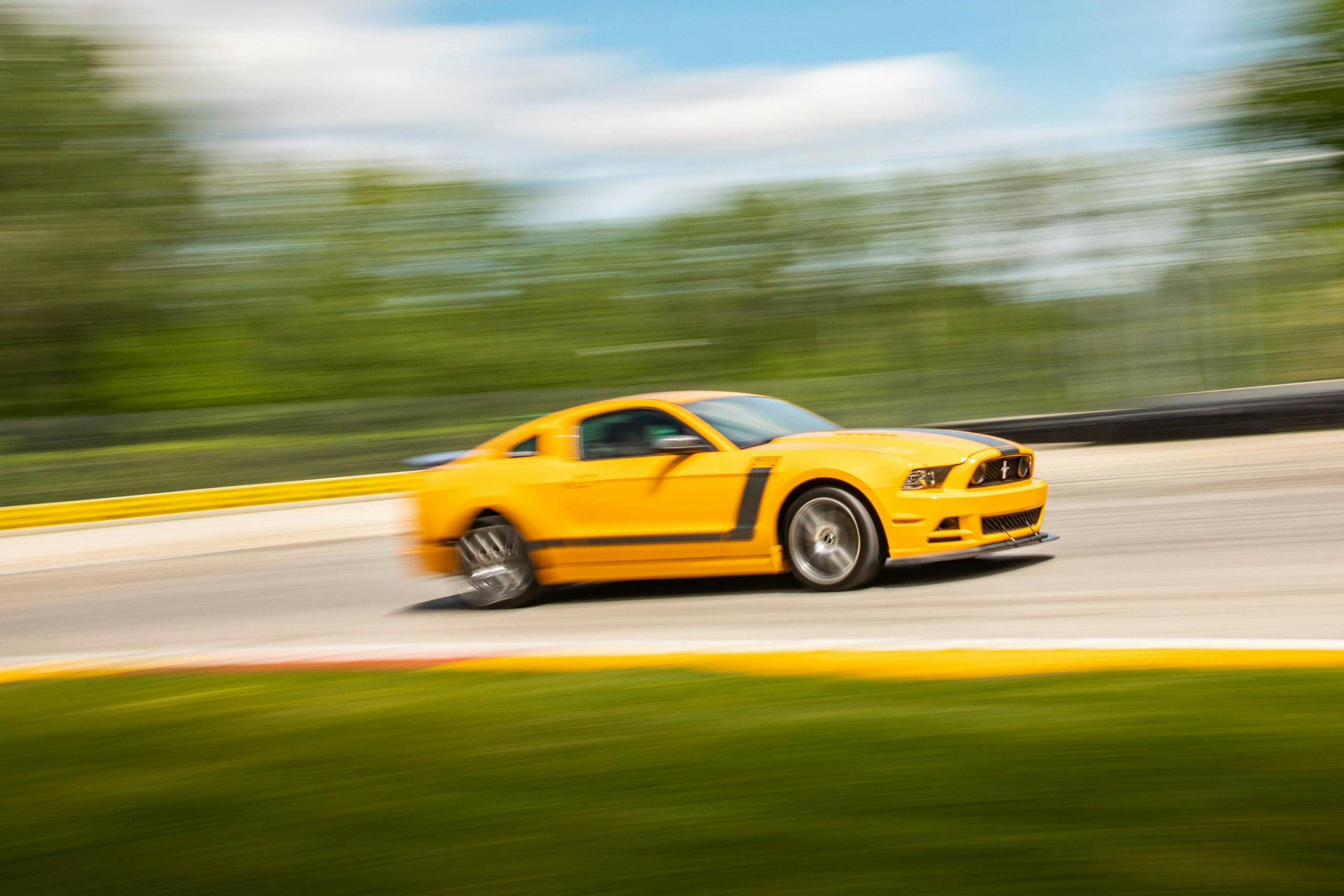

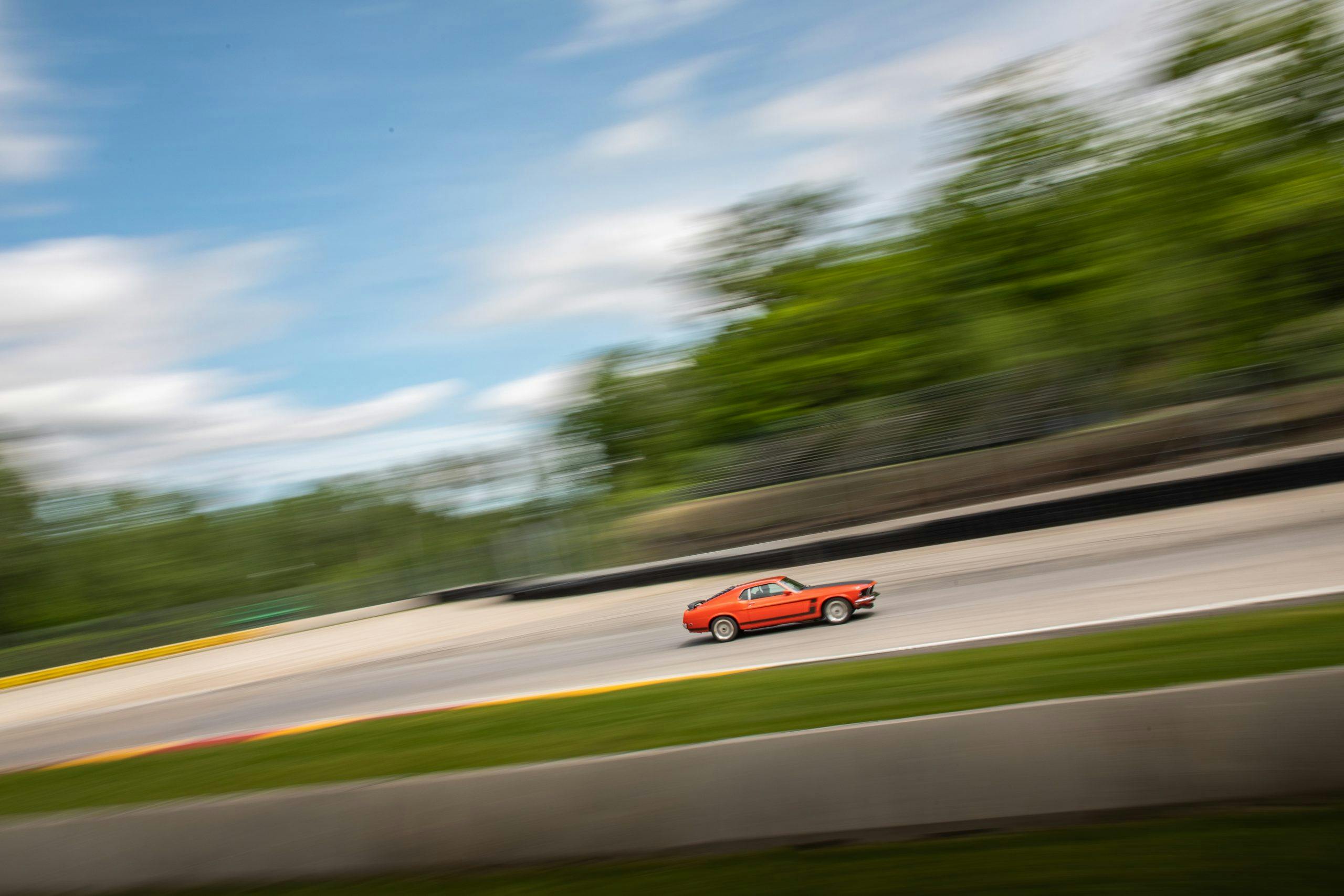
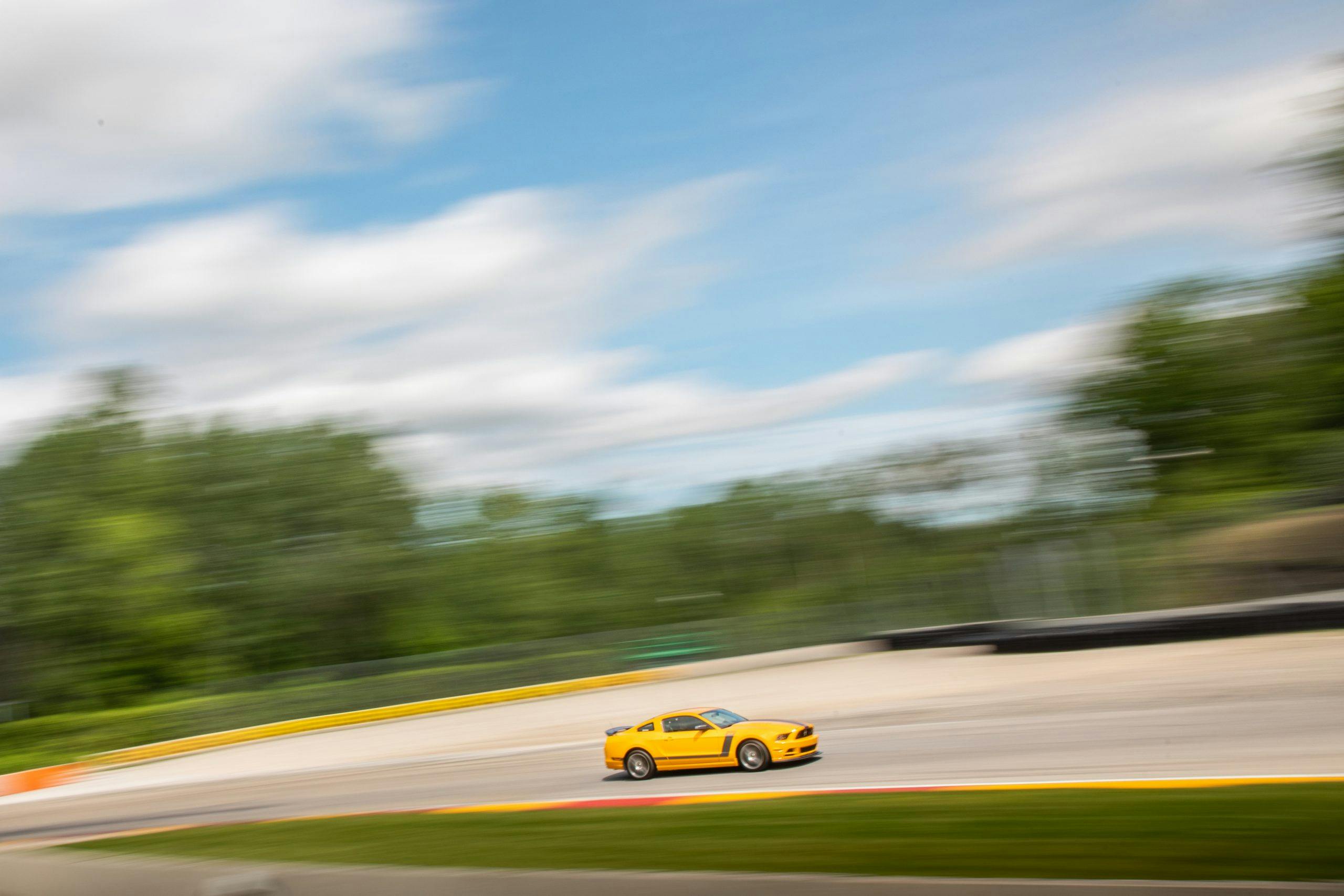

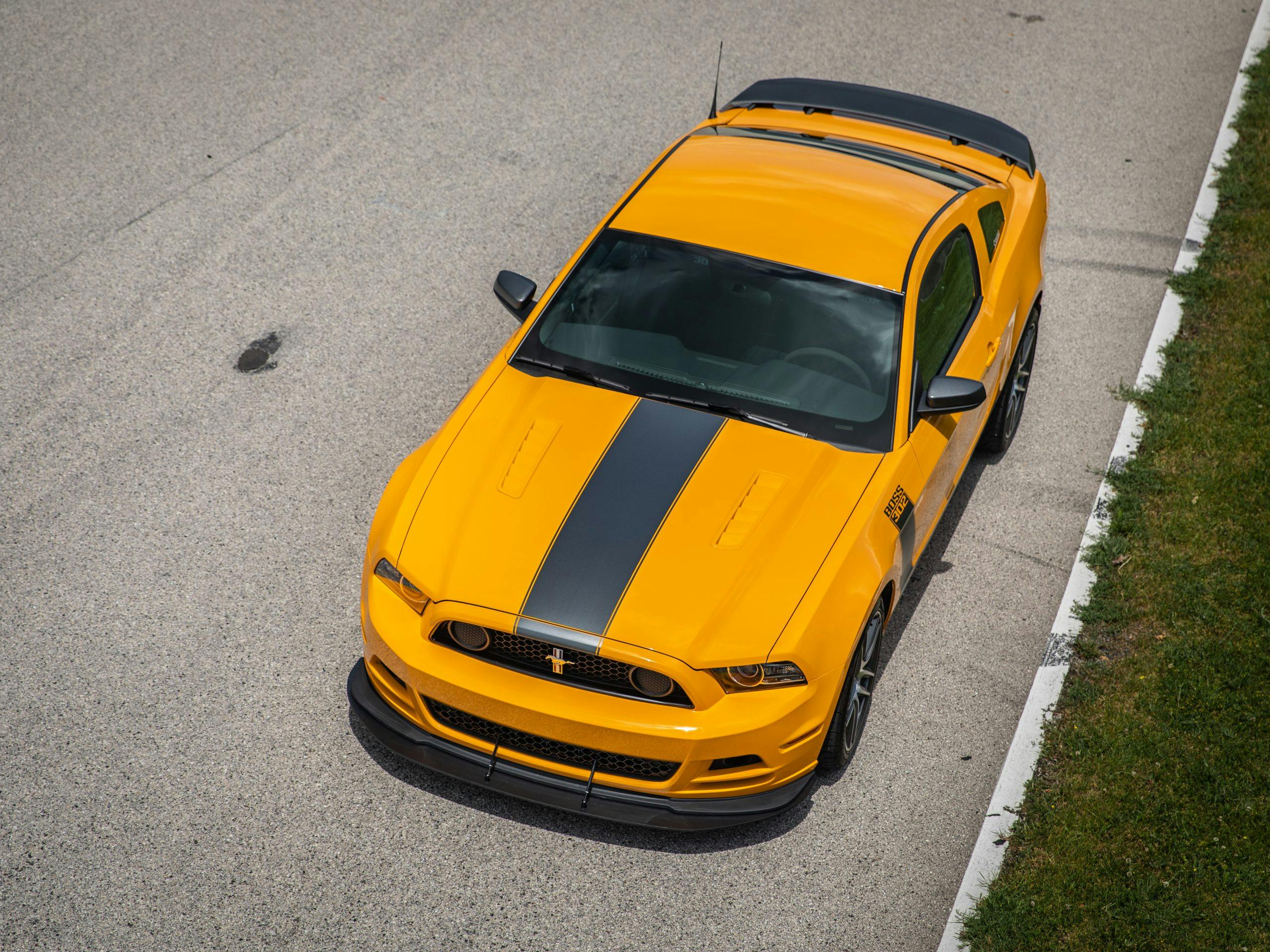

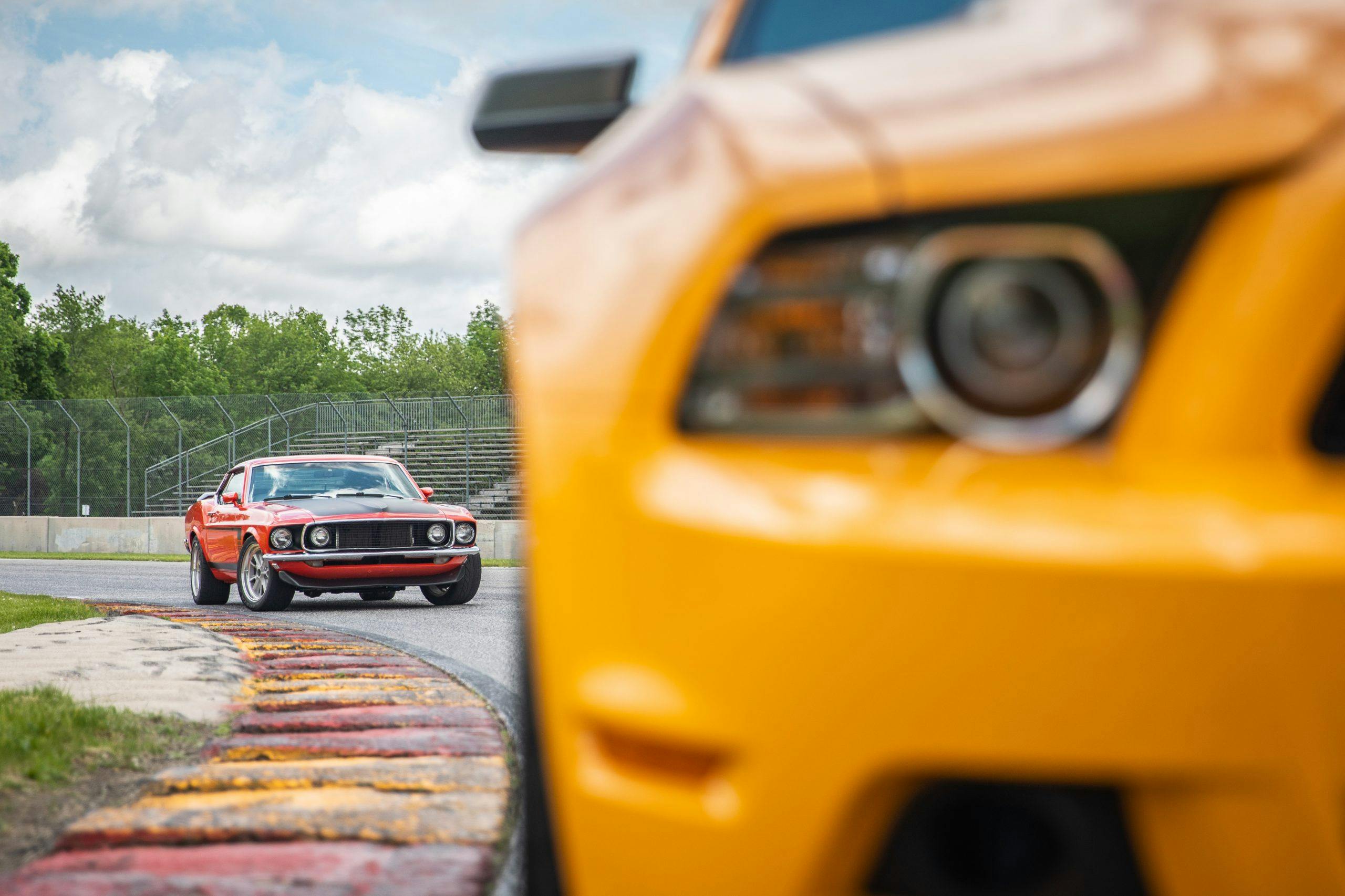
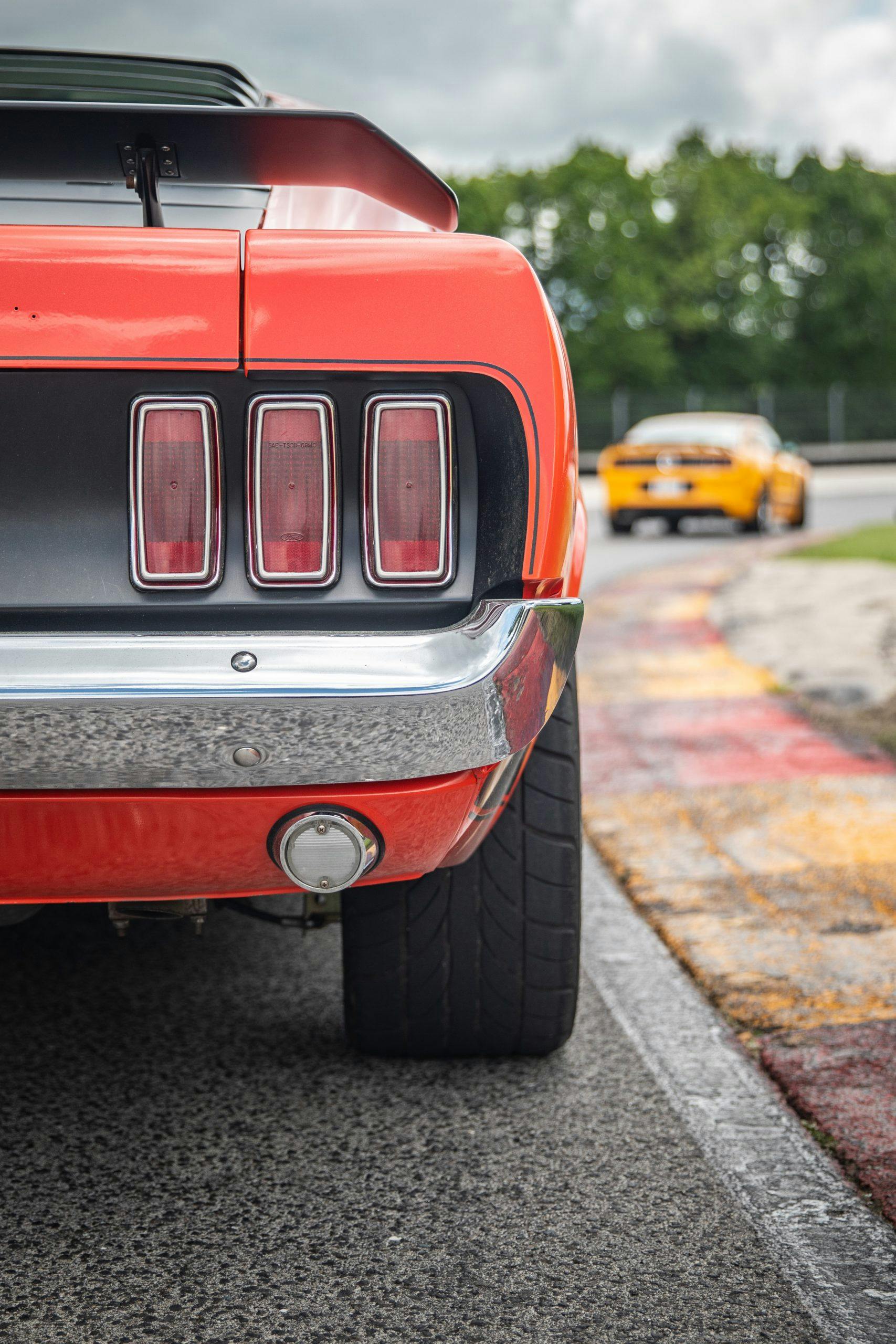
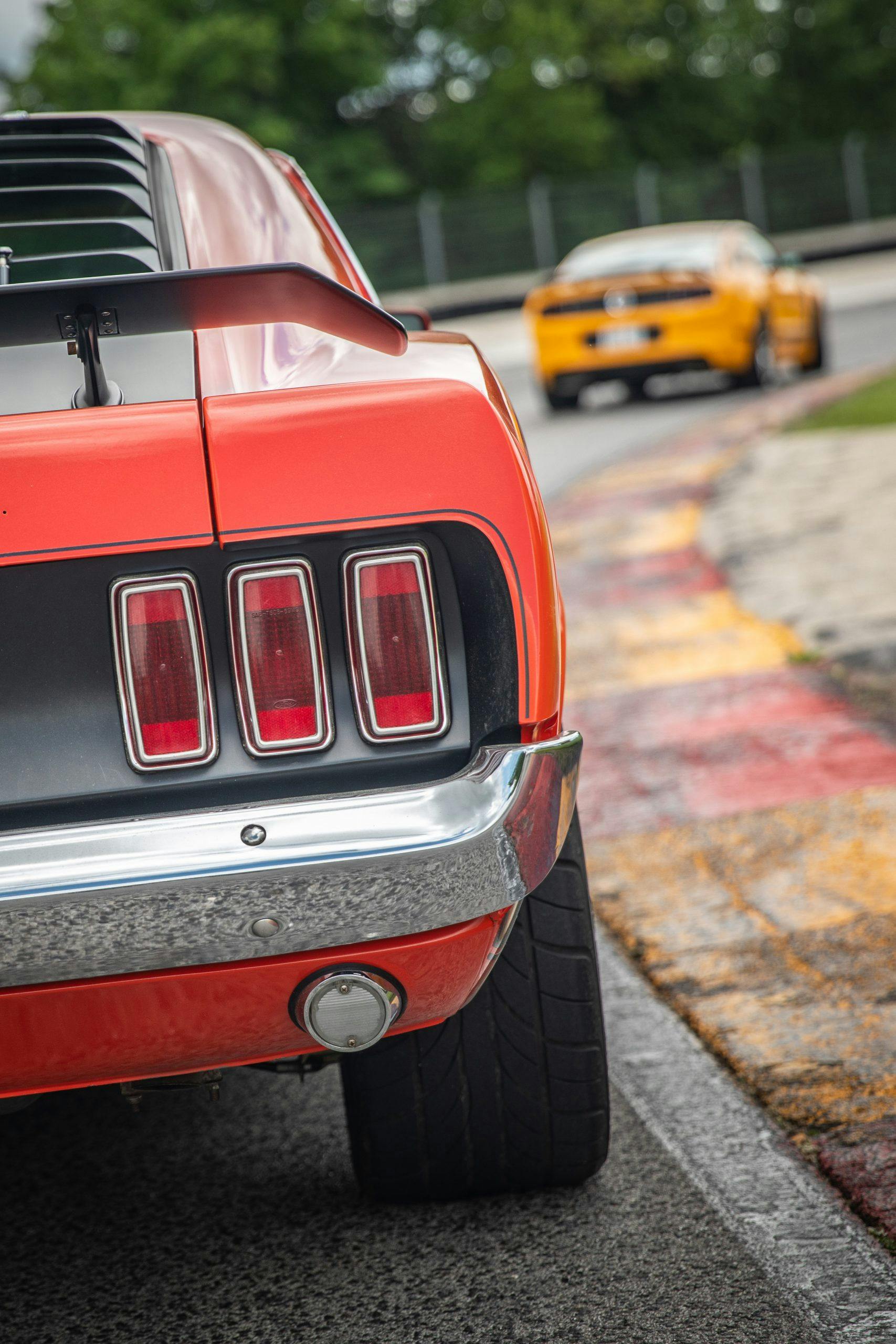

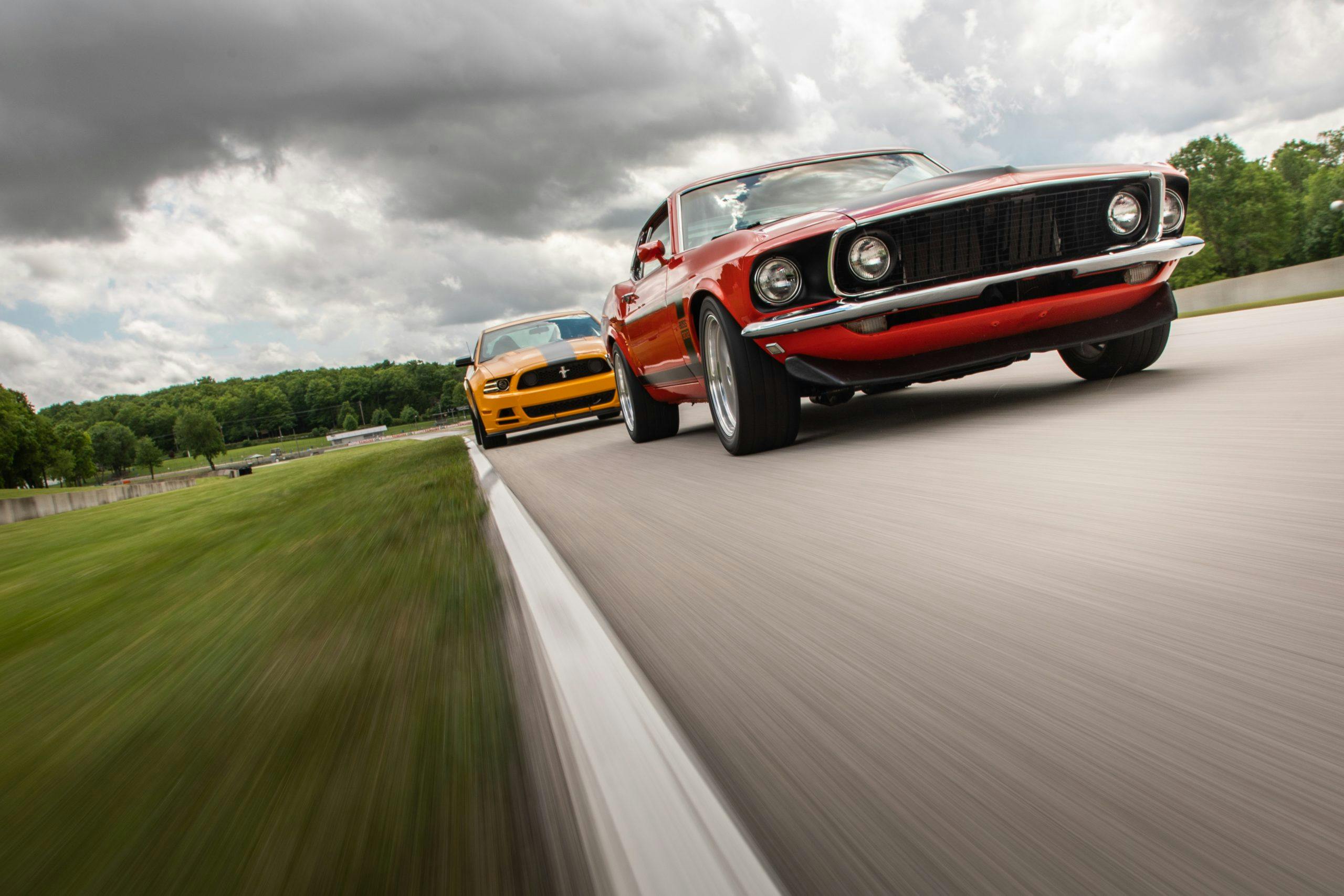
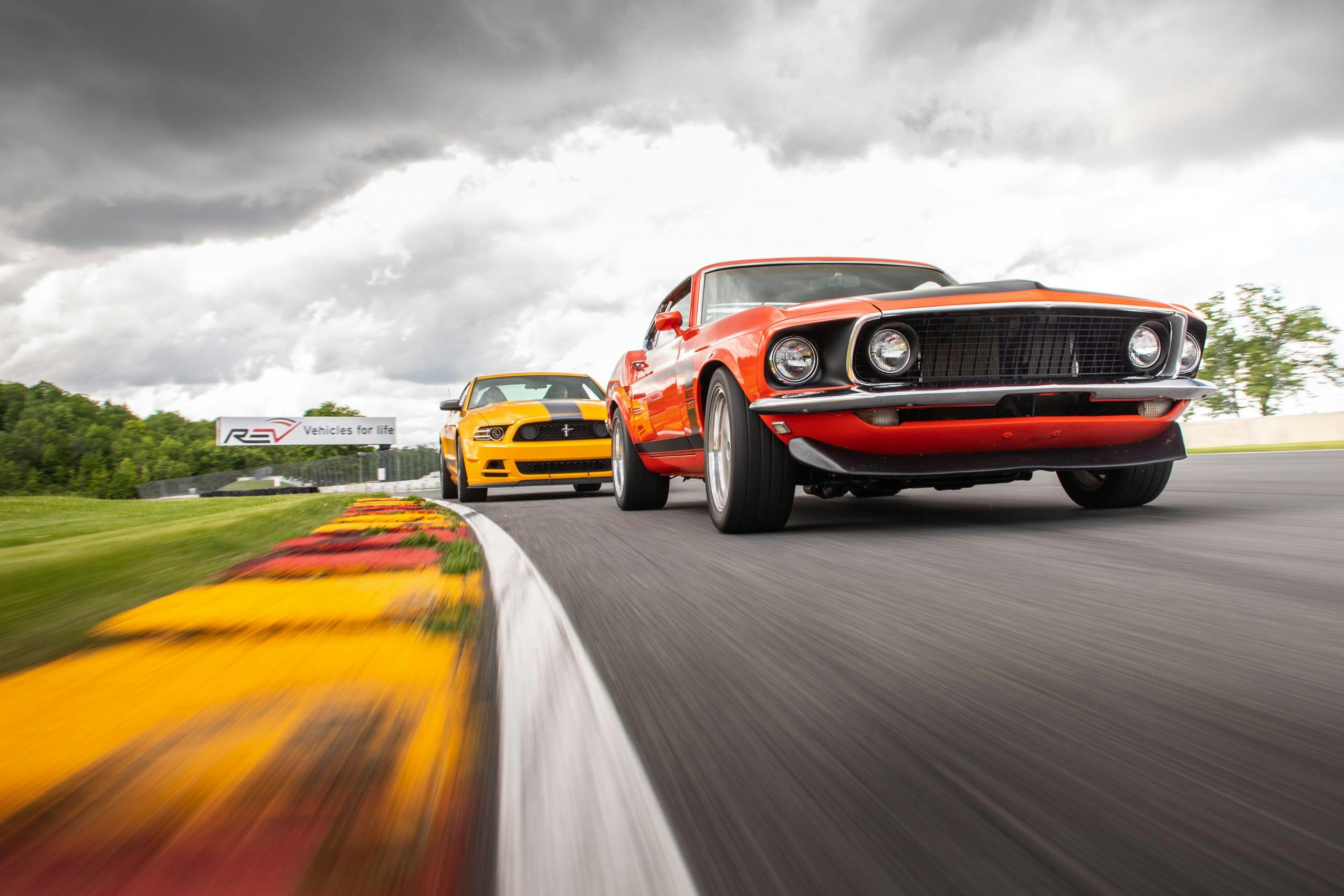
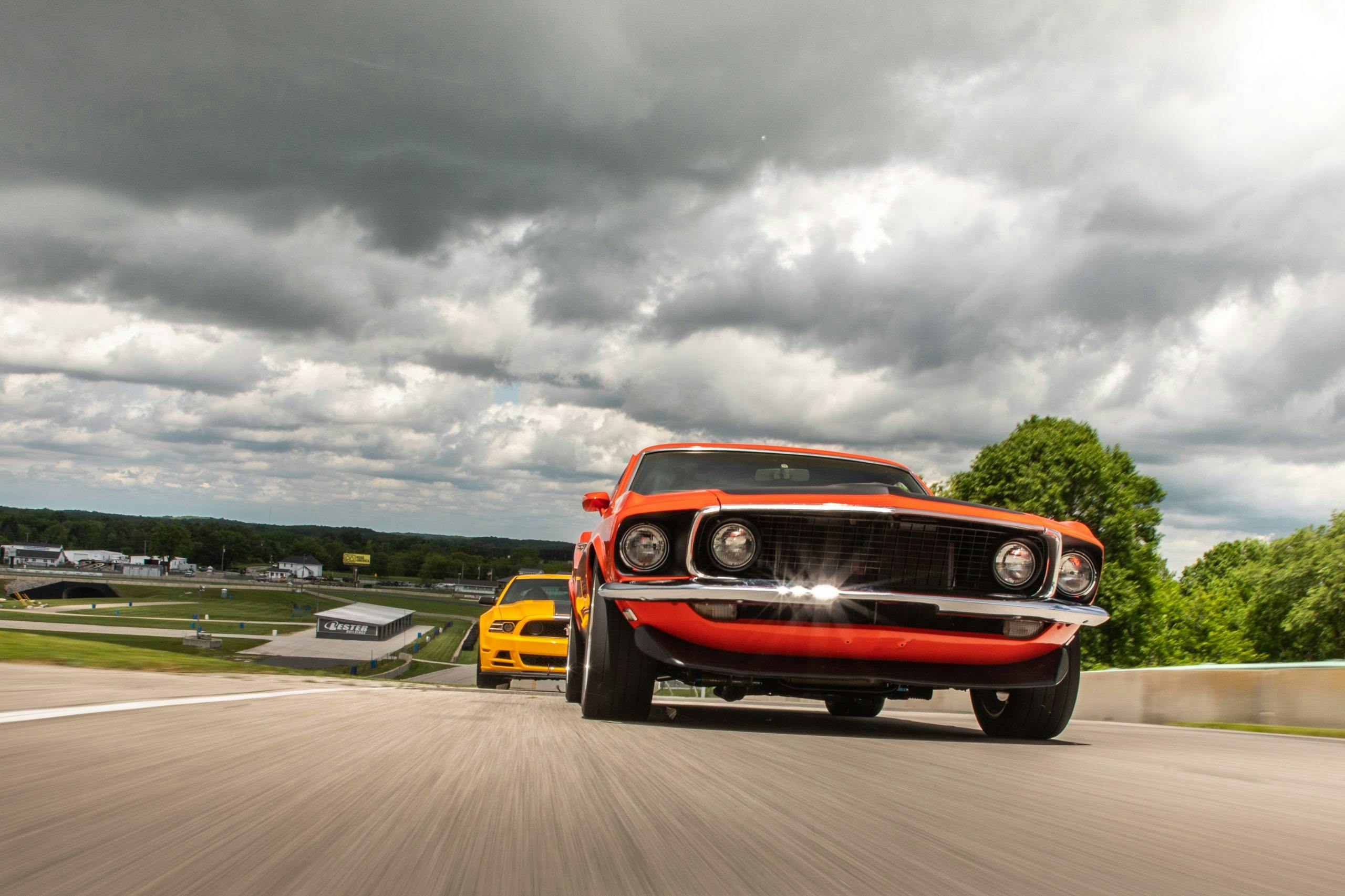
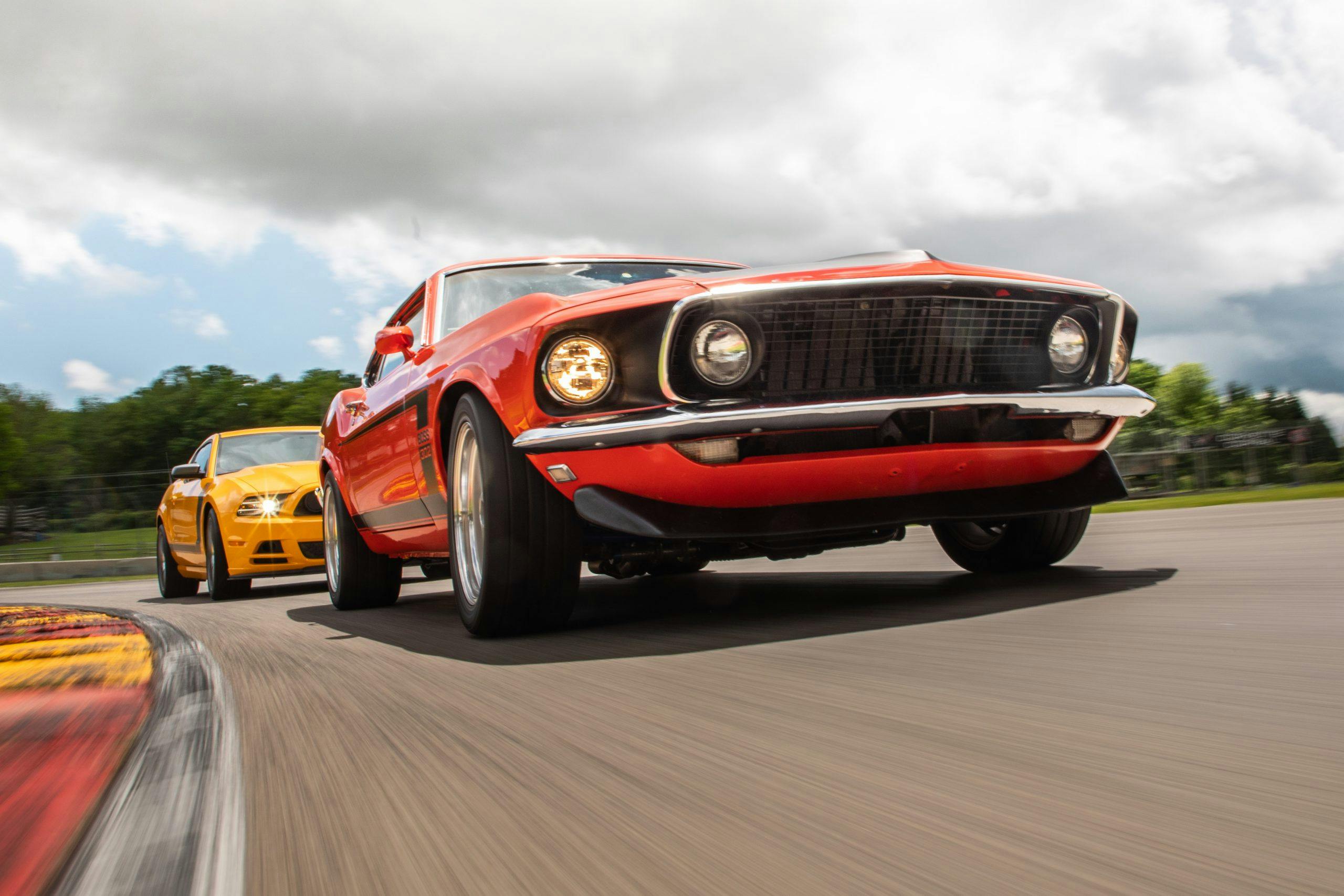
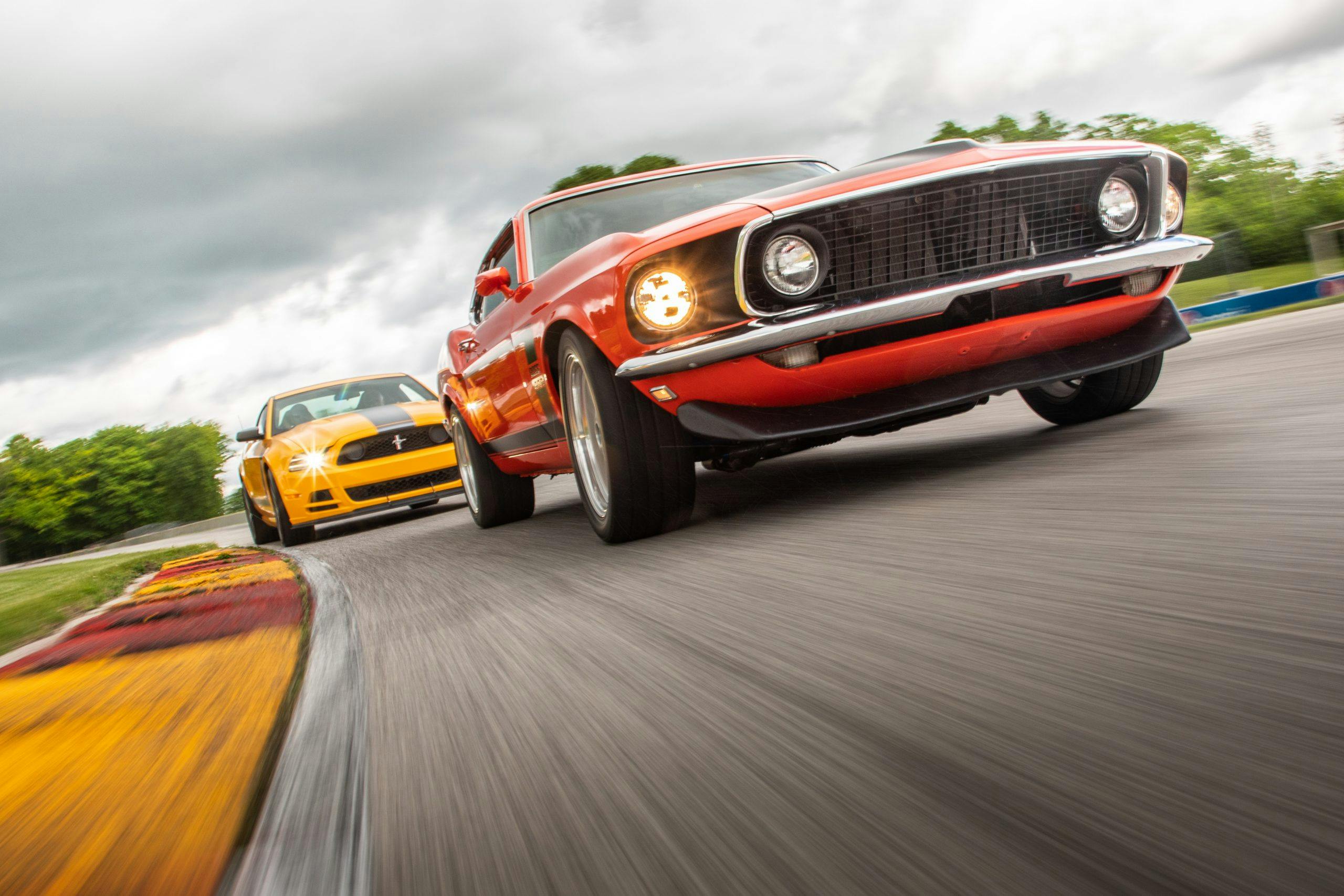
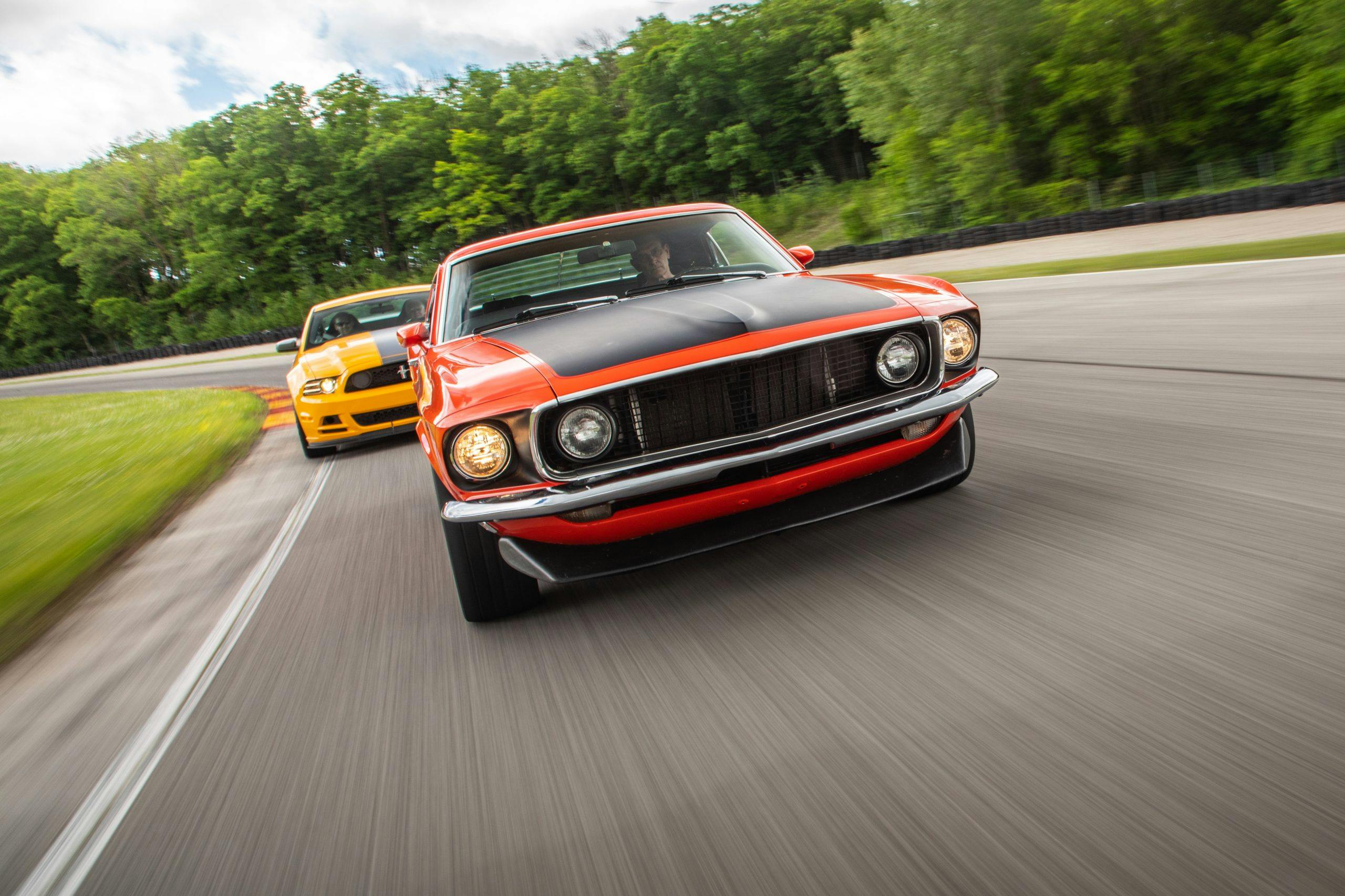
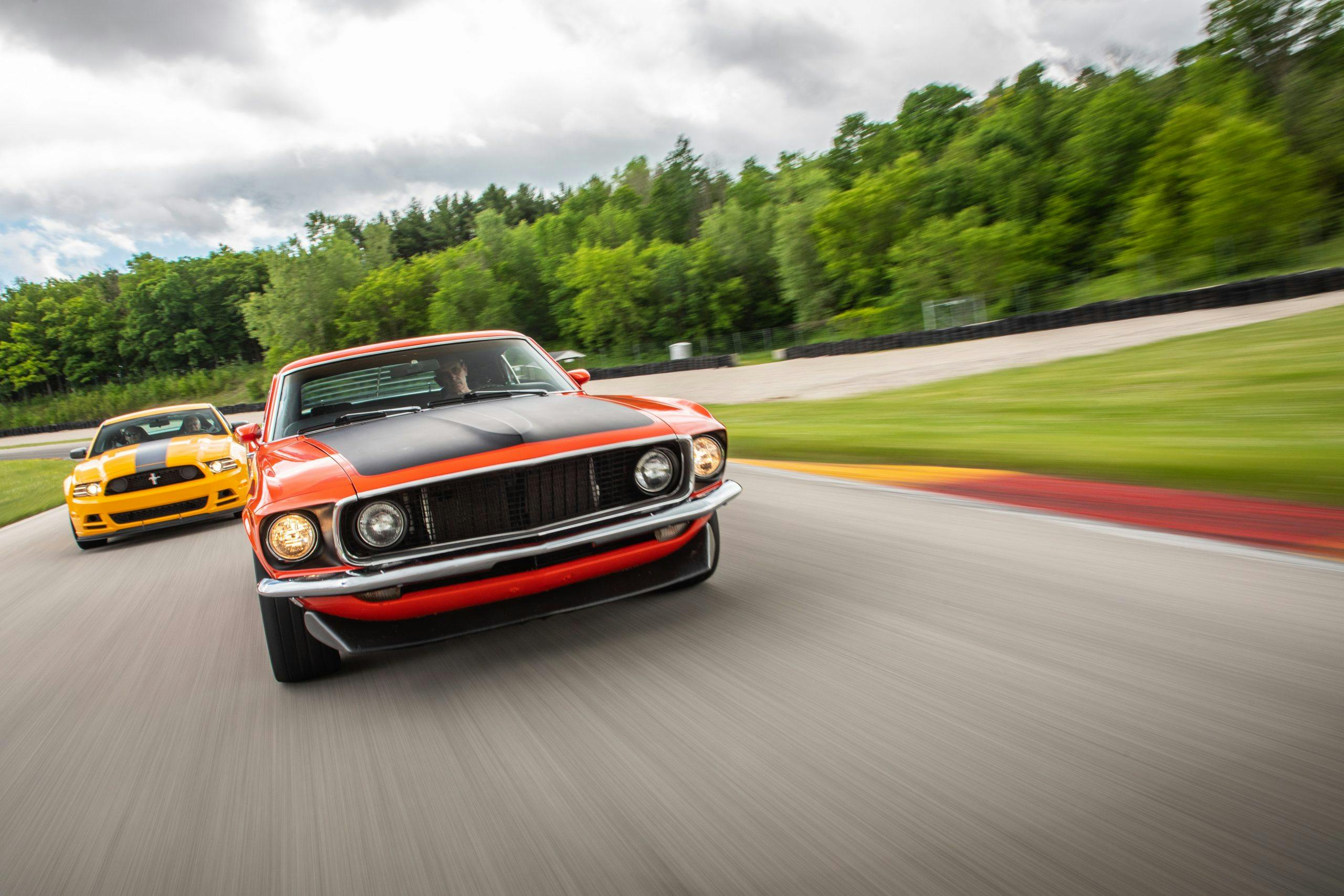
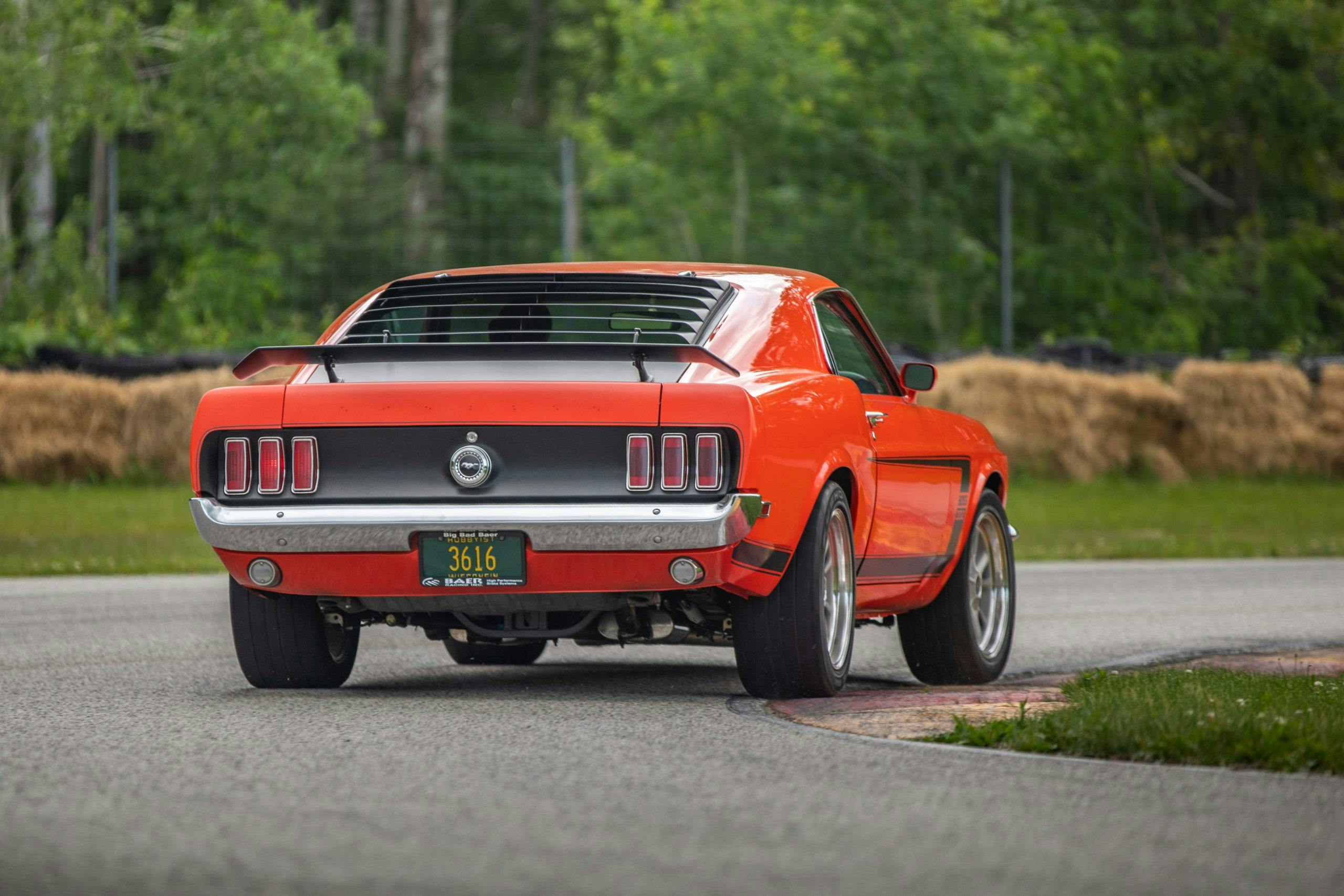

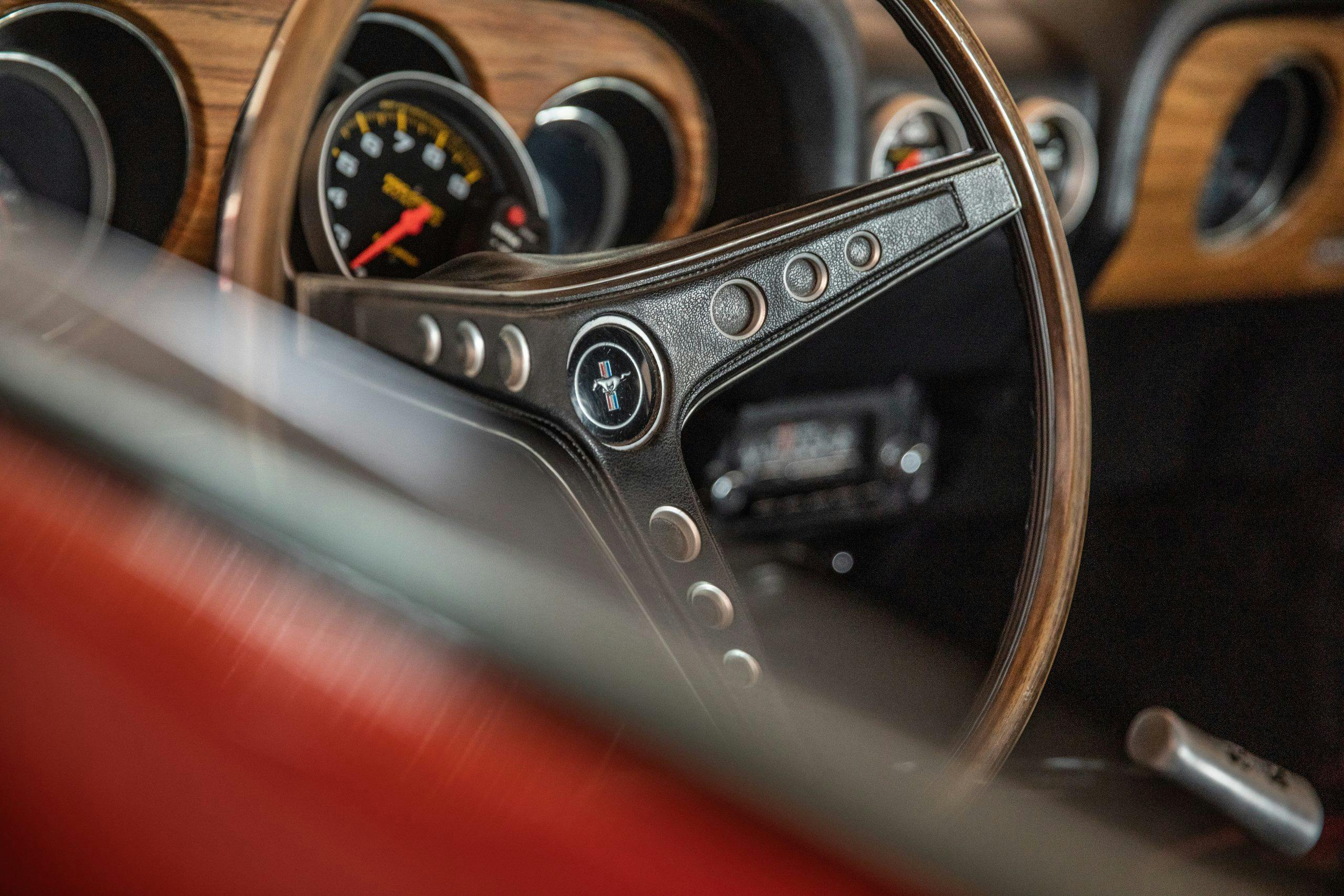
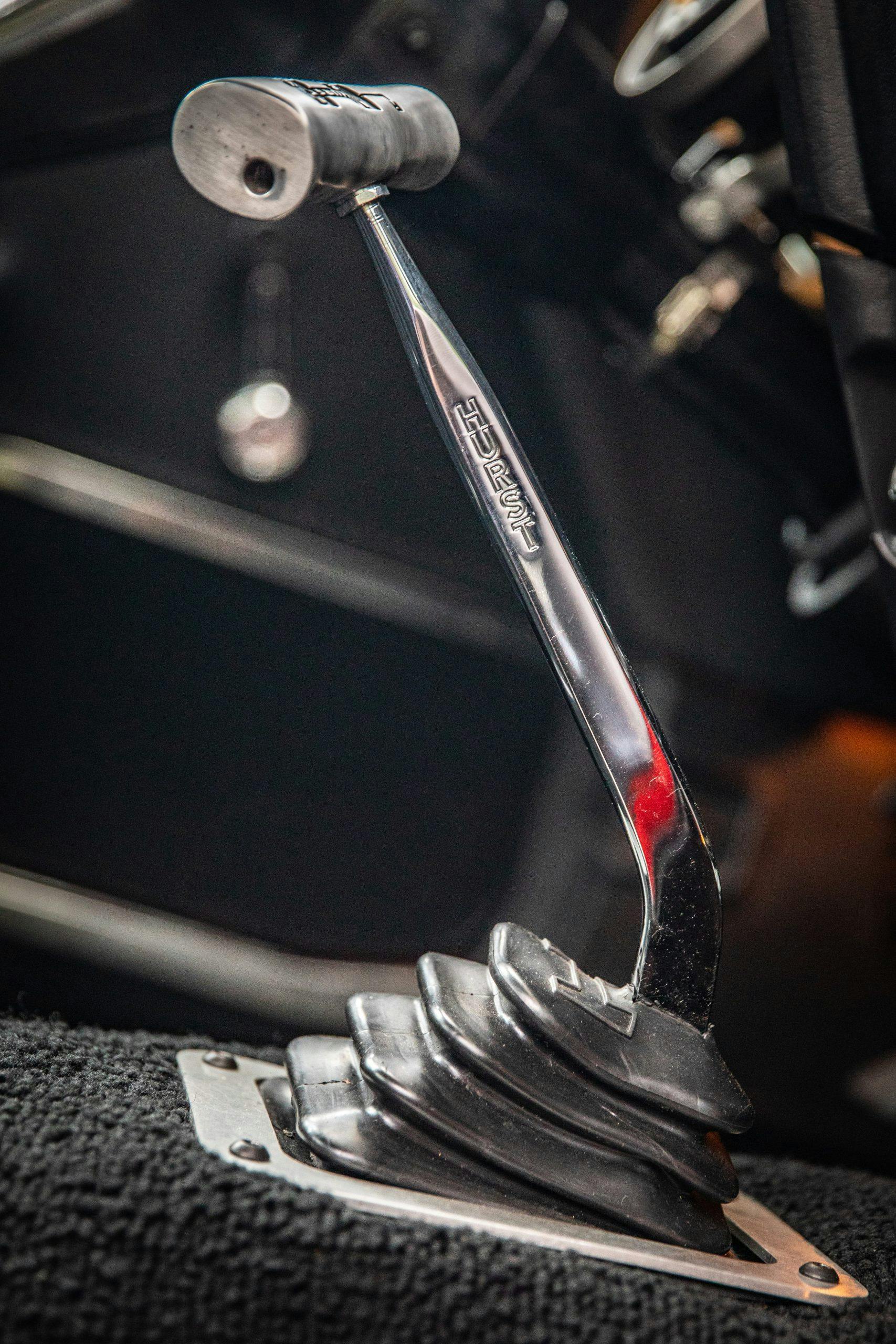
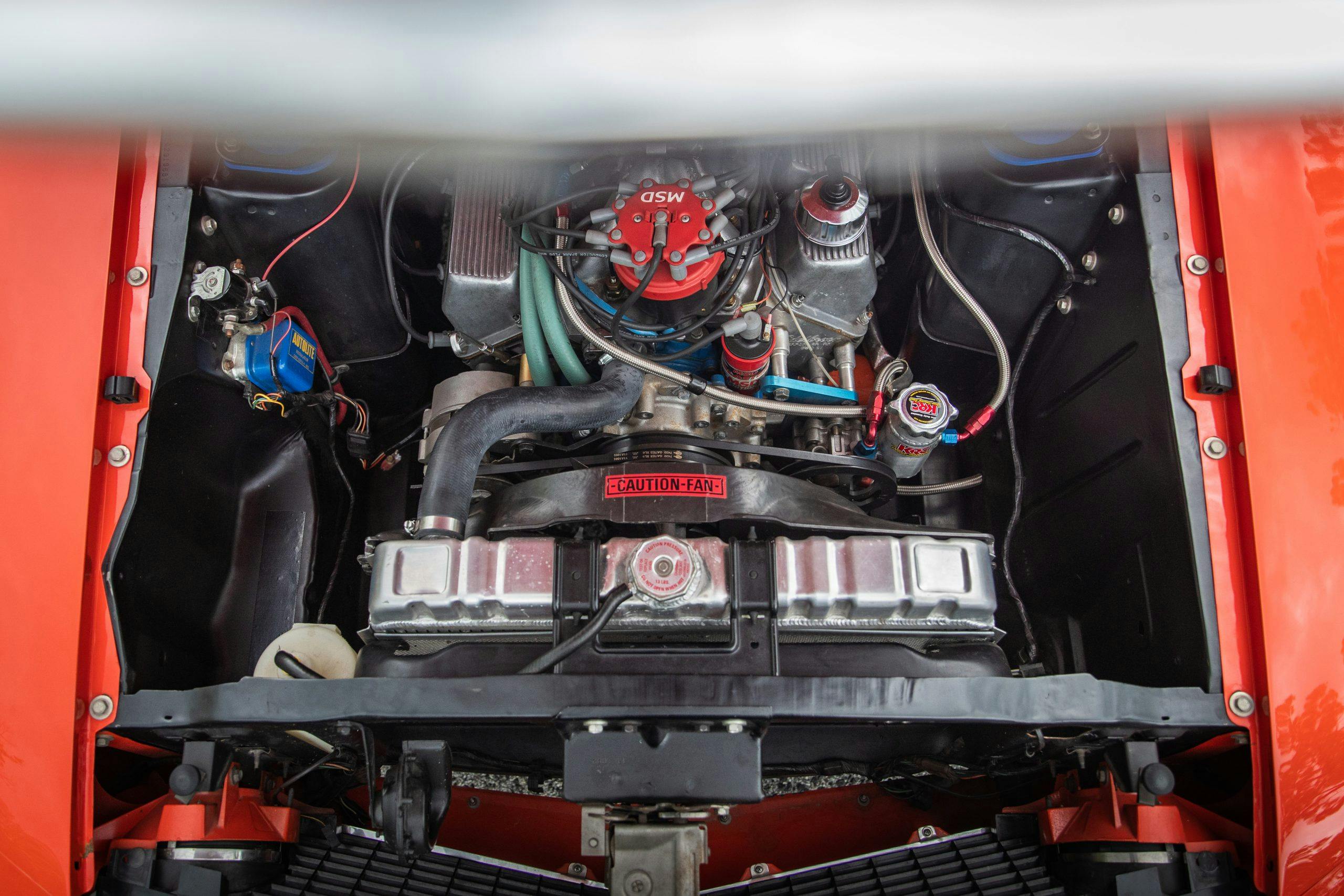
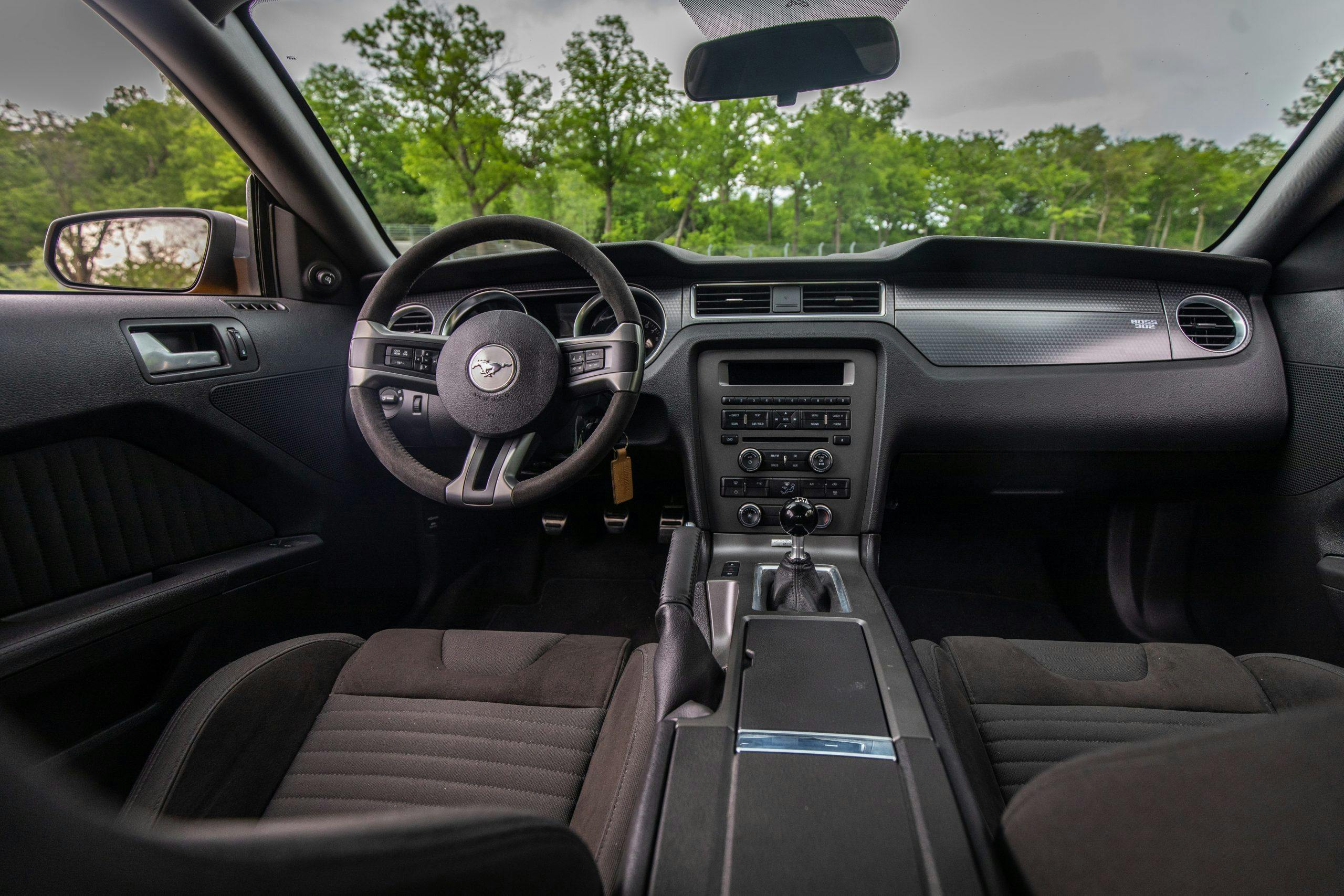

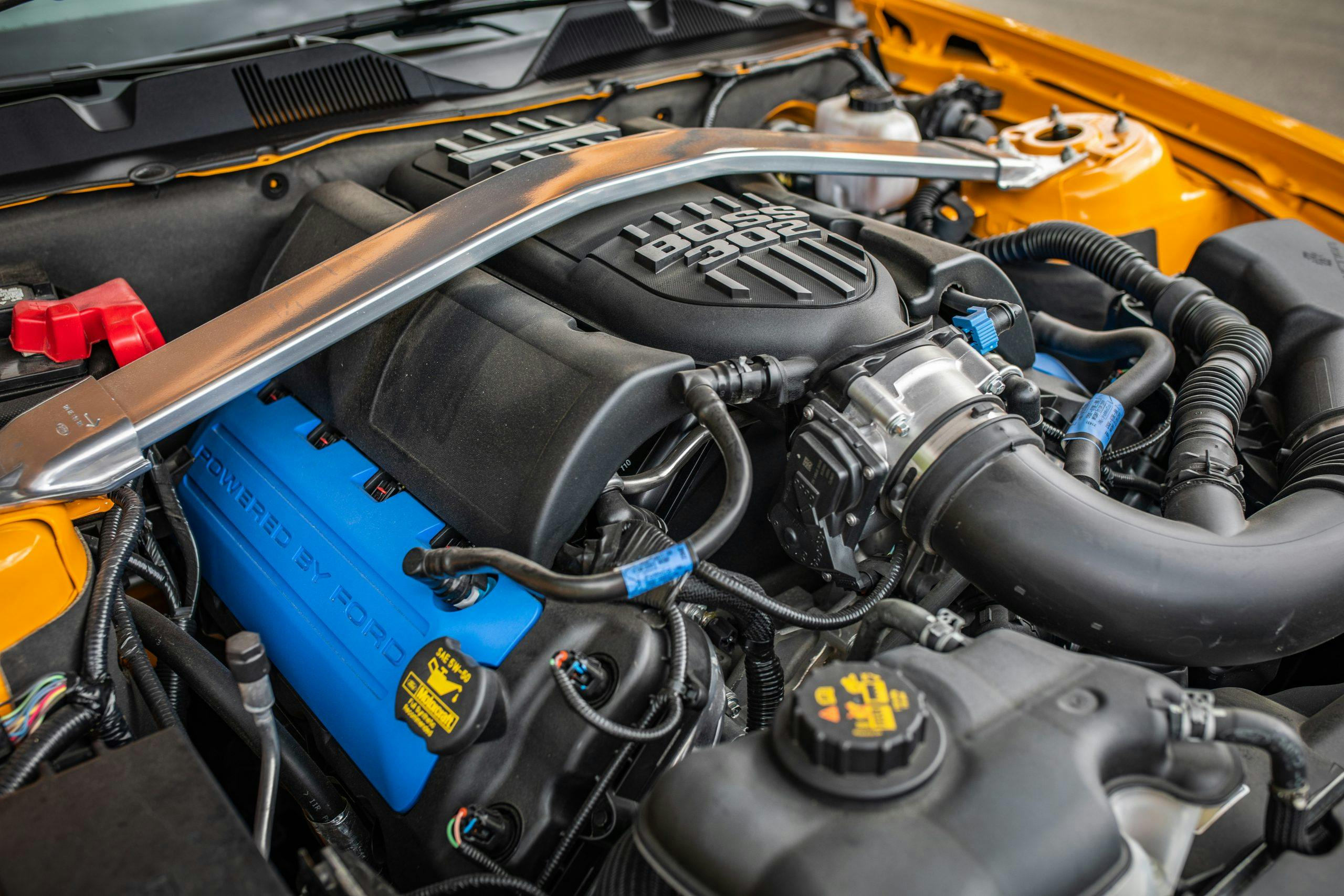

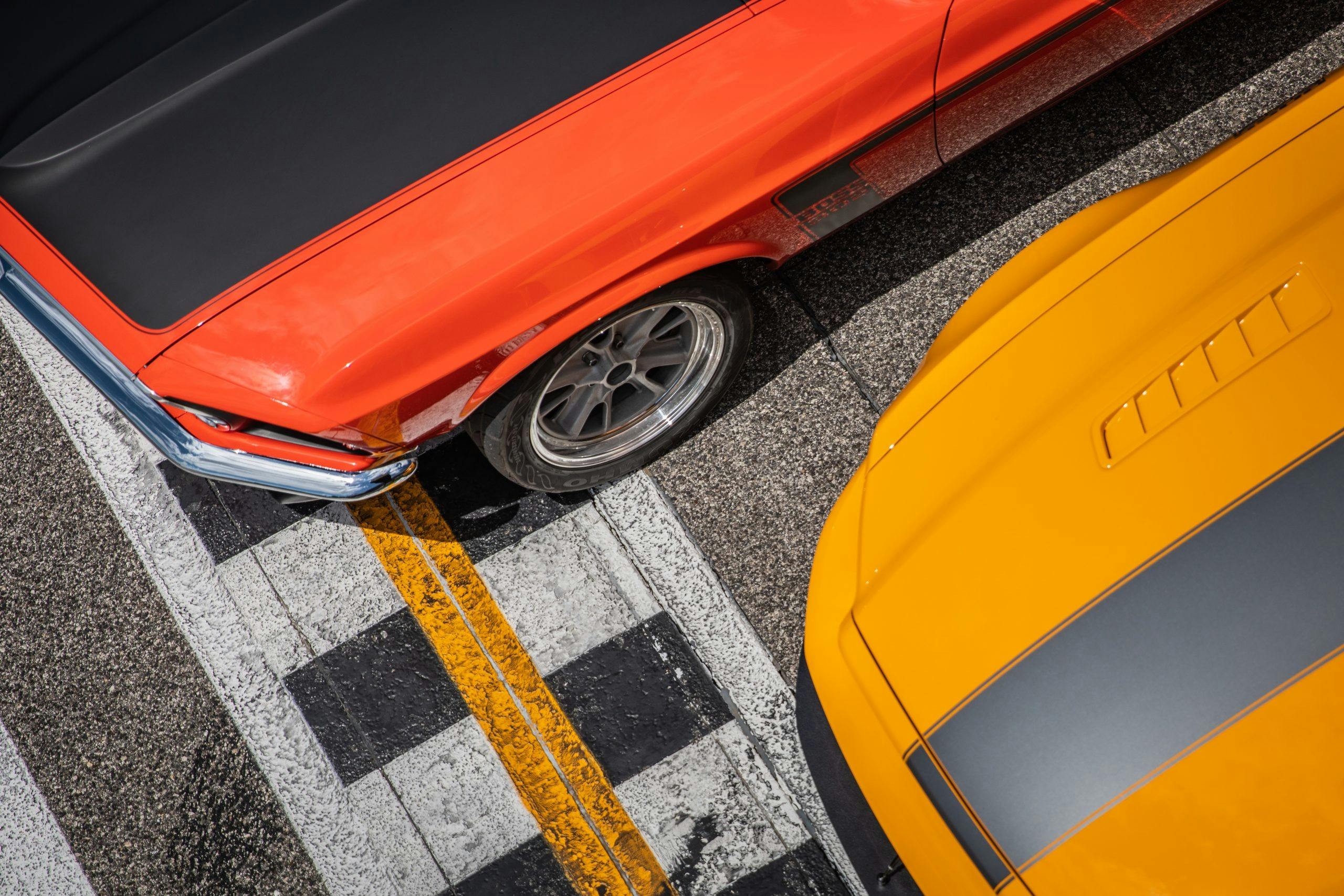
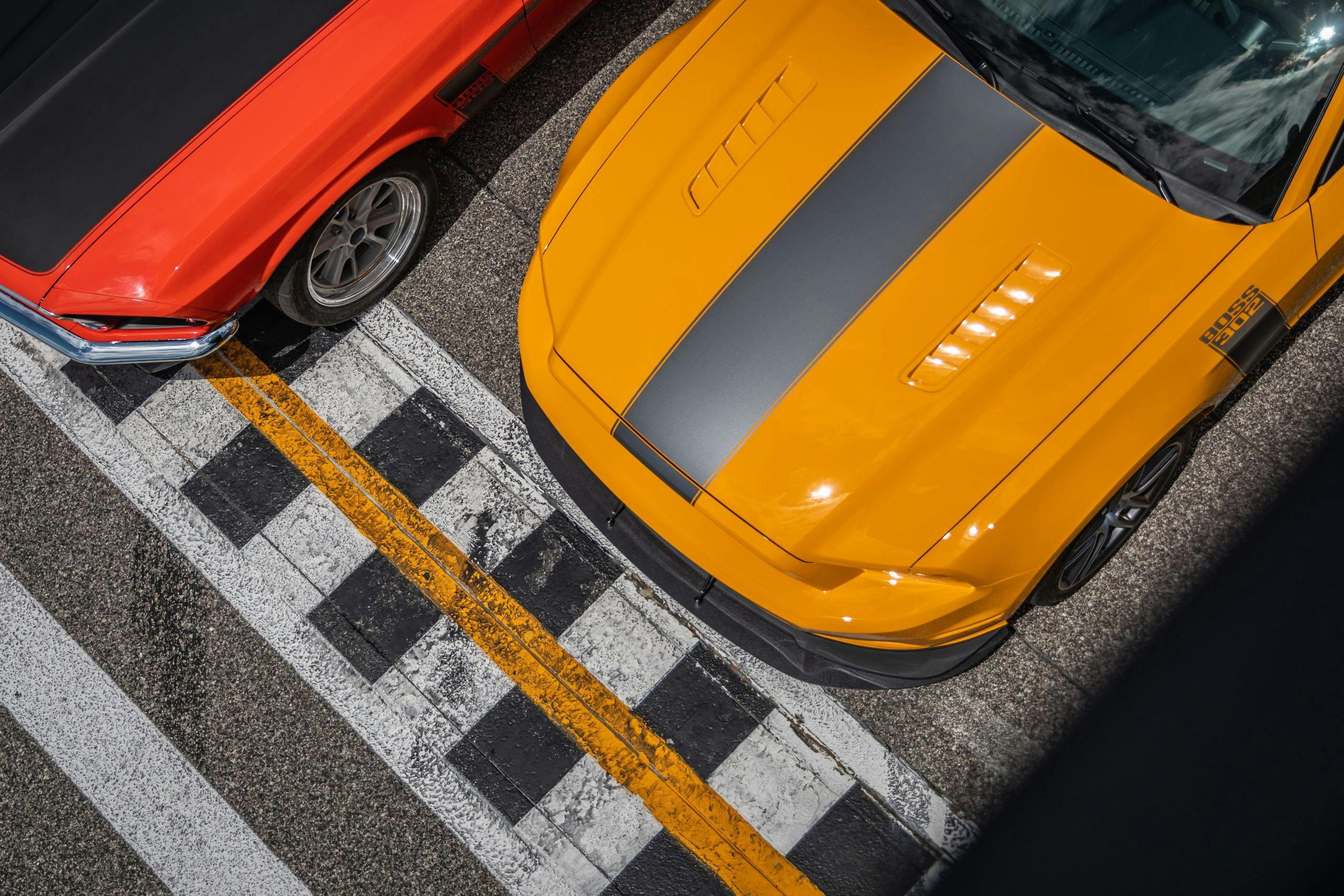


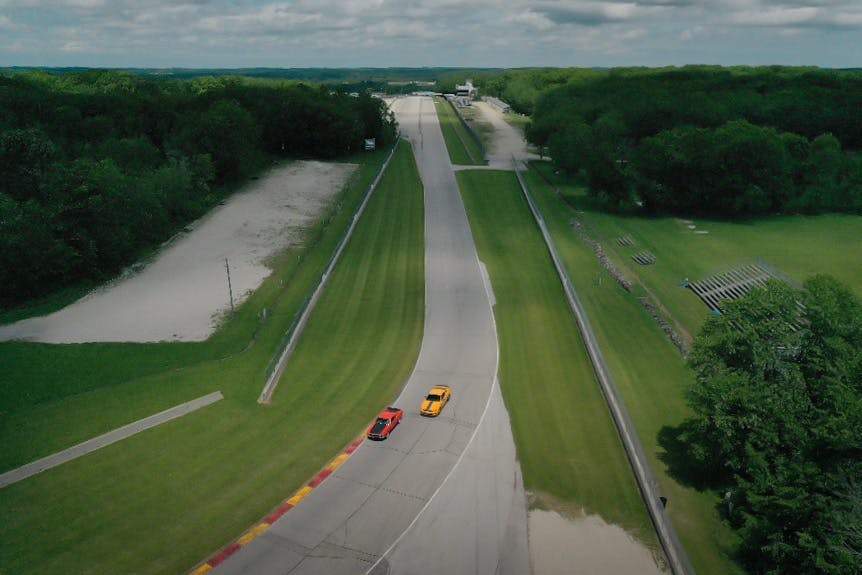
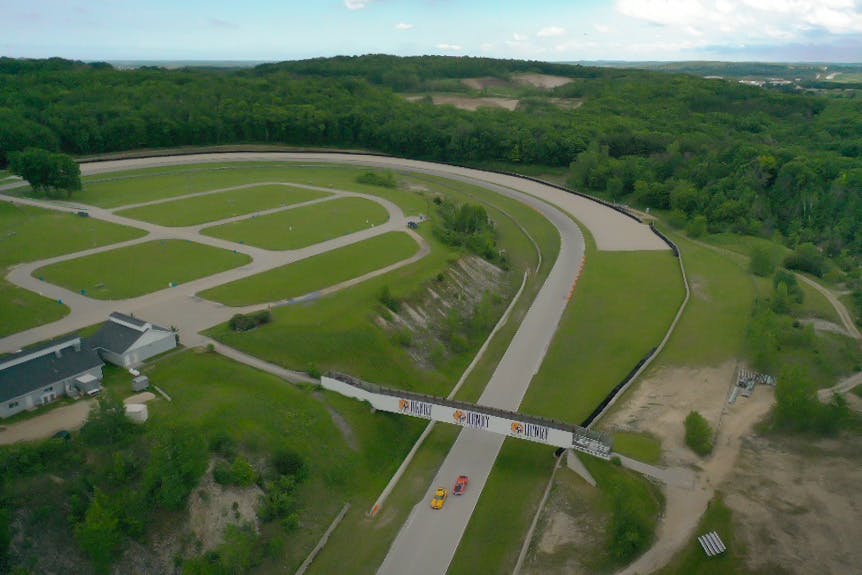
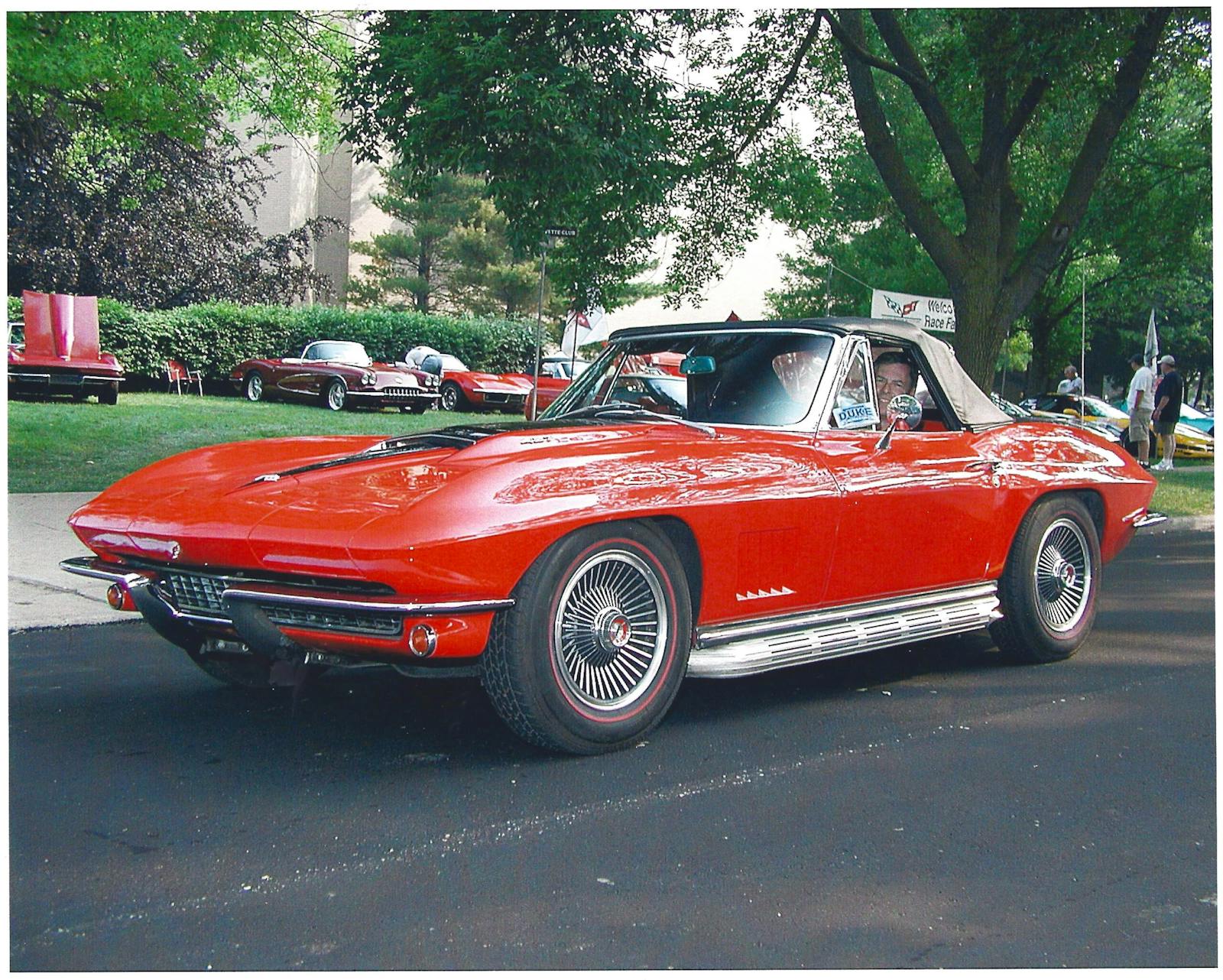

Excellent article. Being lucky enough to have a ‘13 Boss 302 Laguna Seca, I can speak to the addictive nature of the Roadrunner engine. The high redline paired with open side exhausts creates an experience that is not easily matched